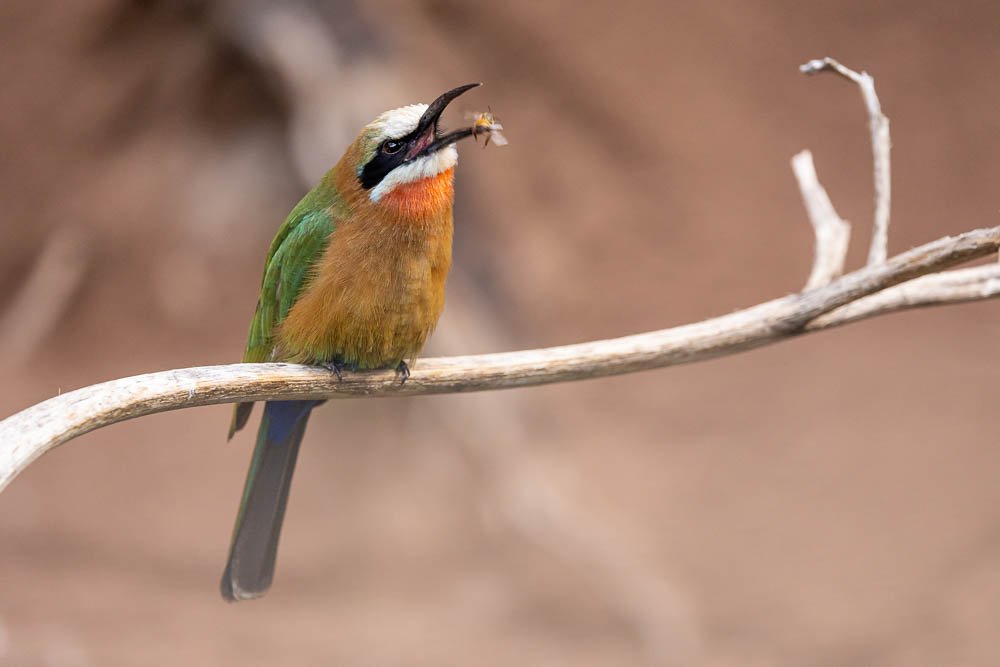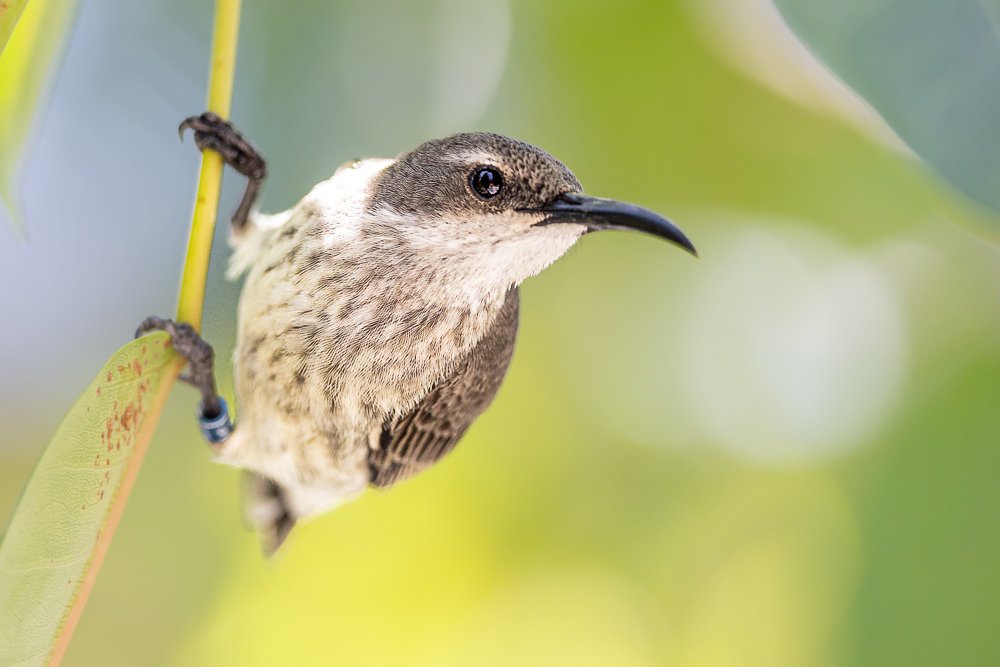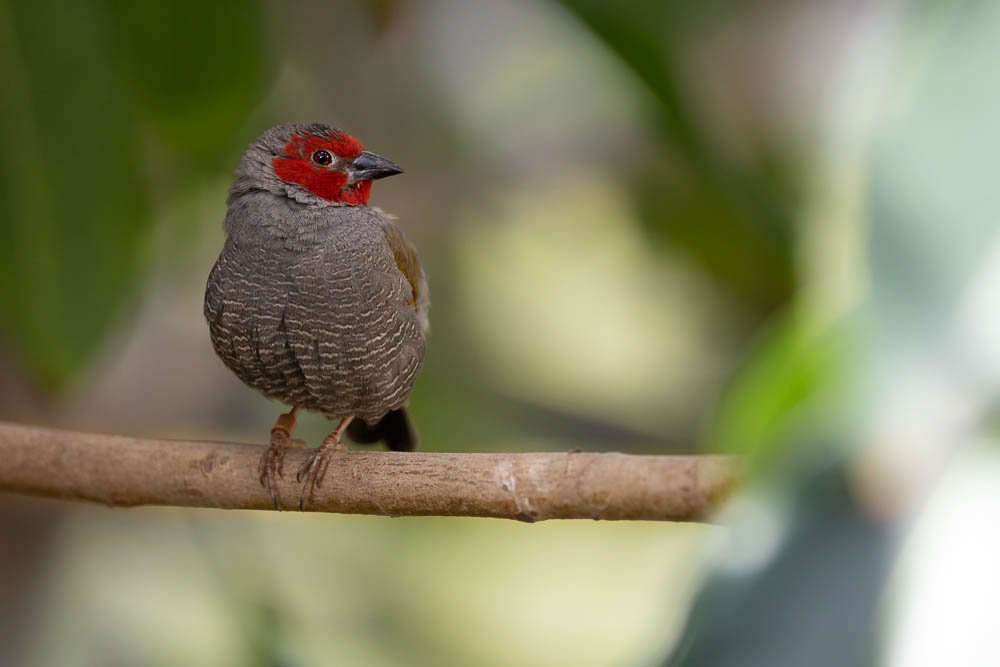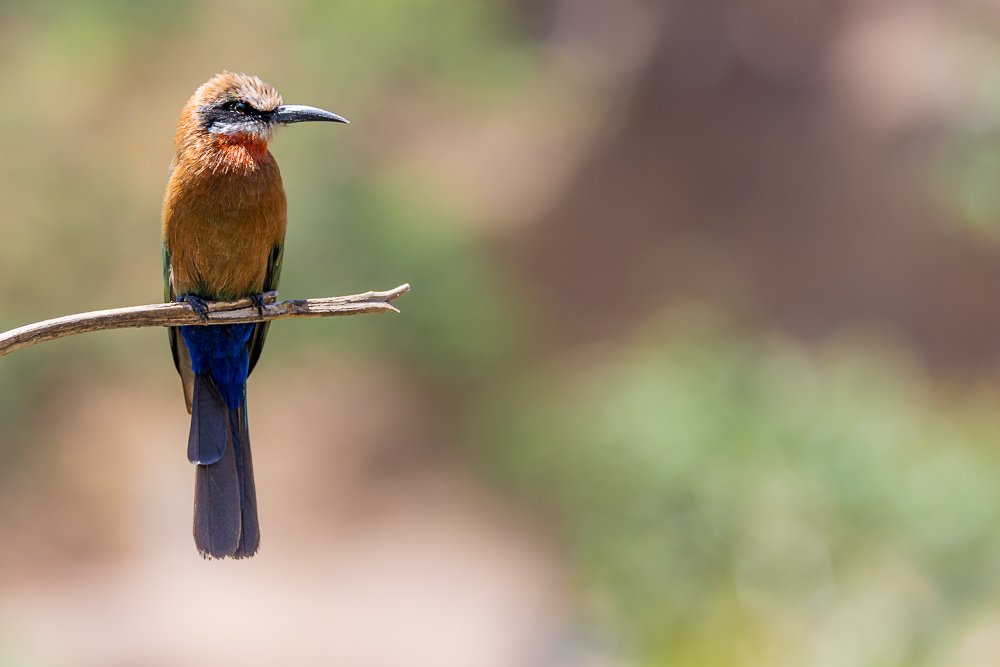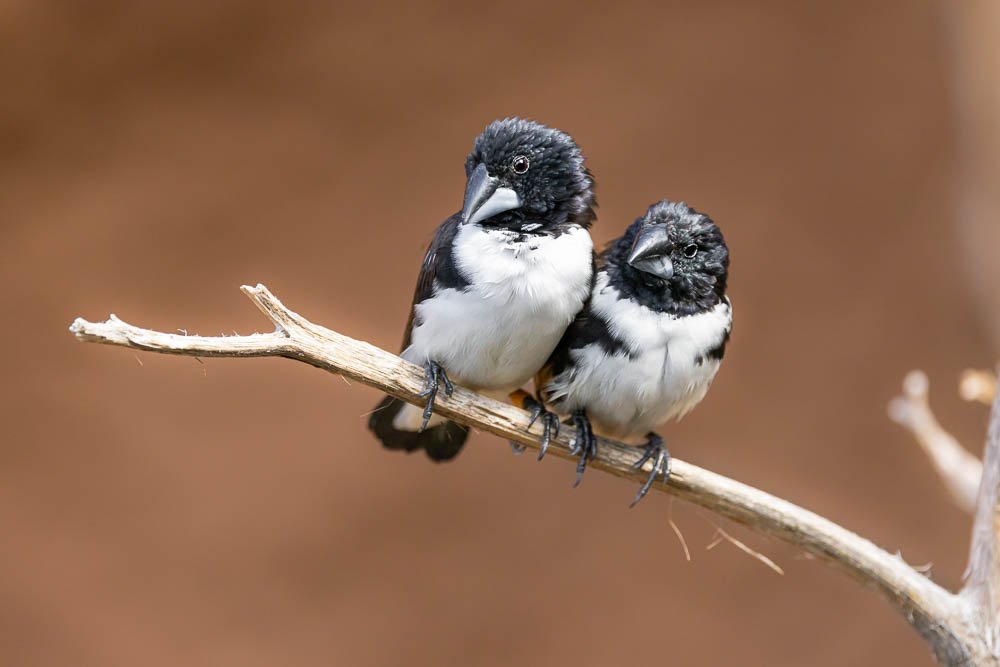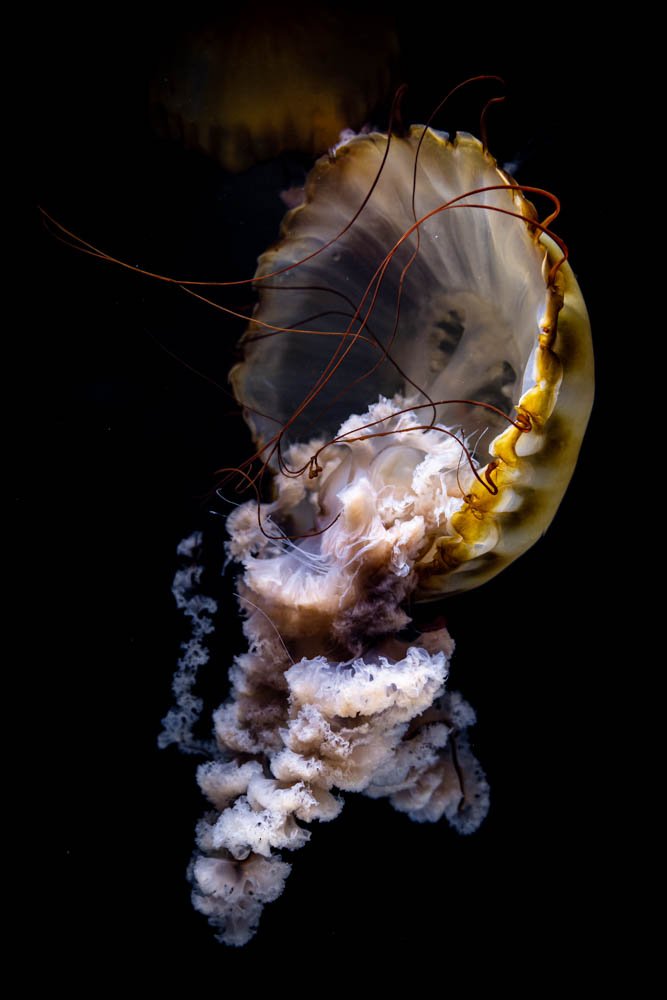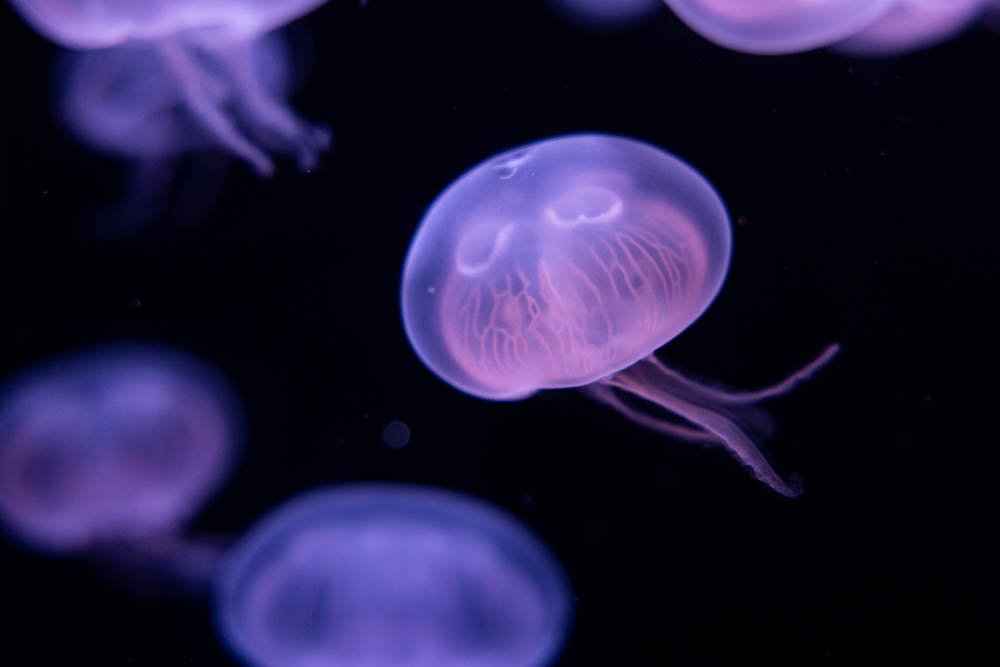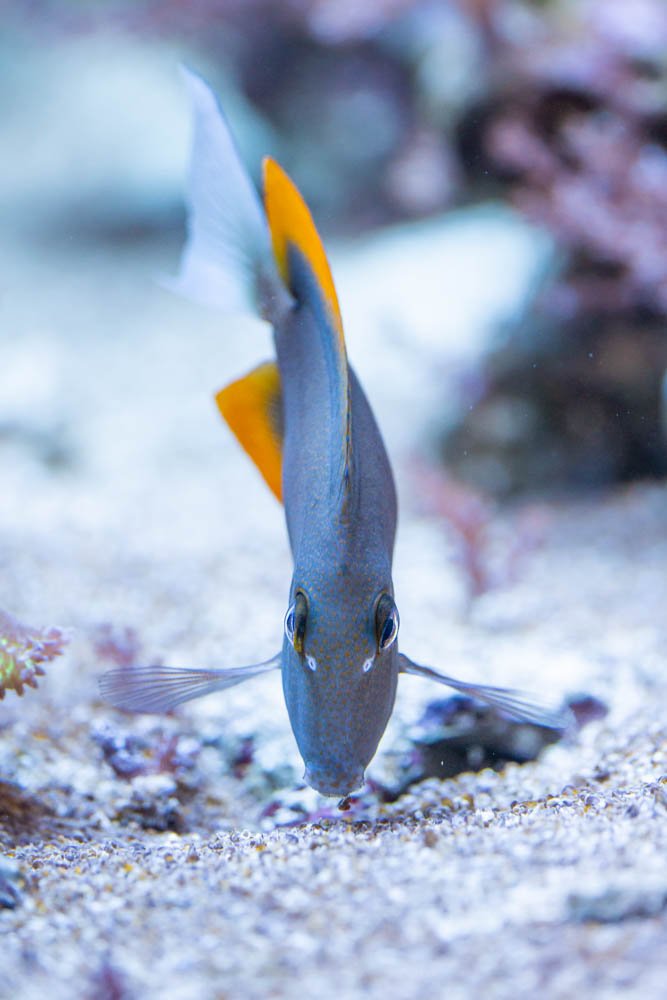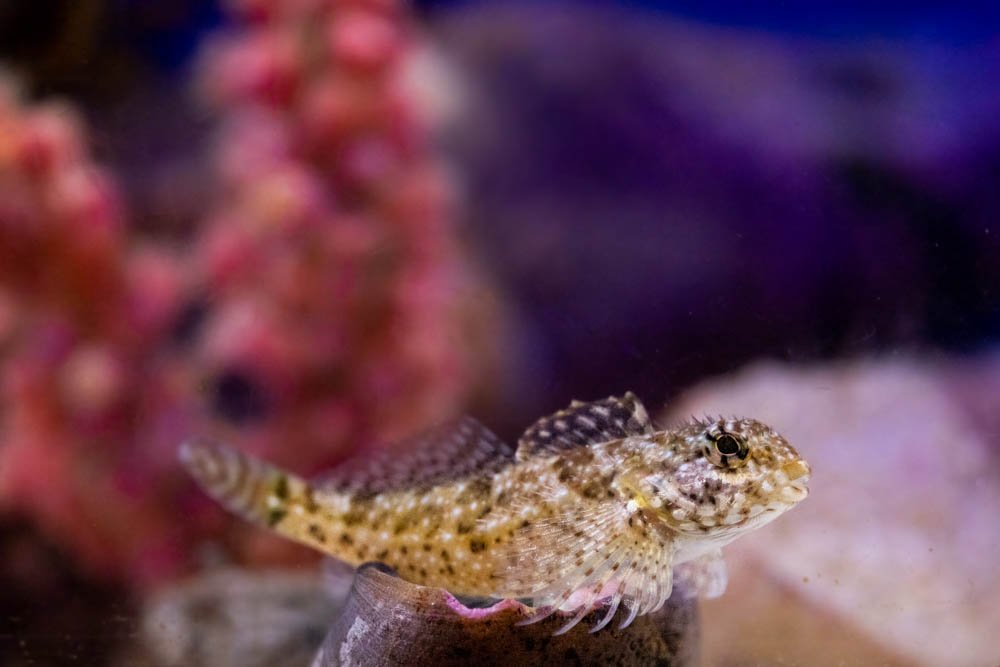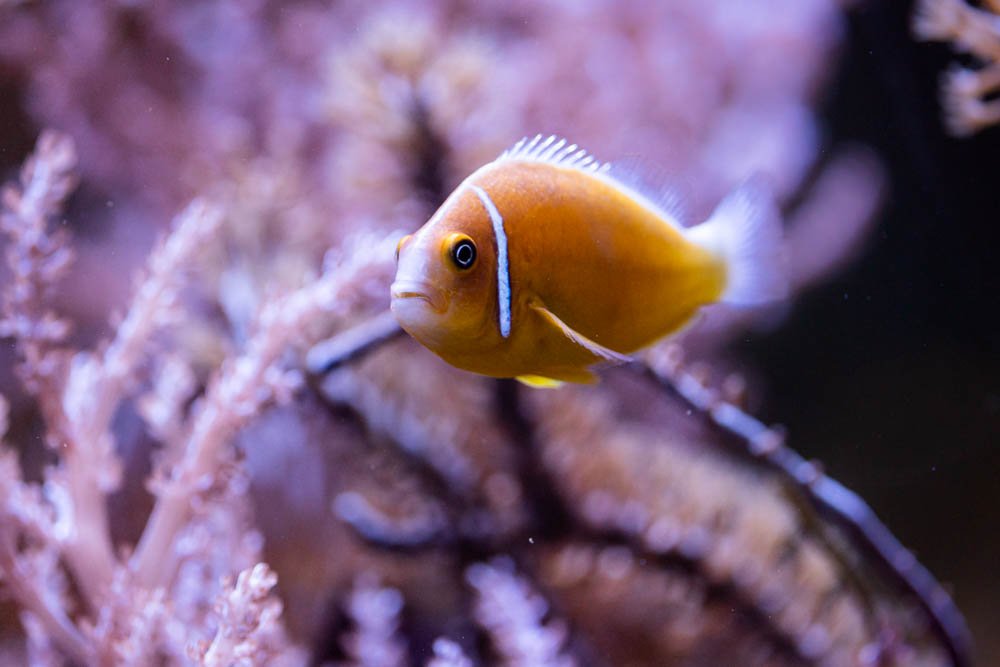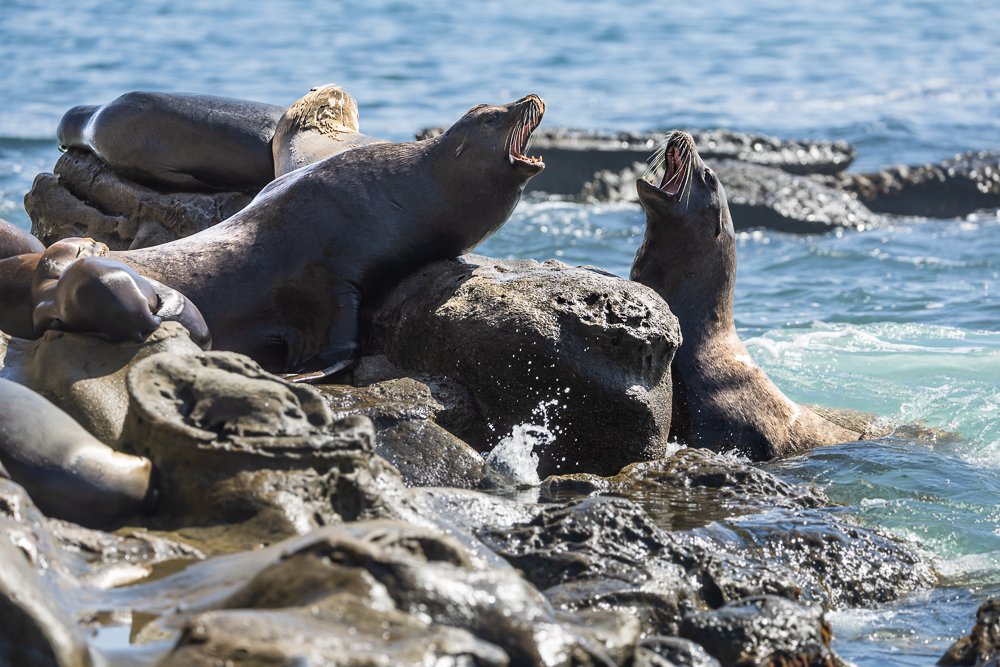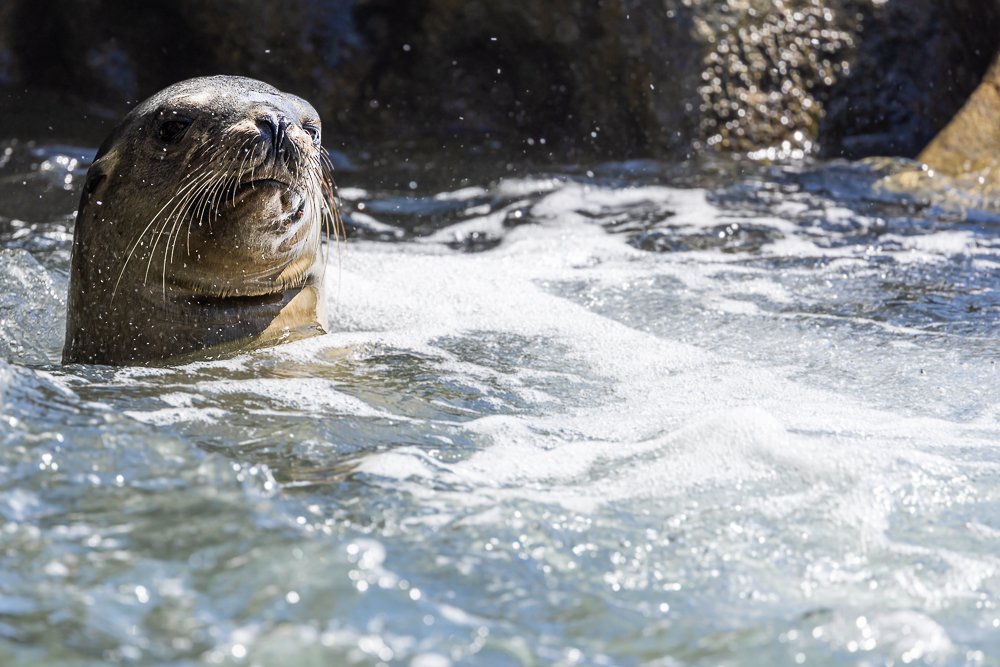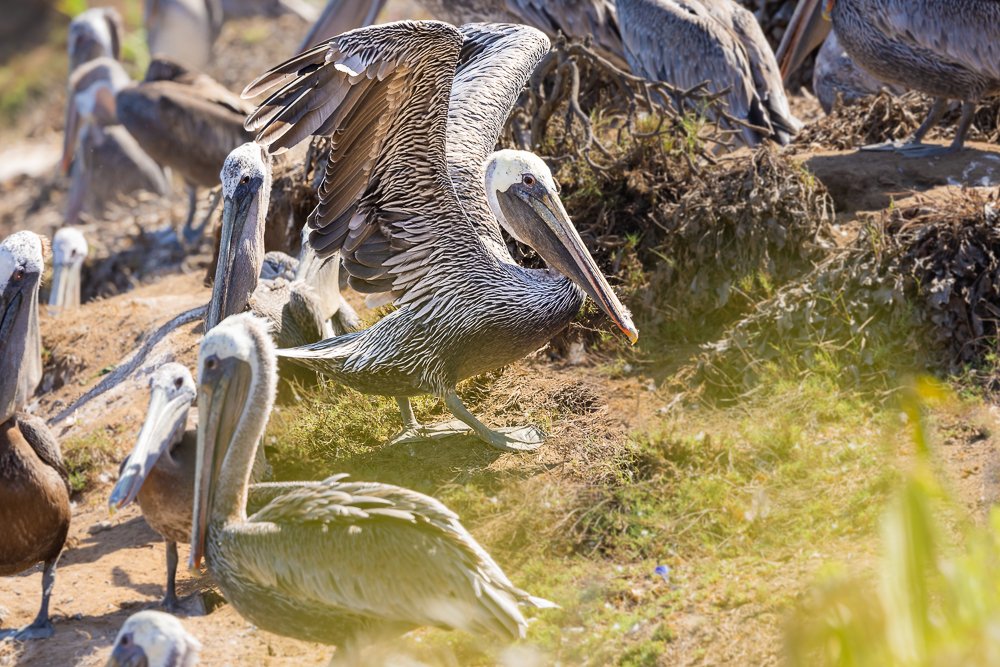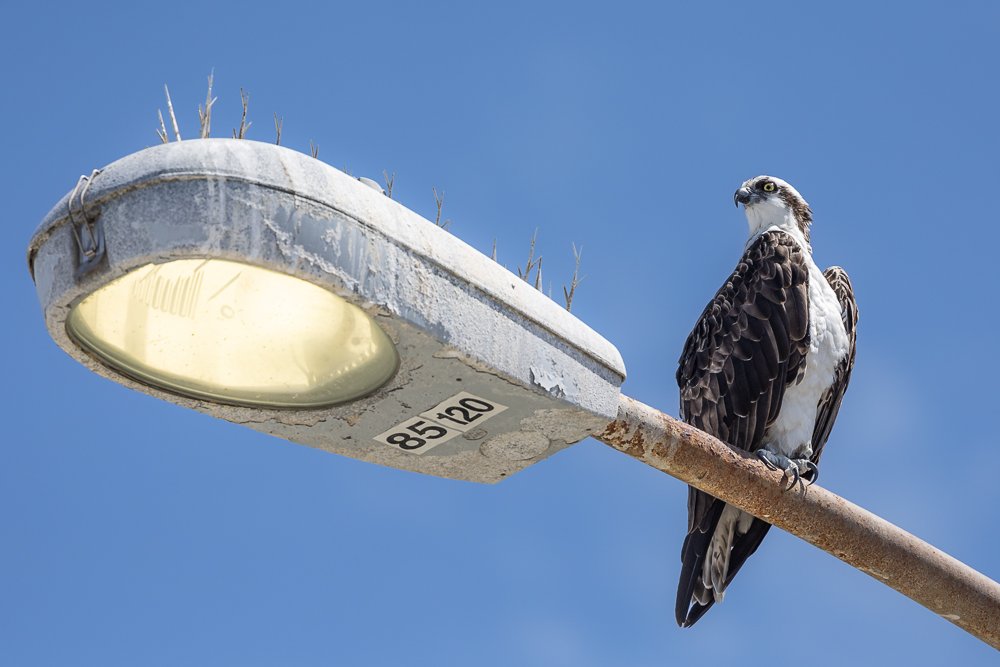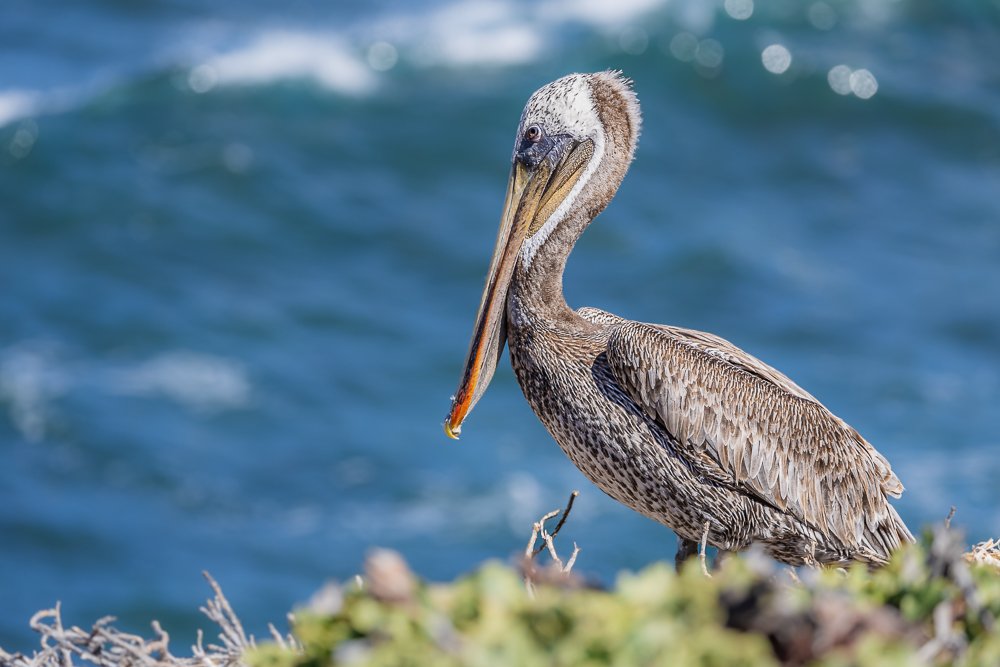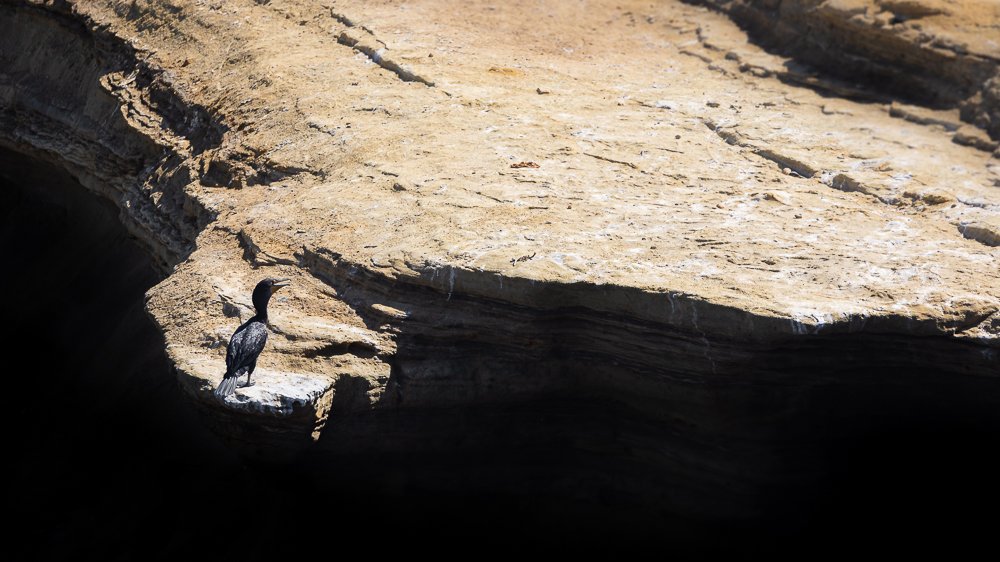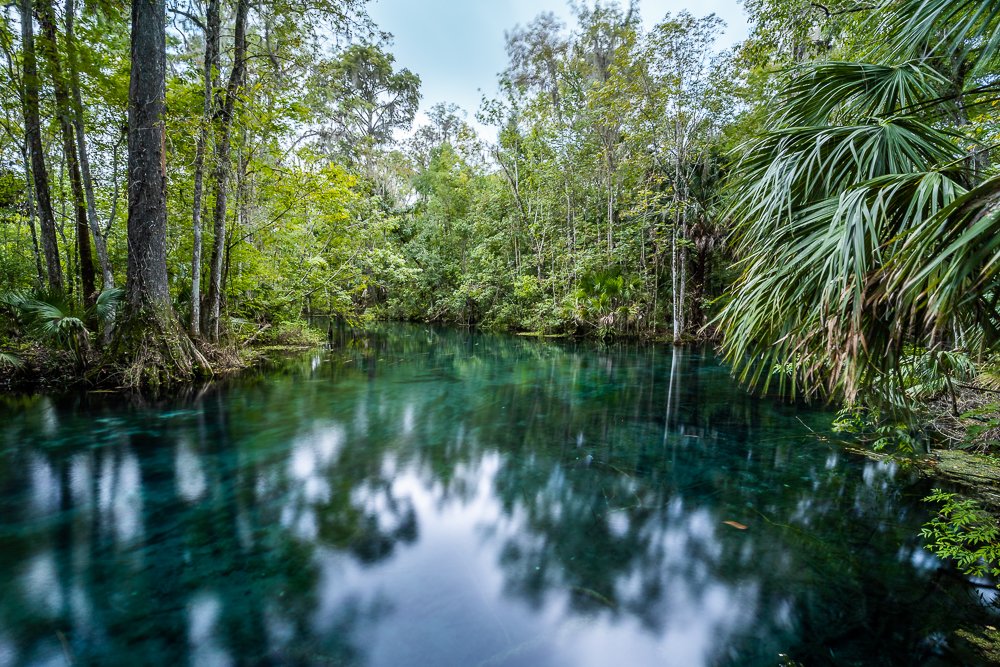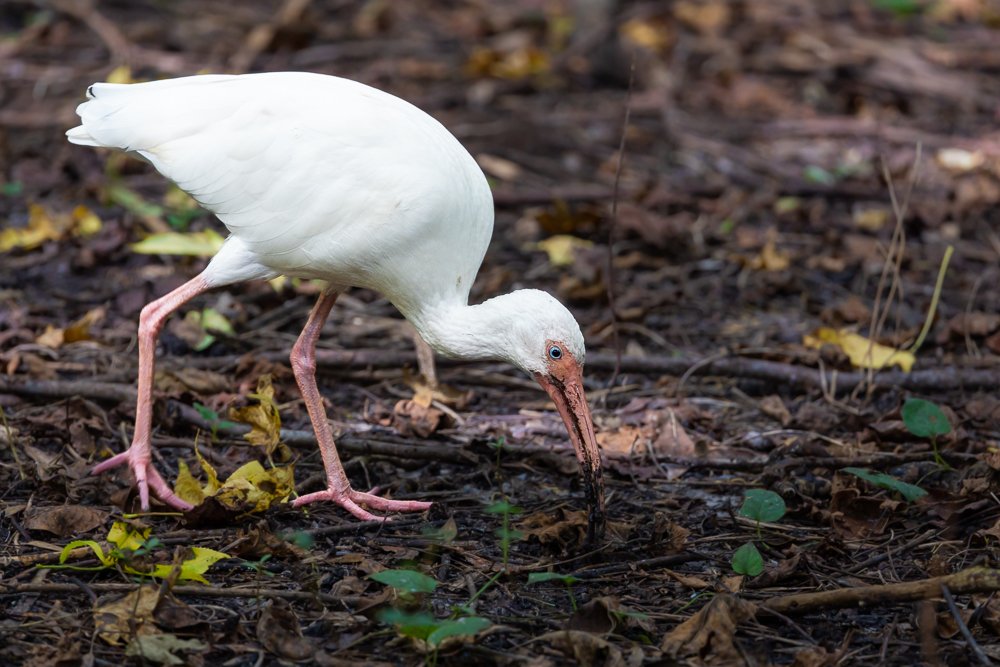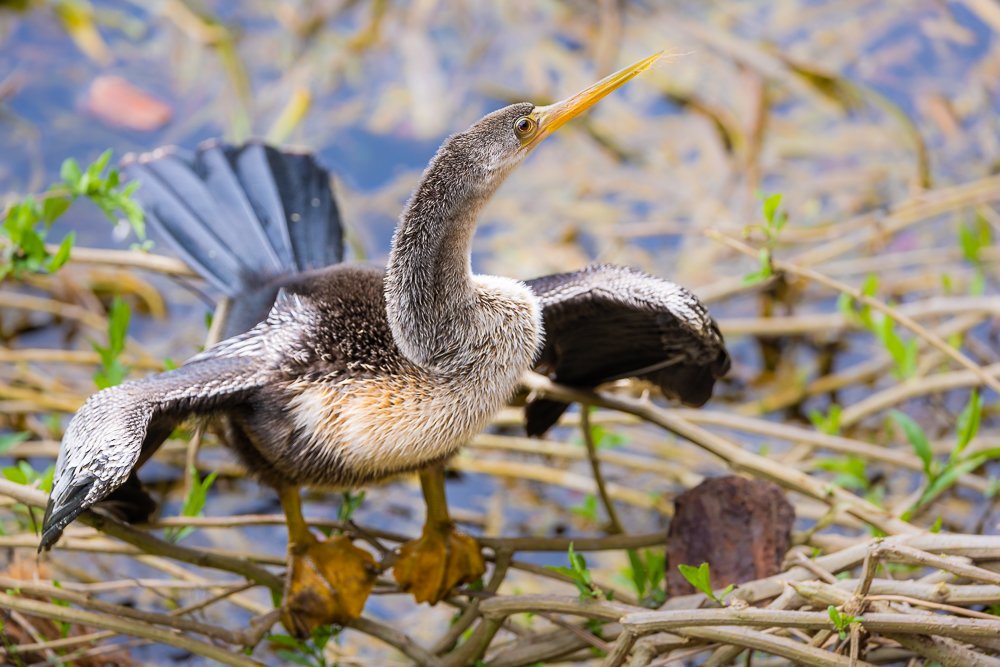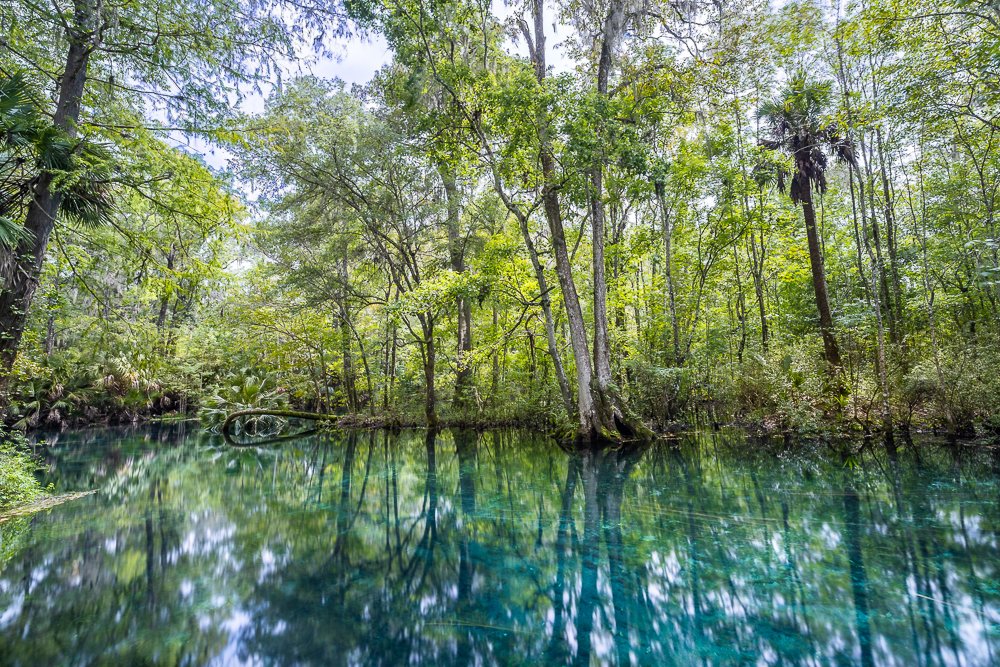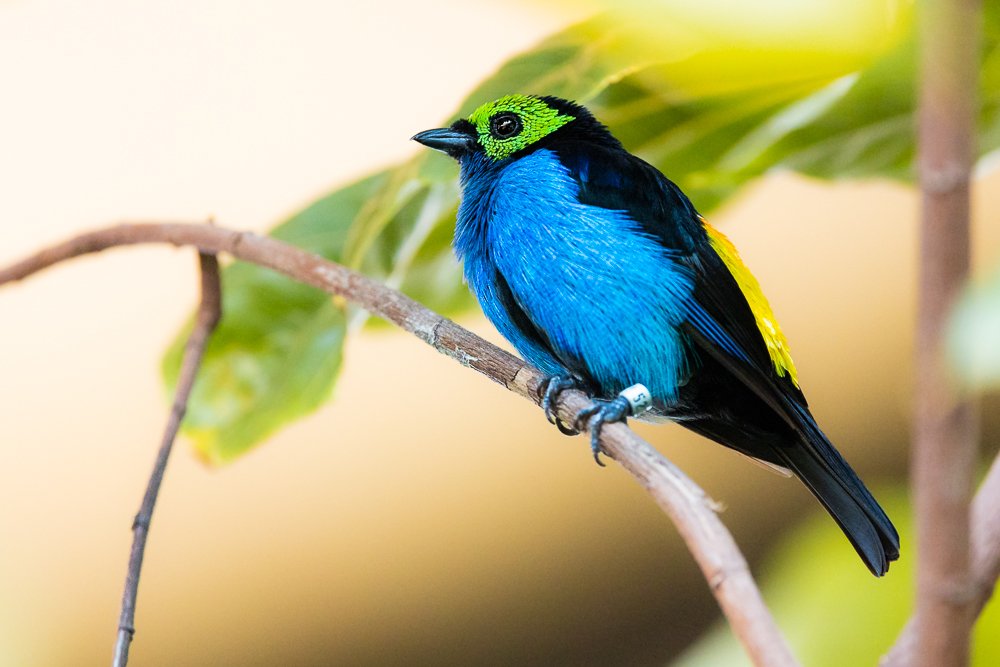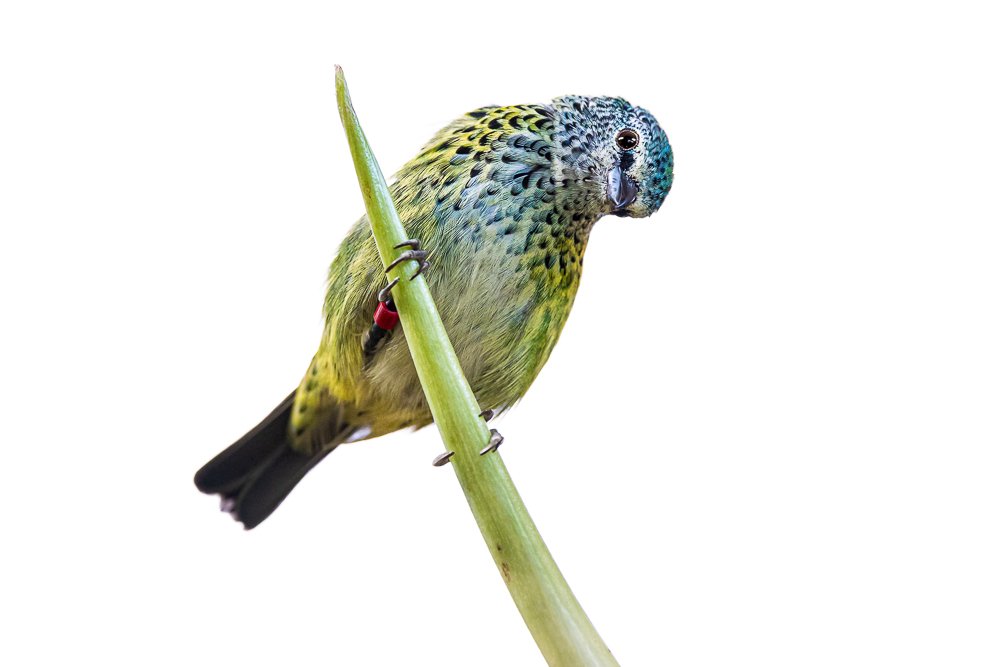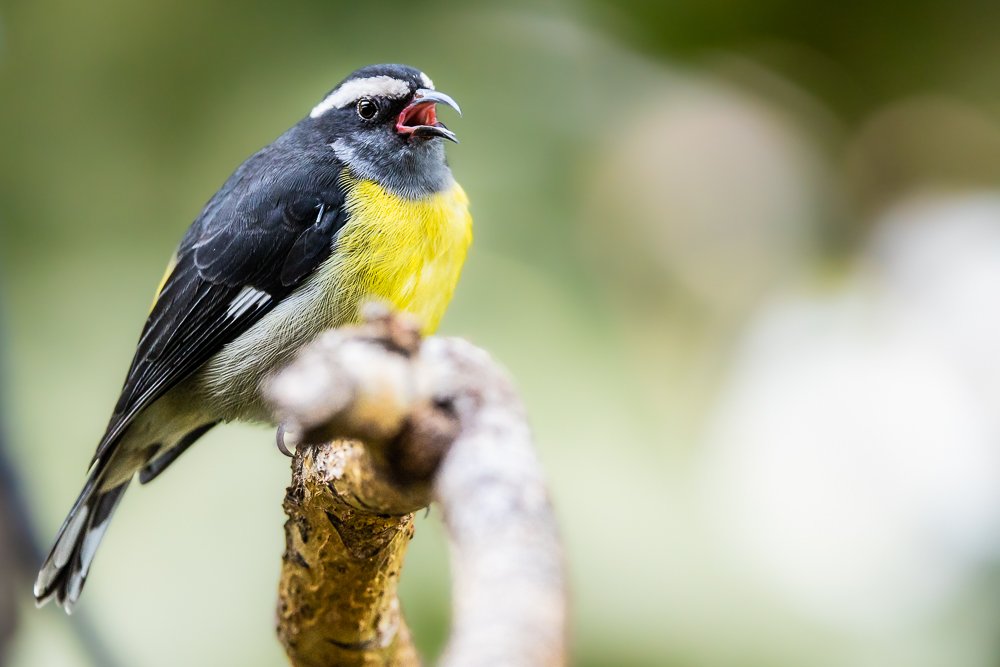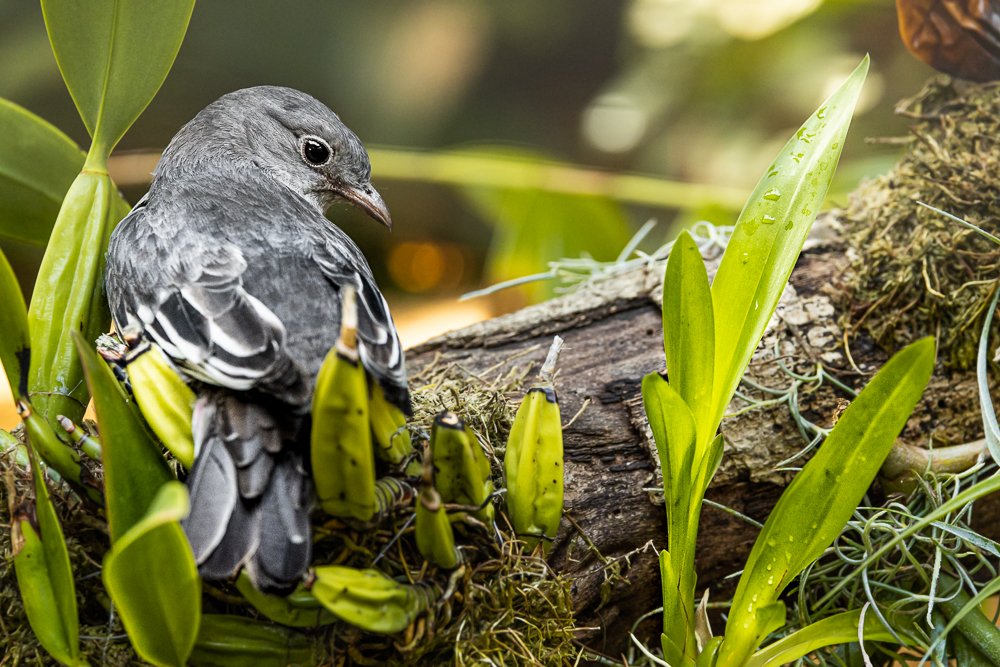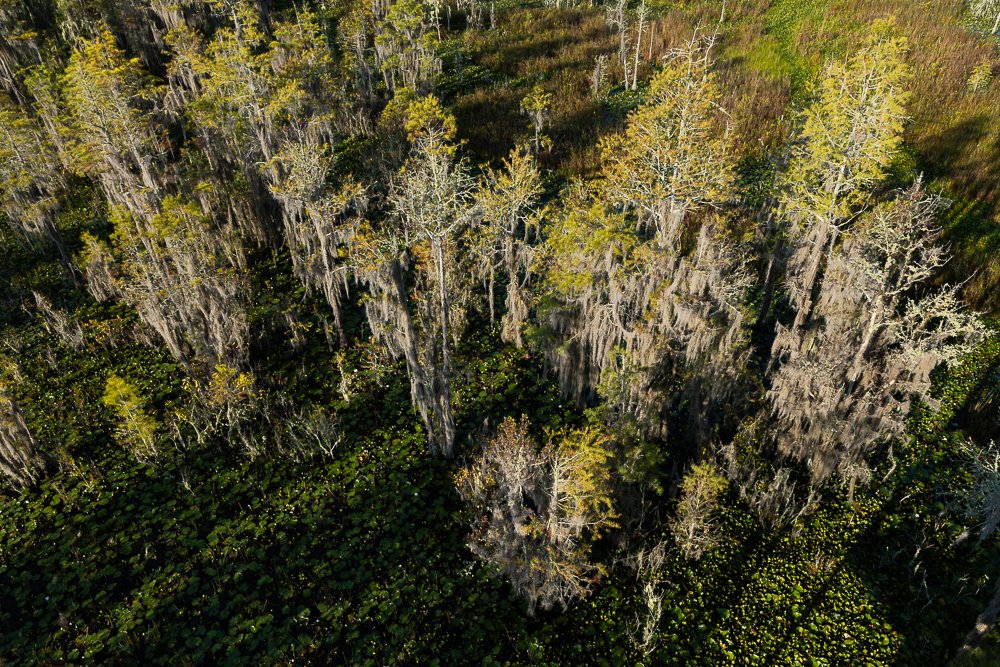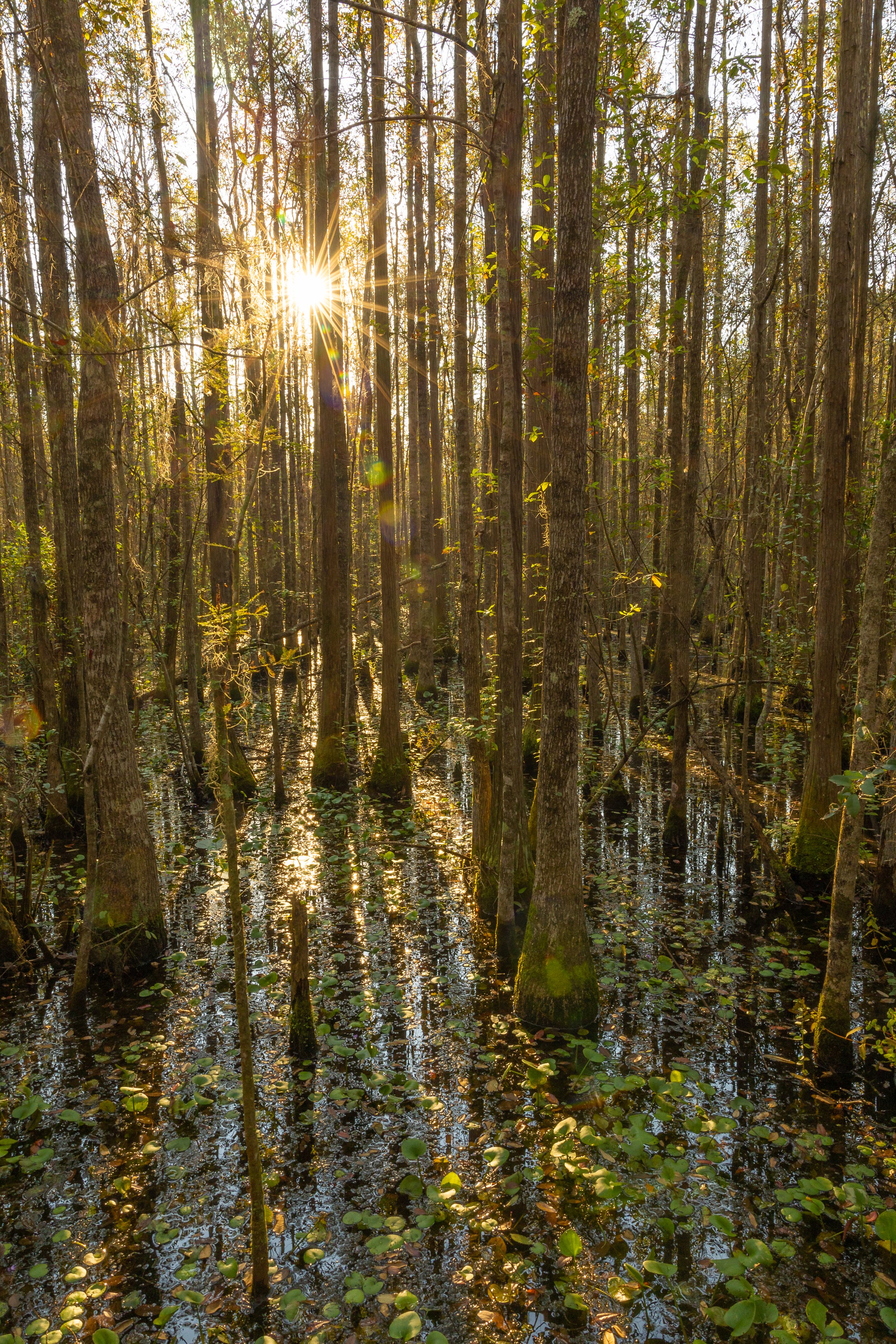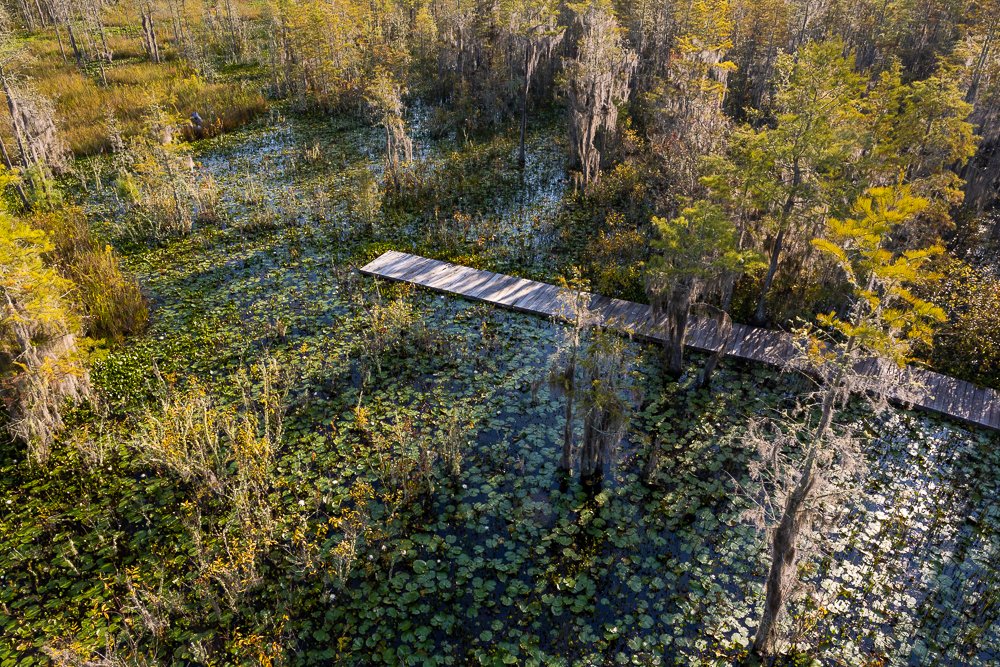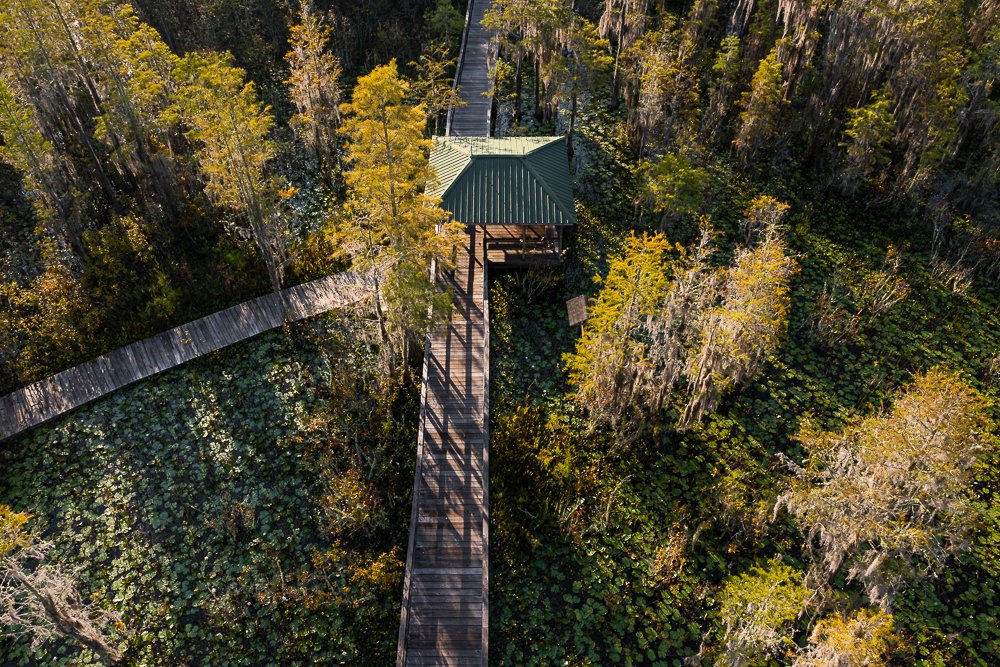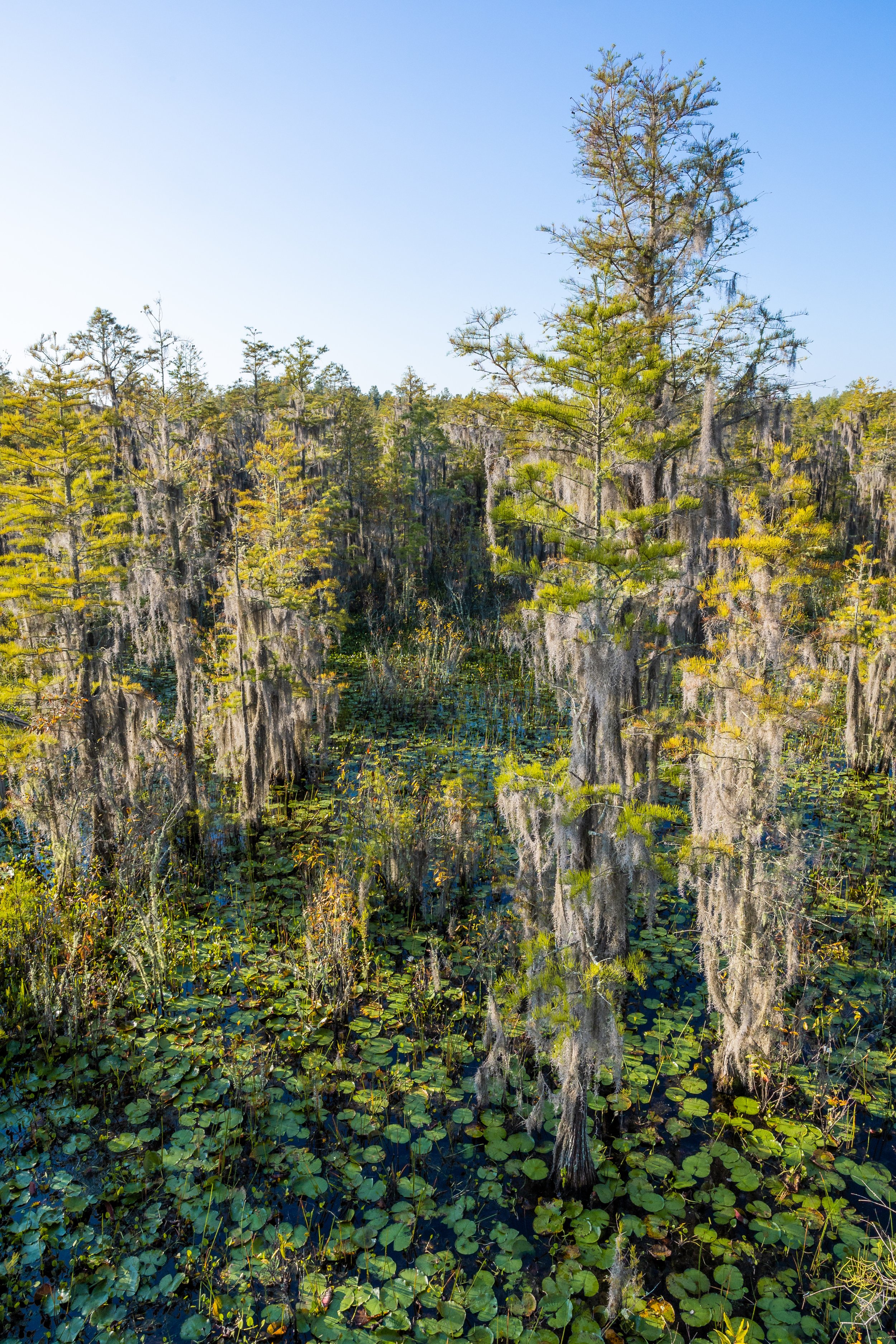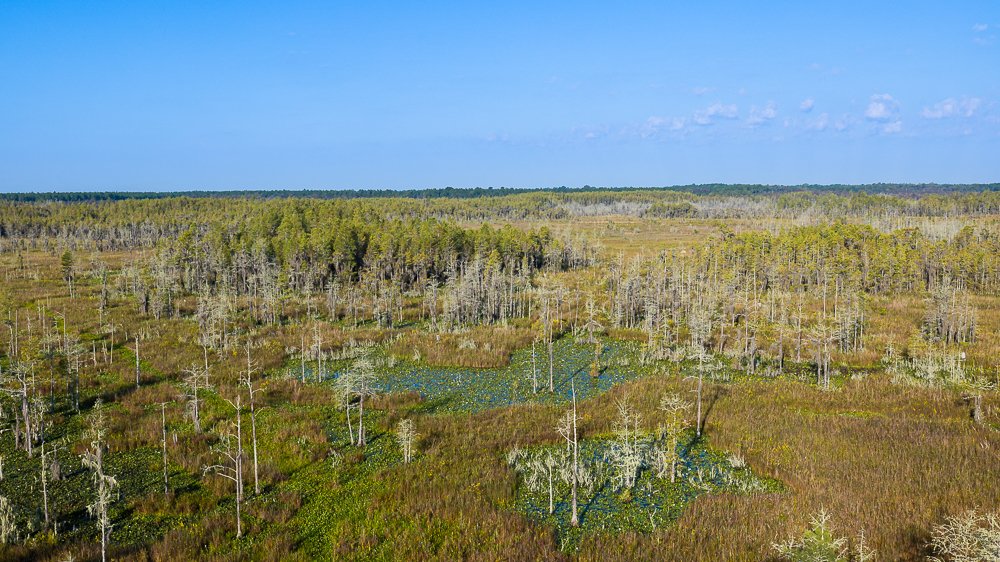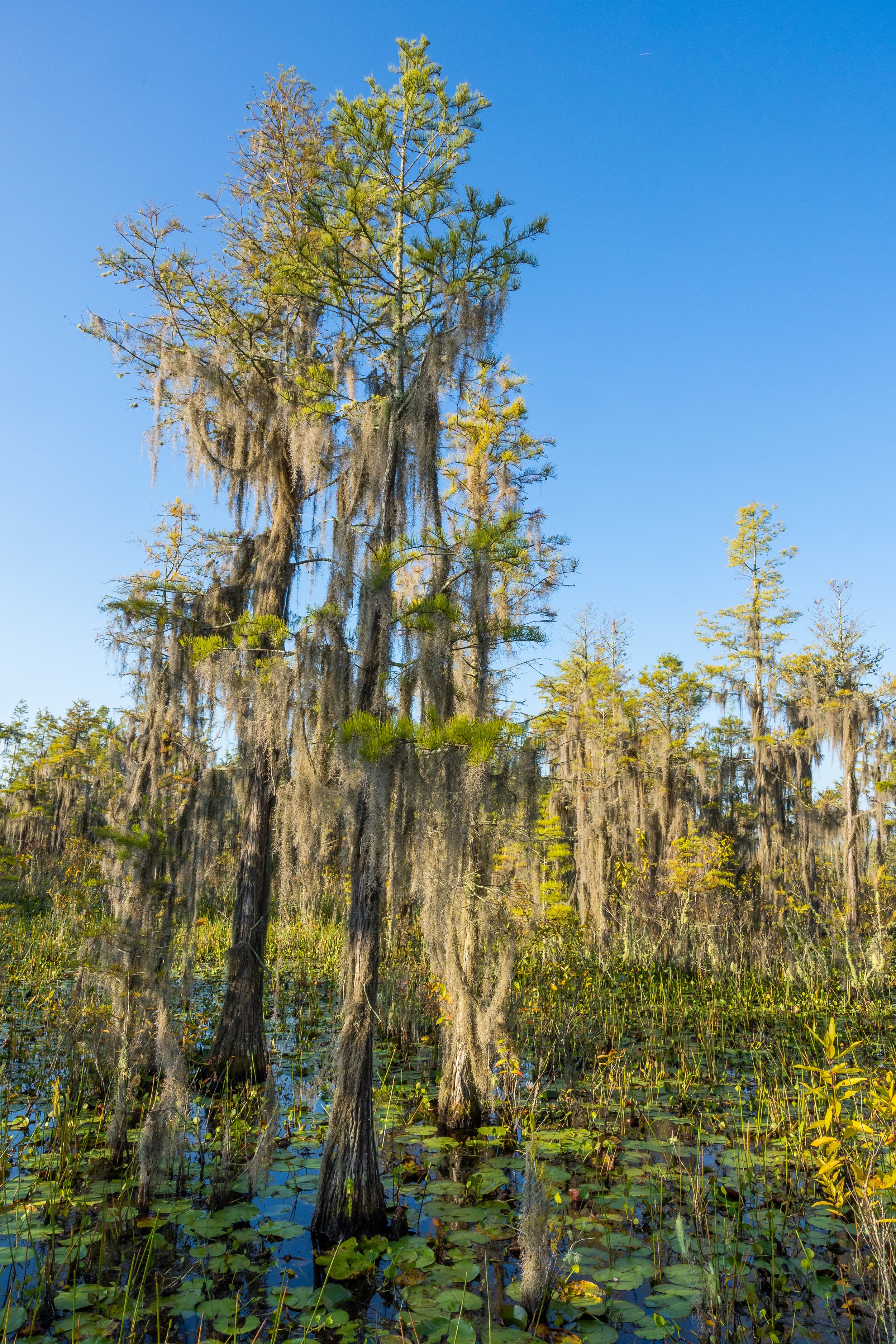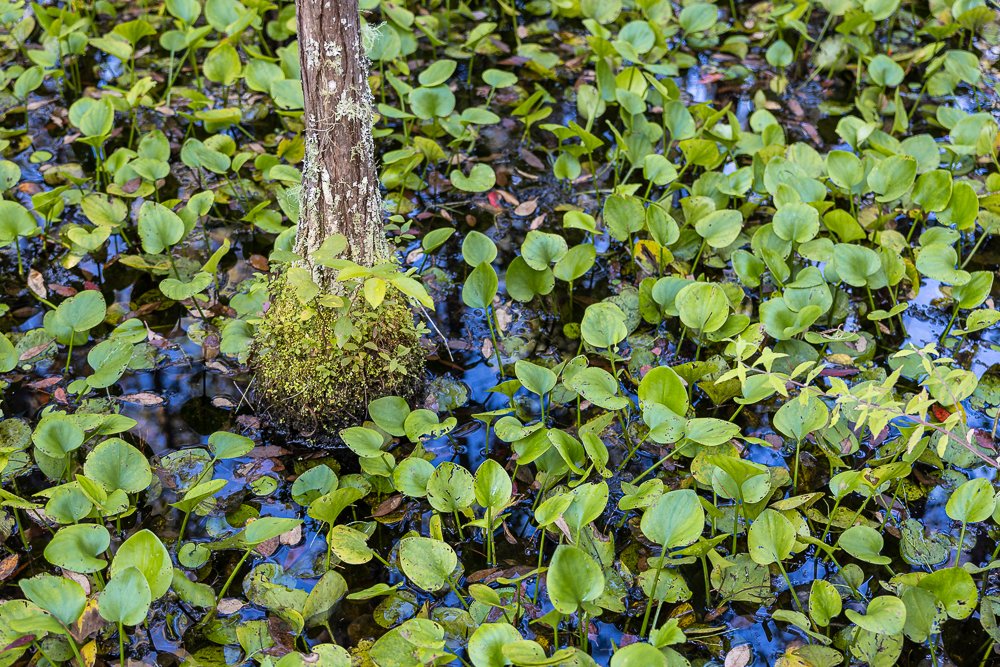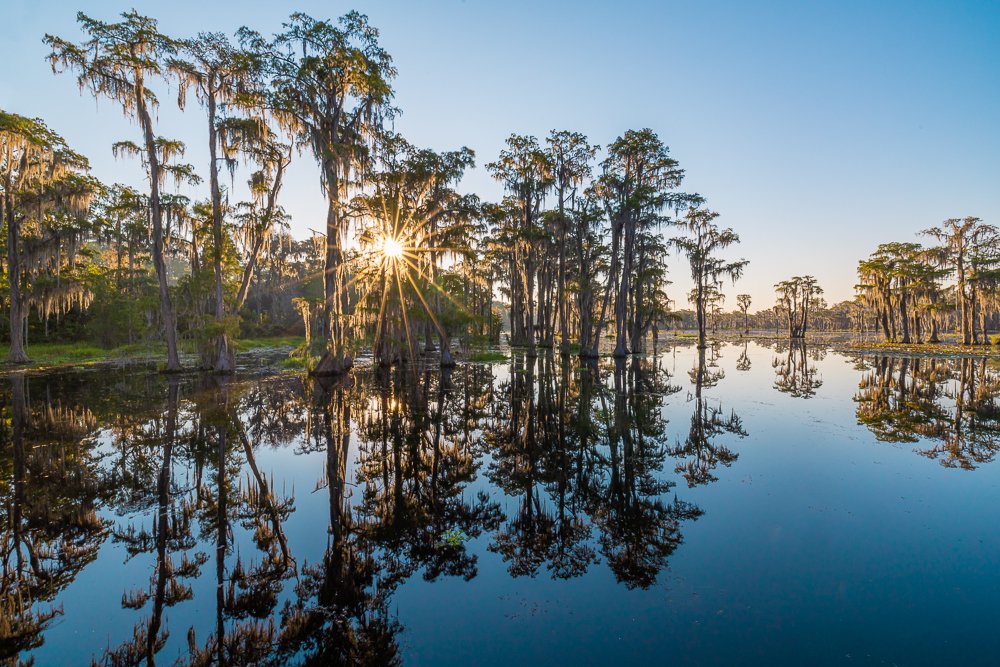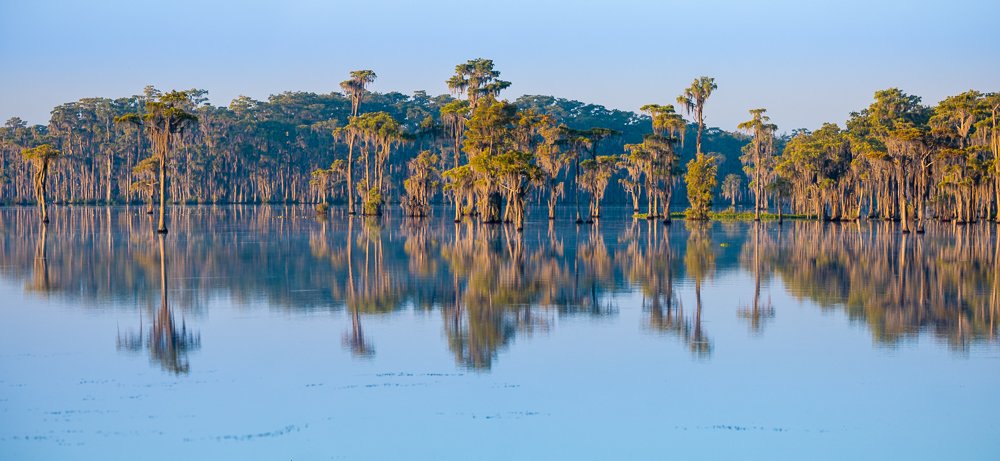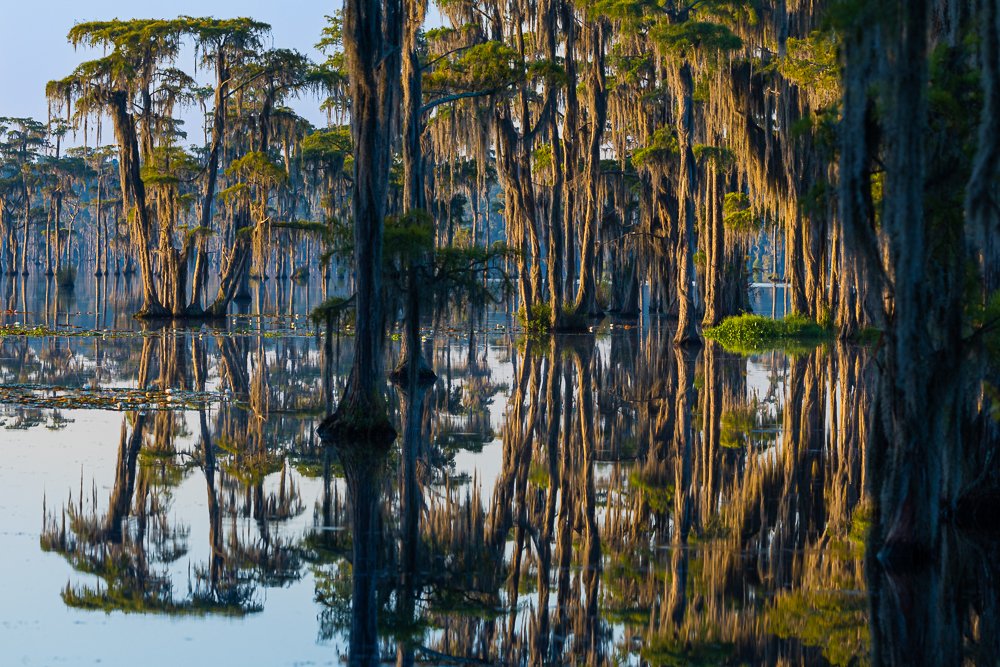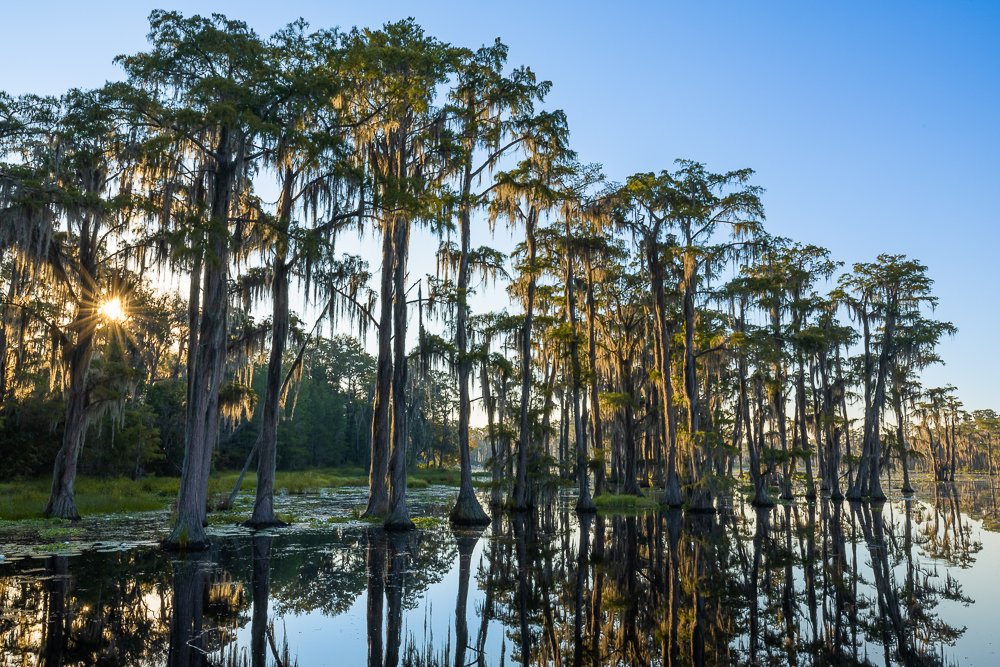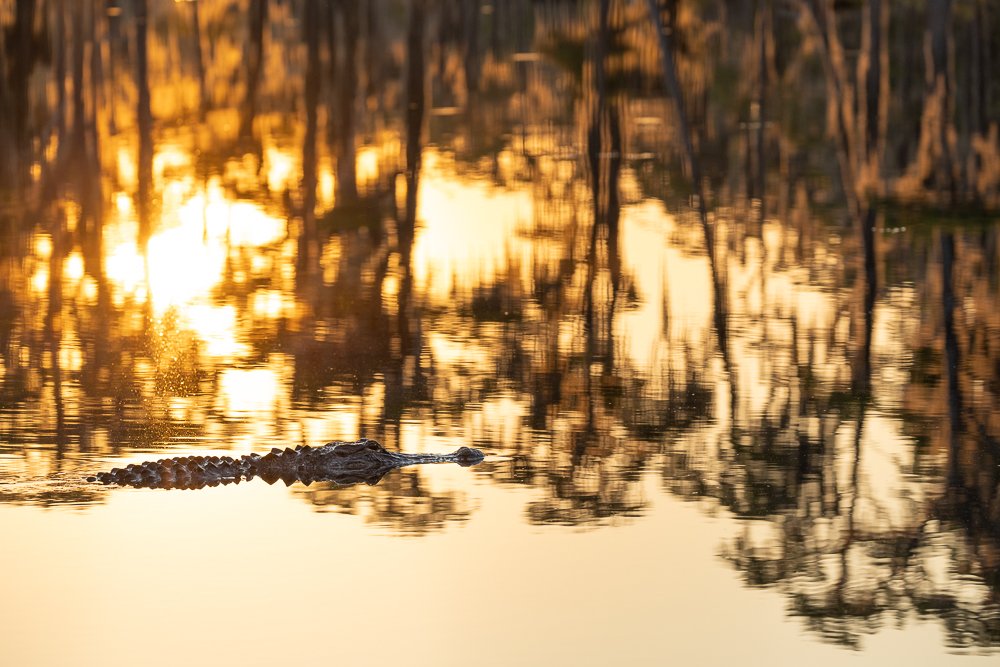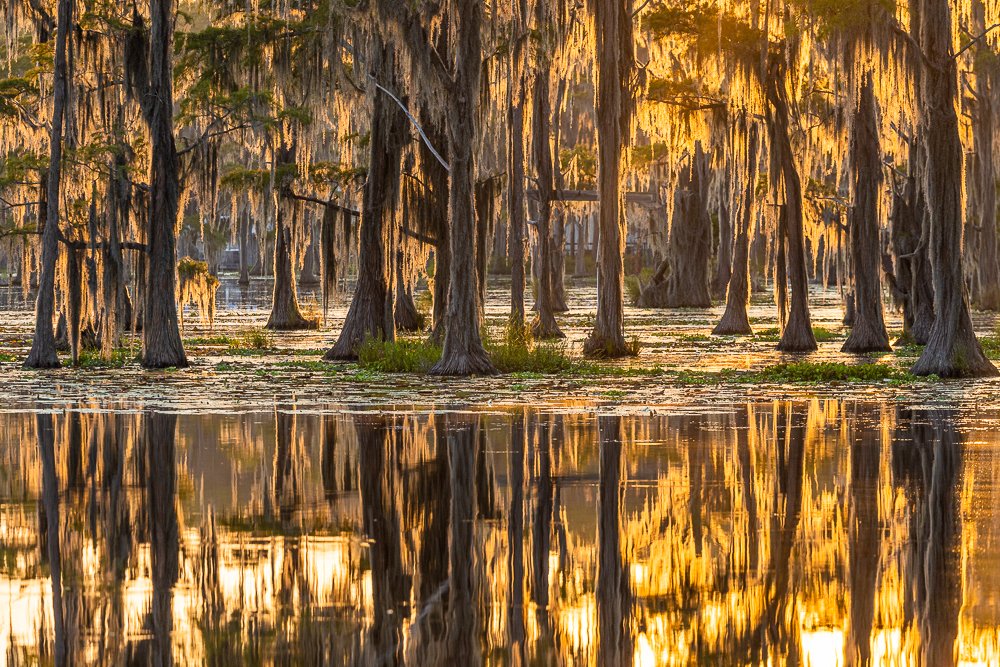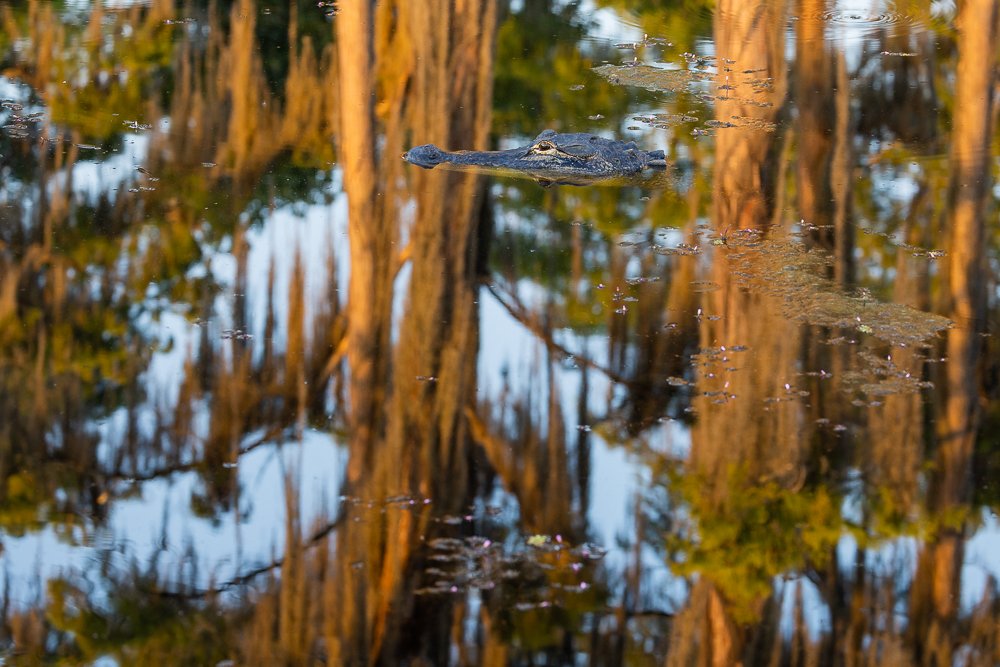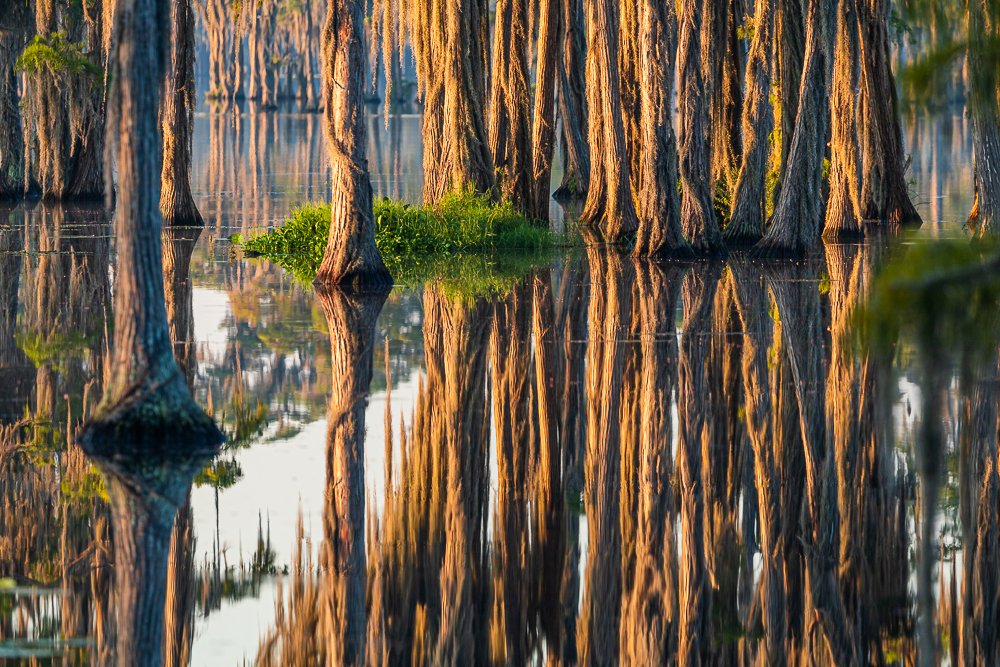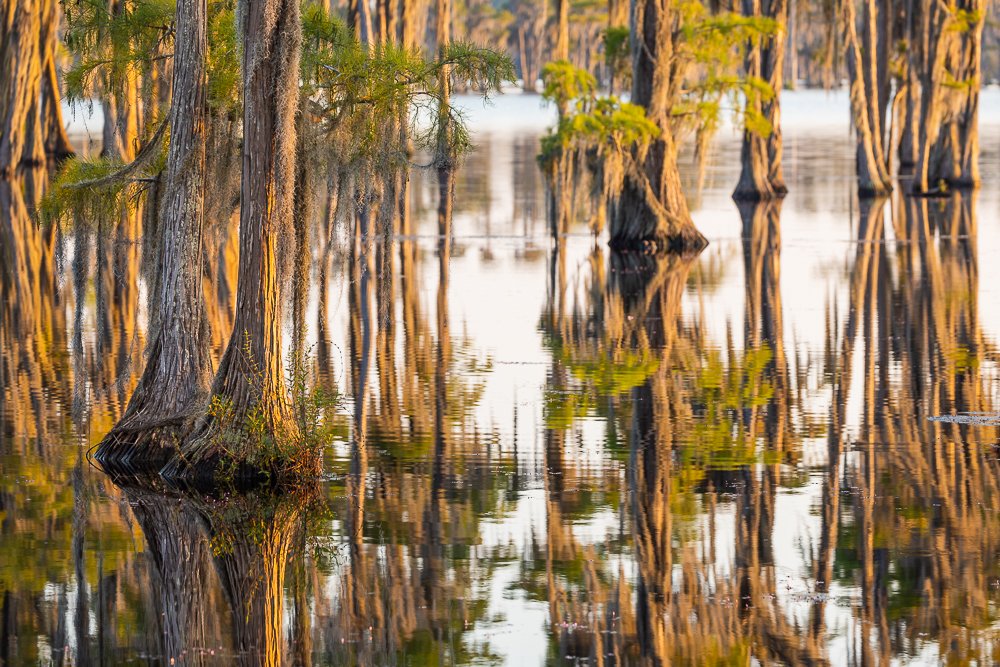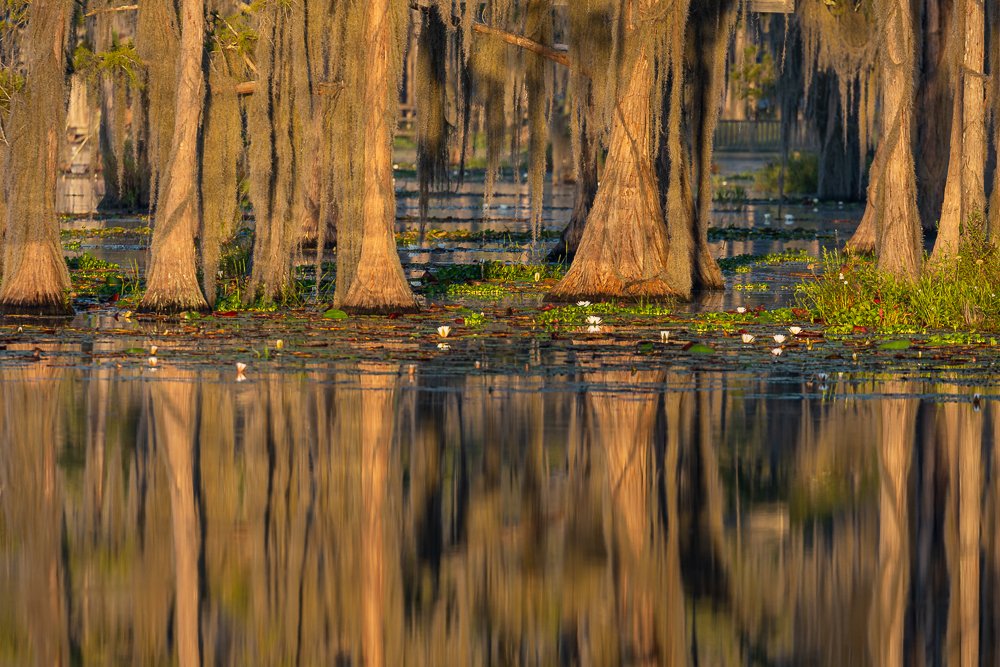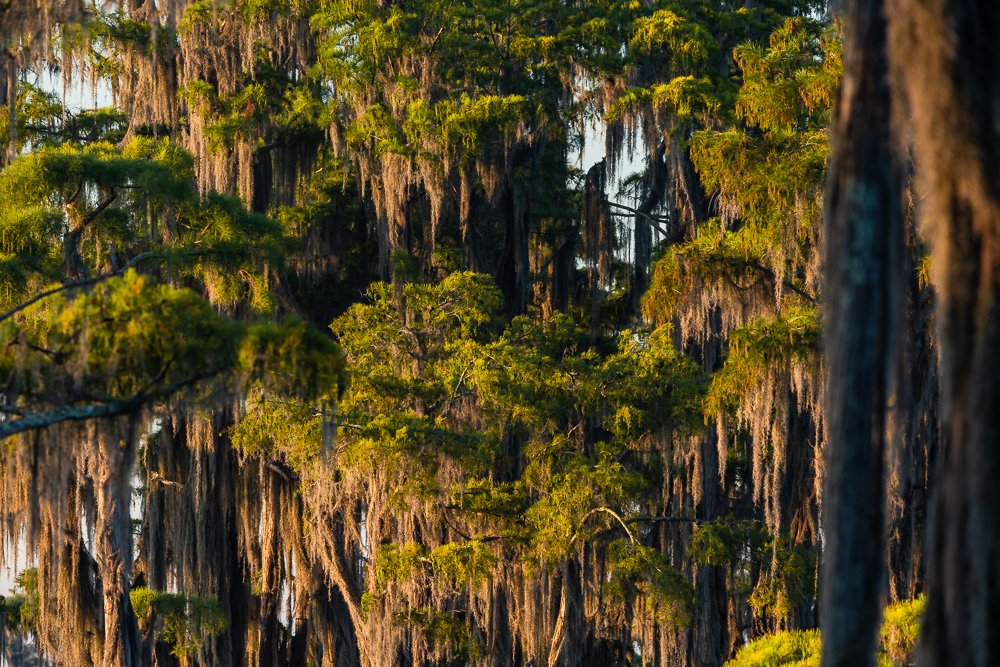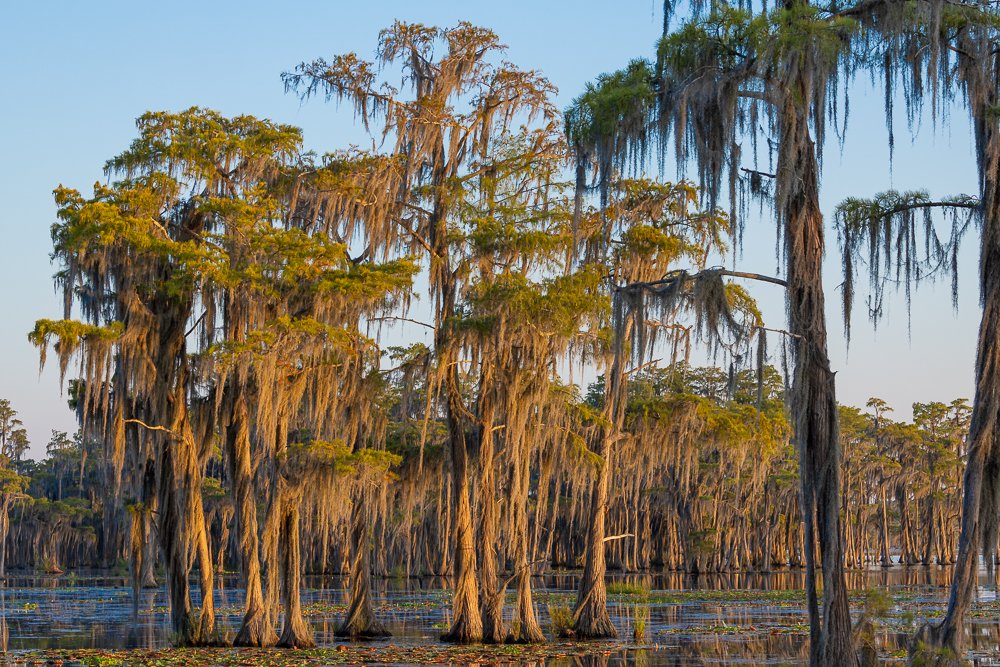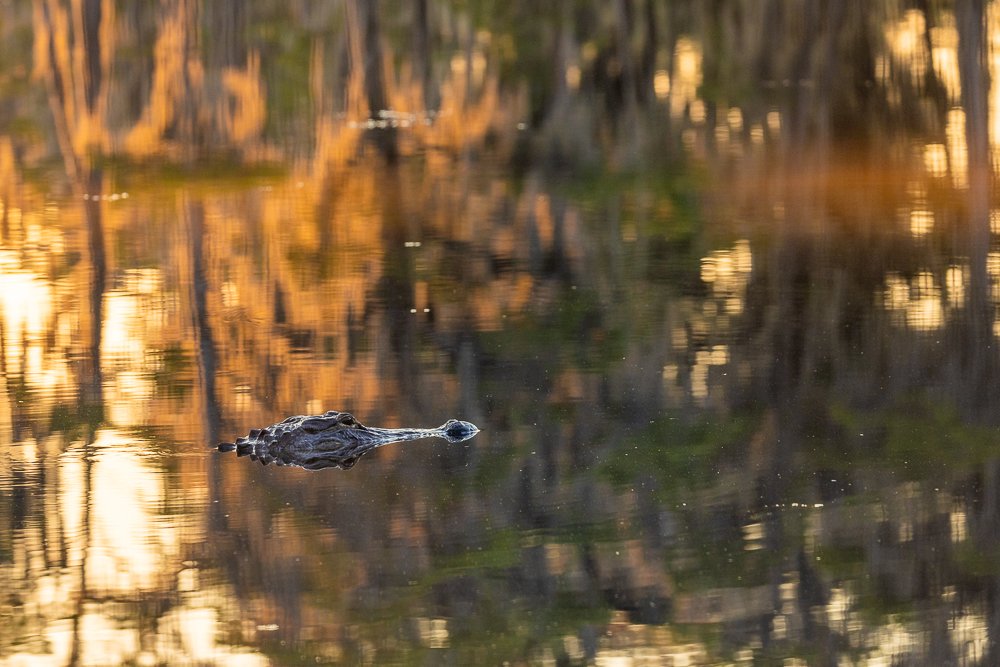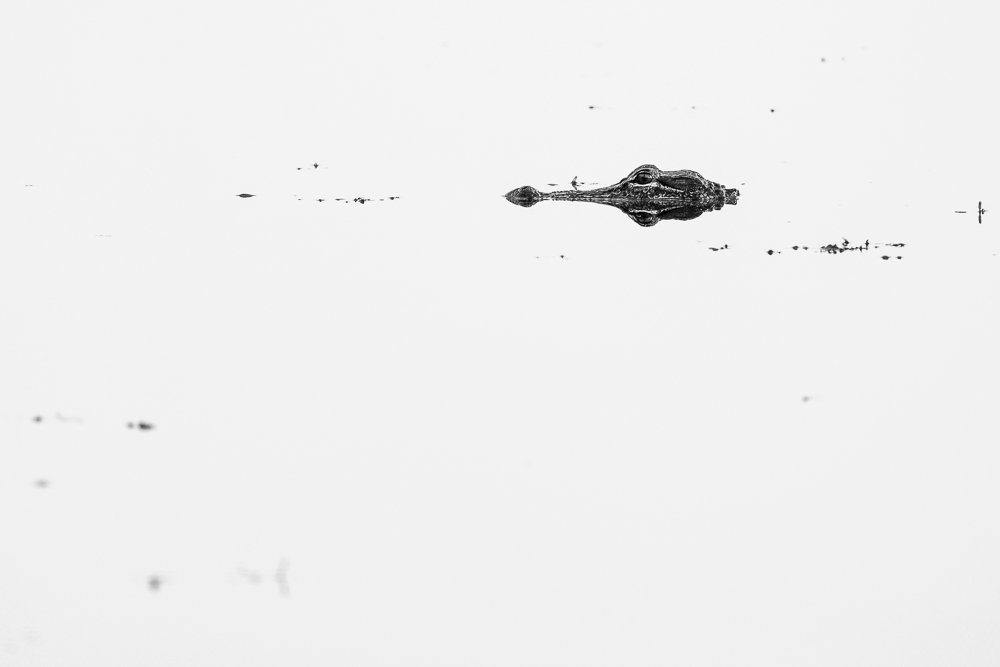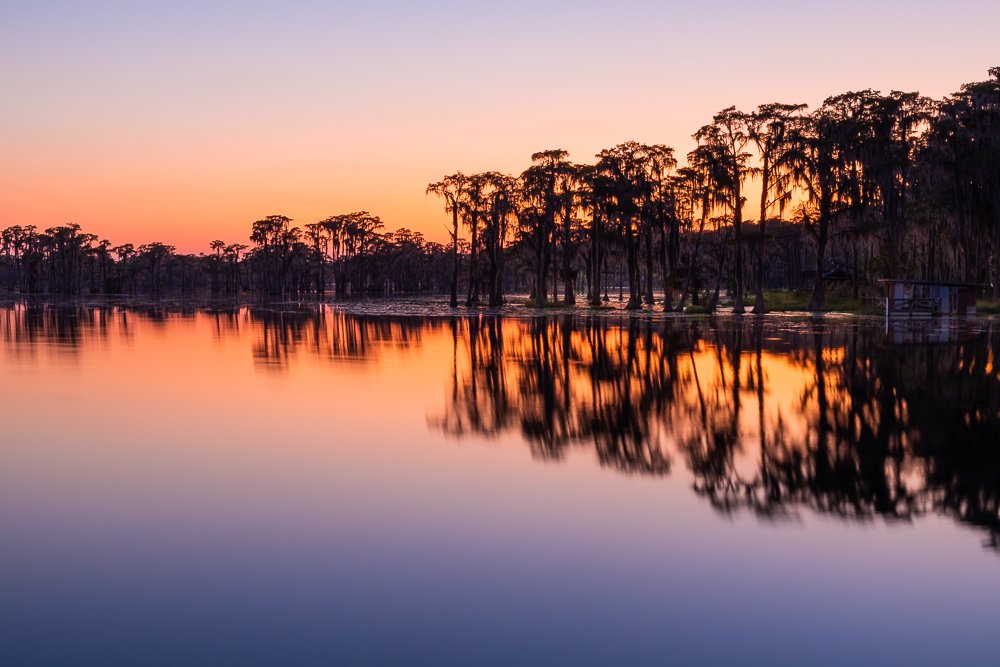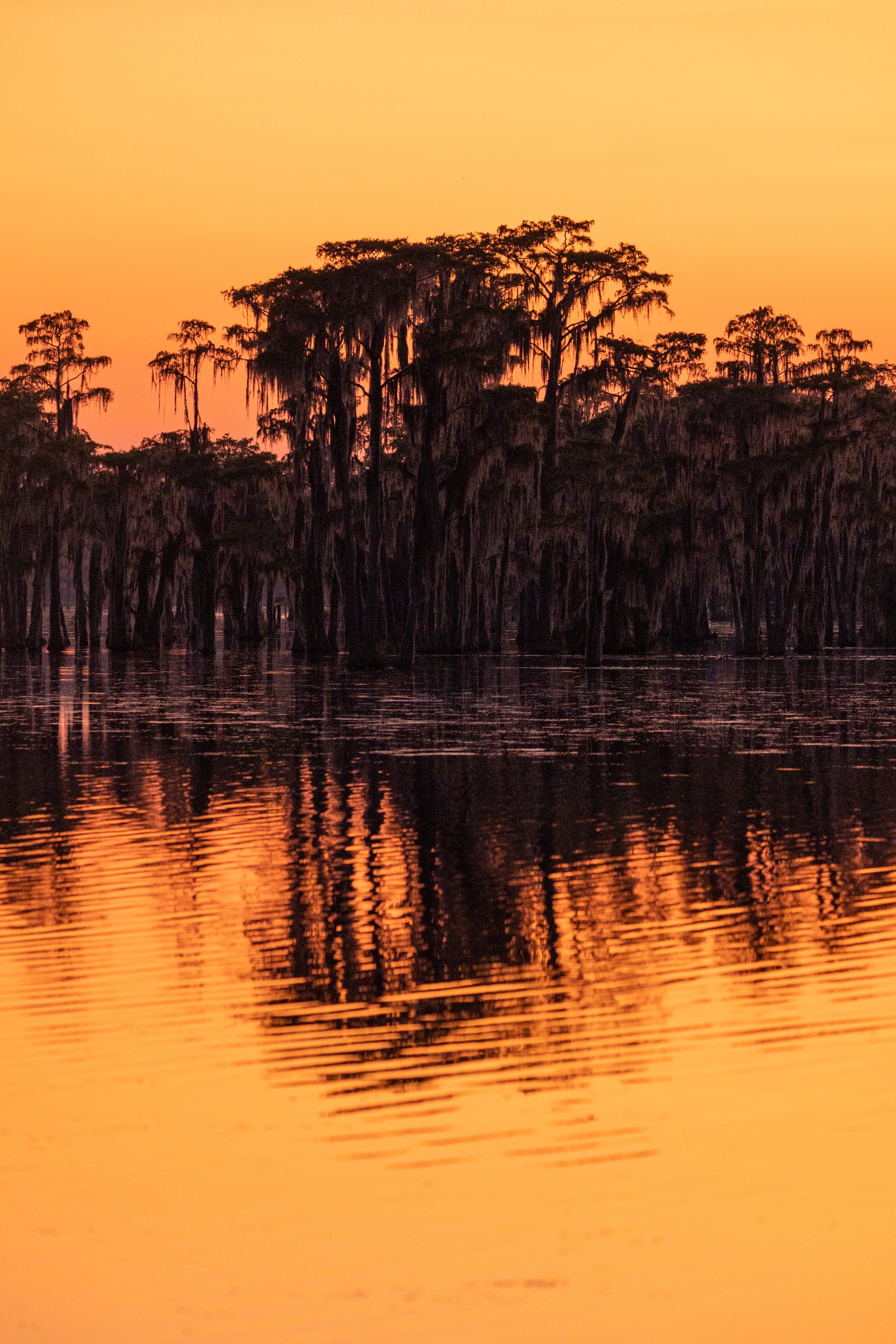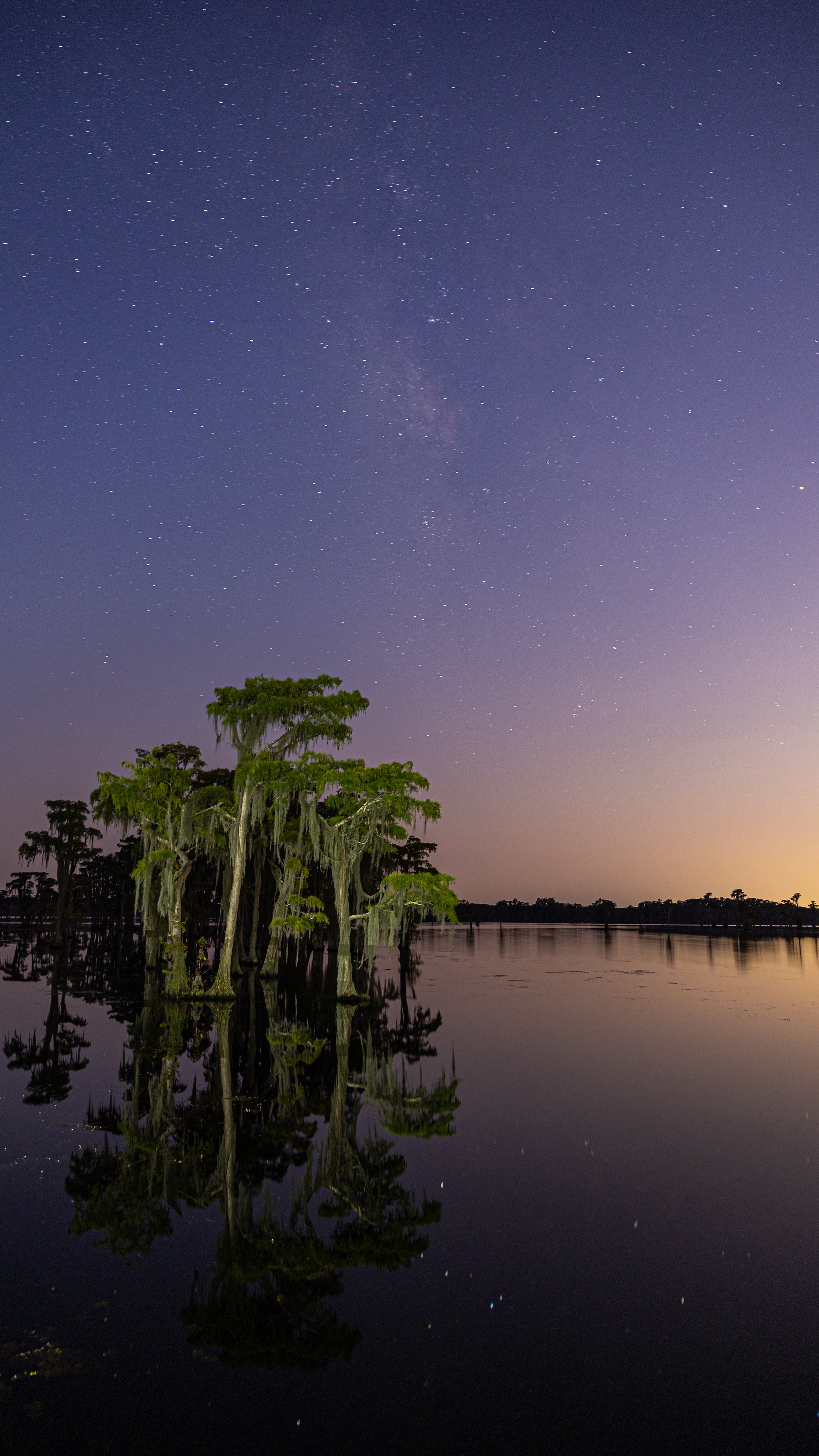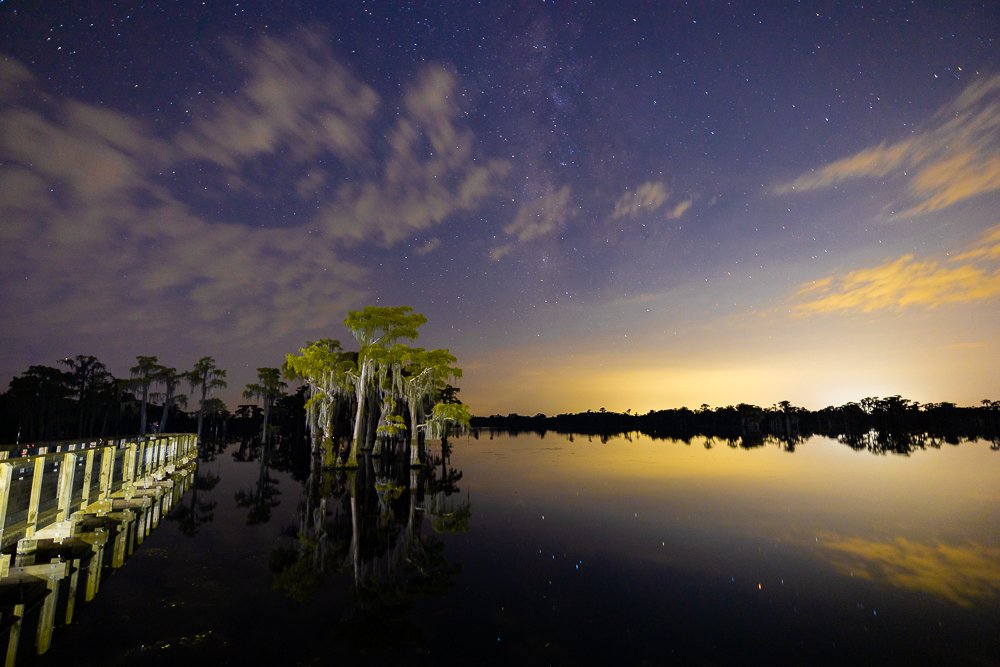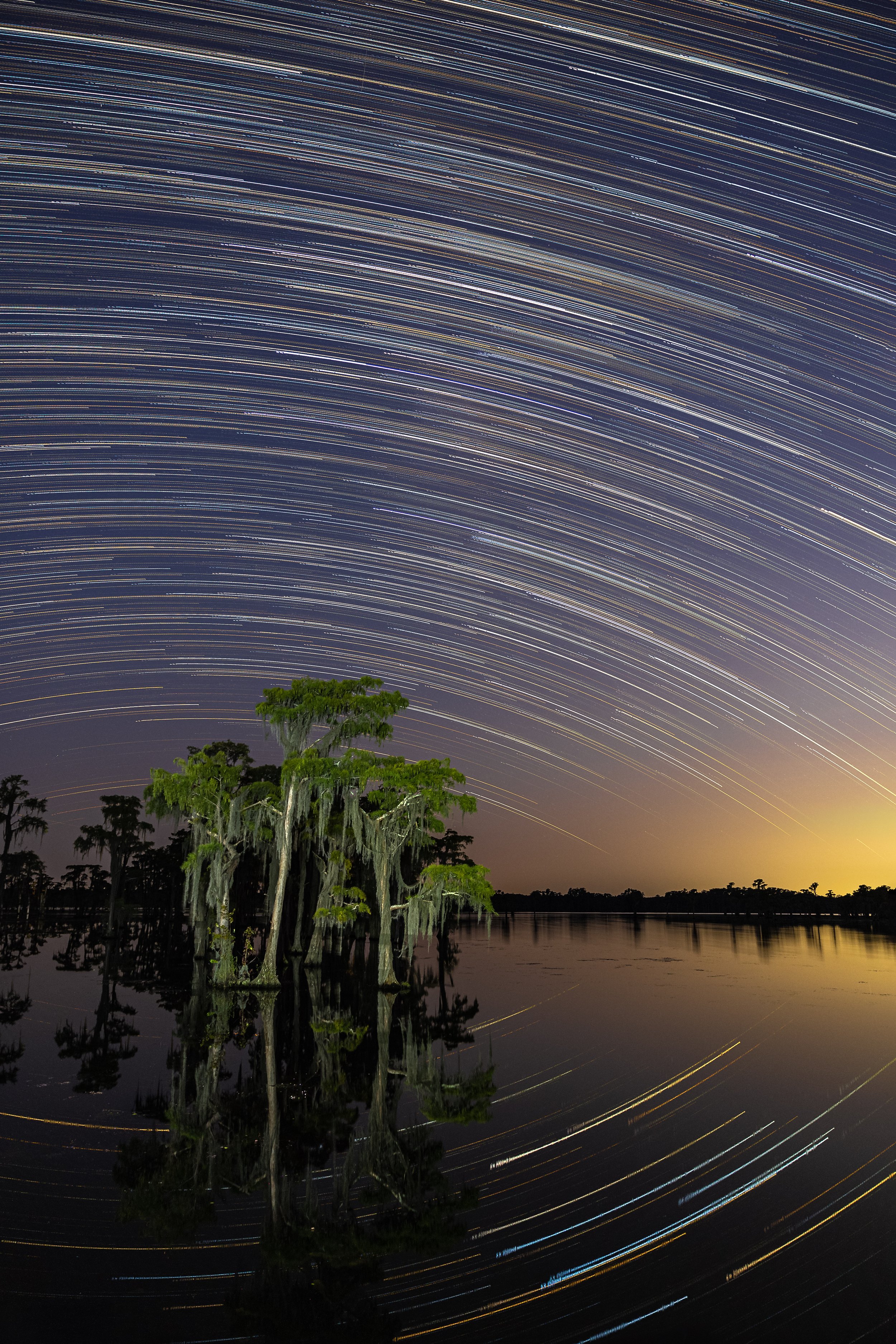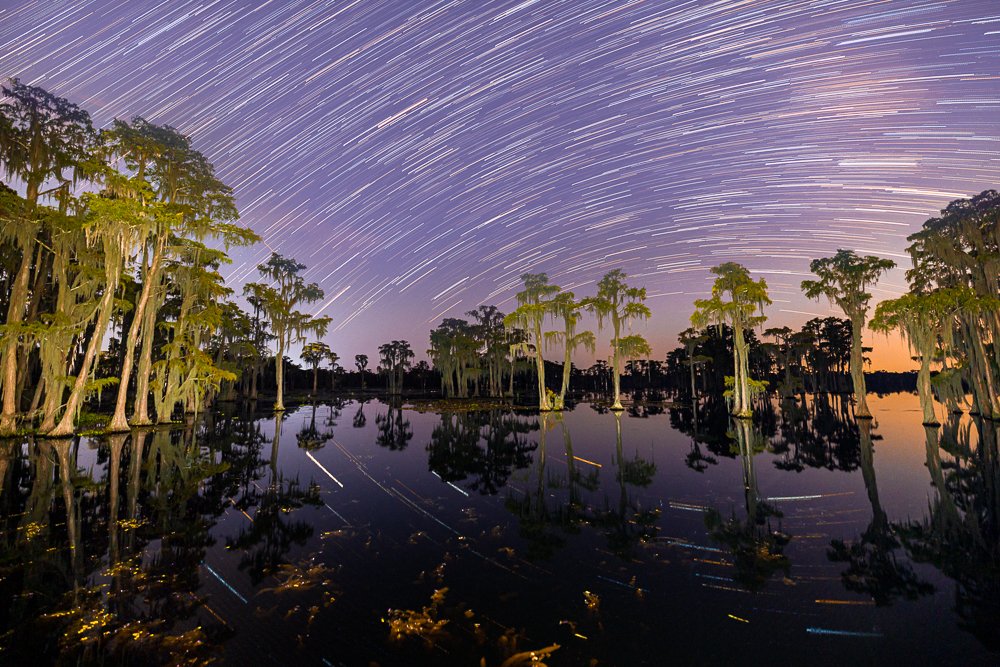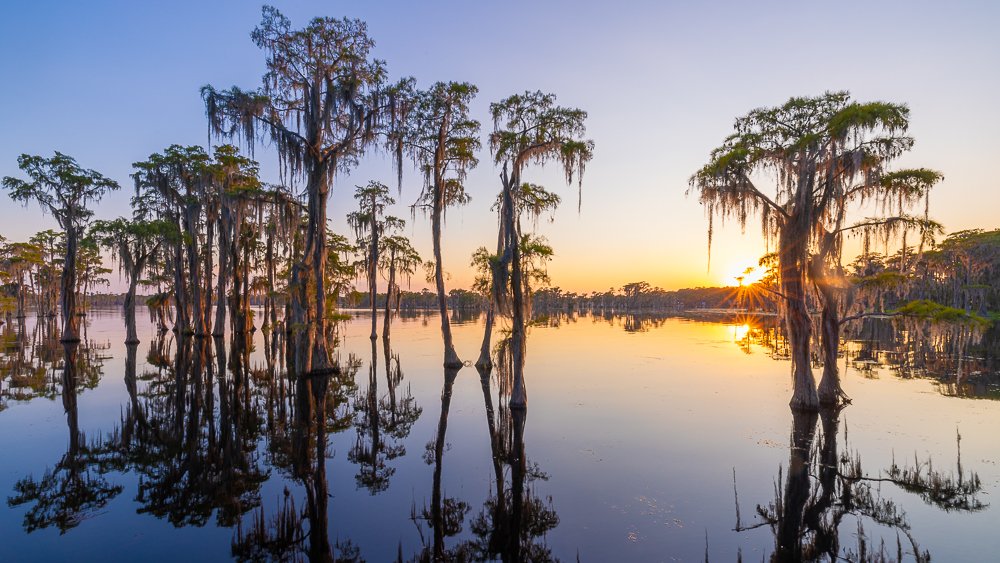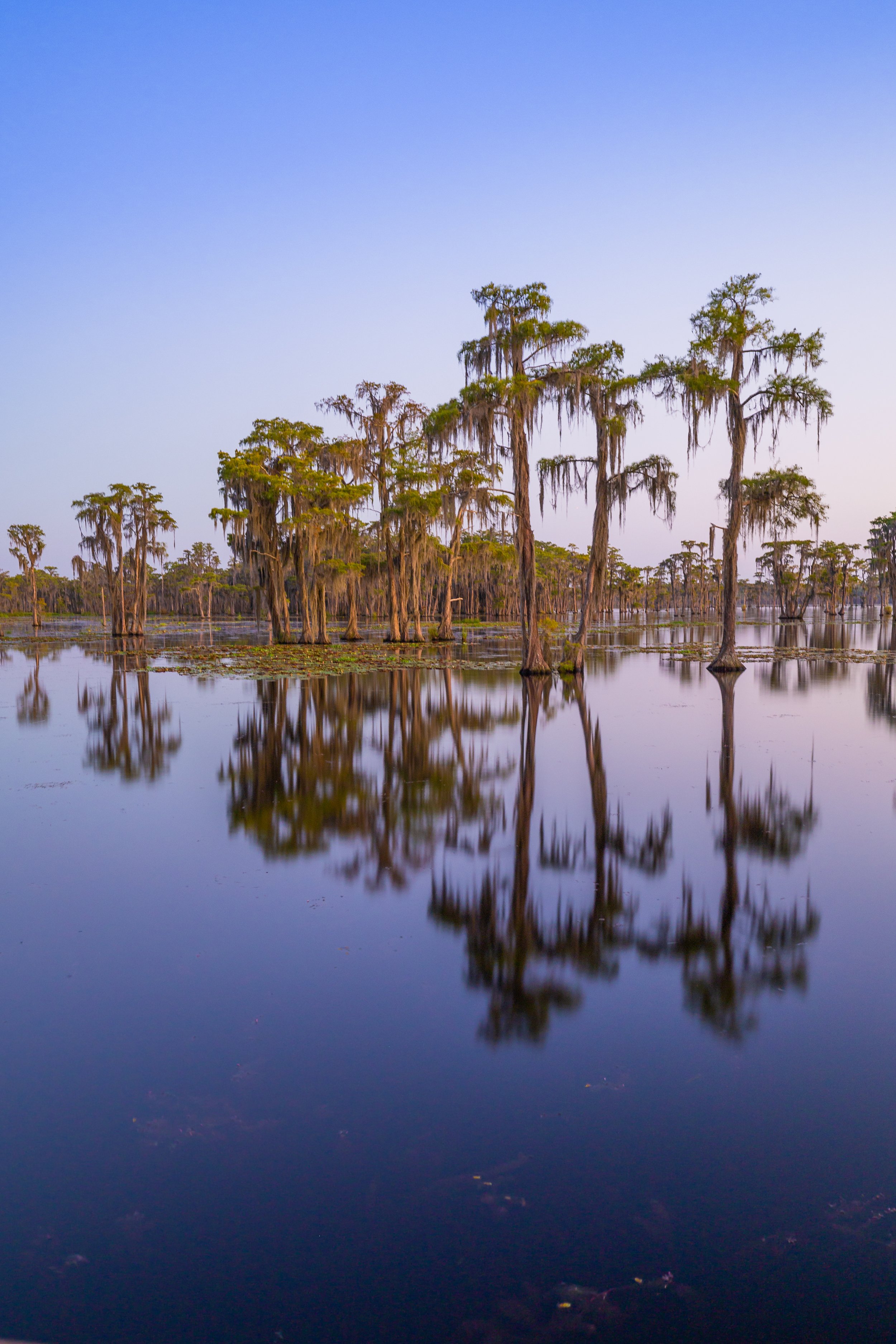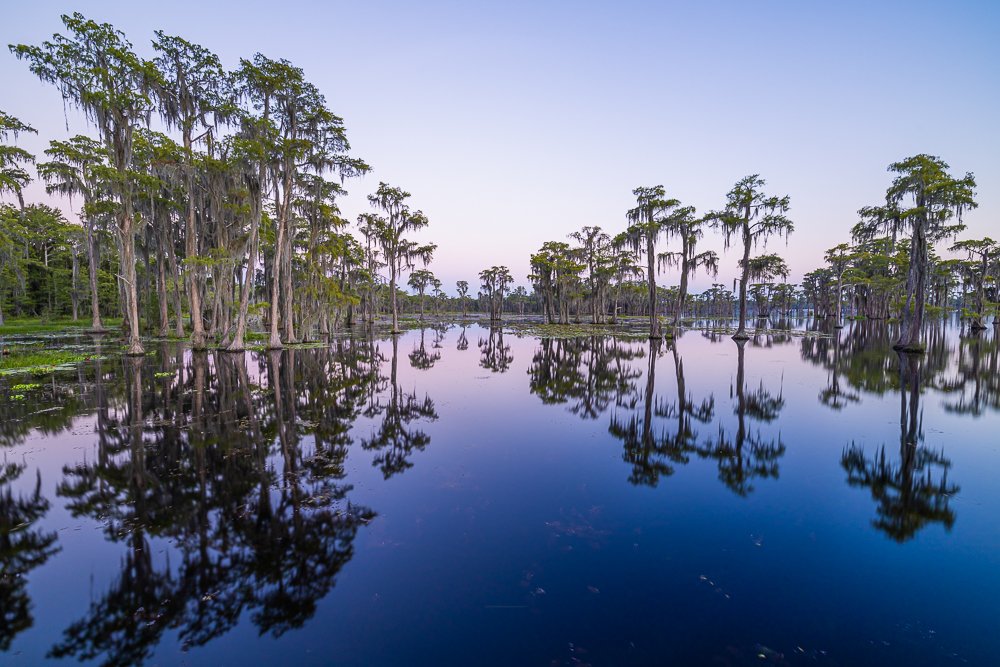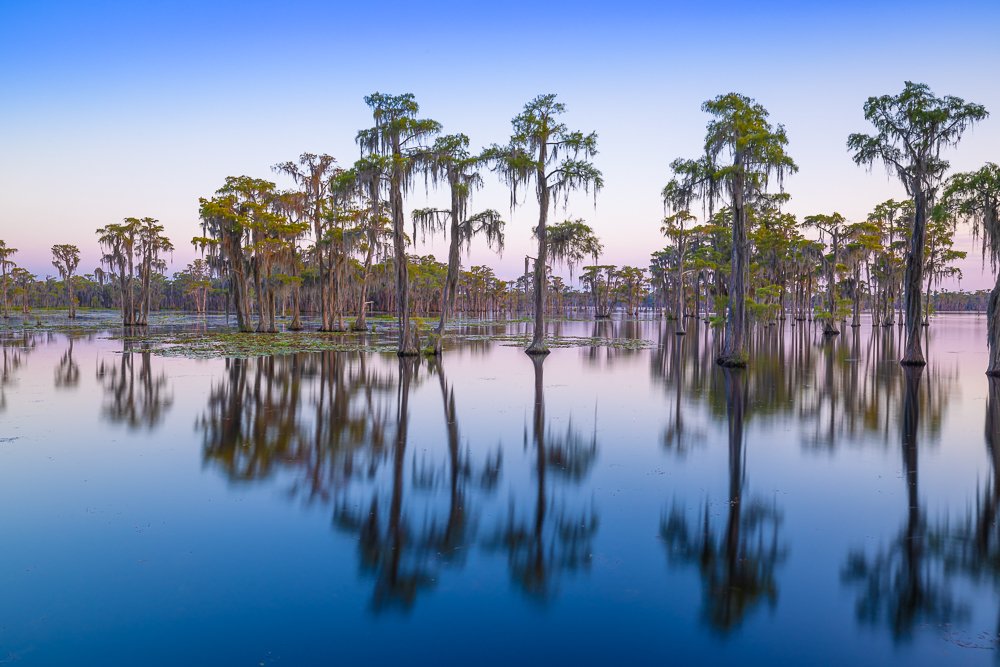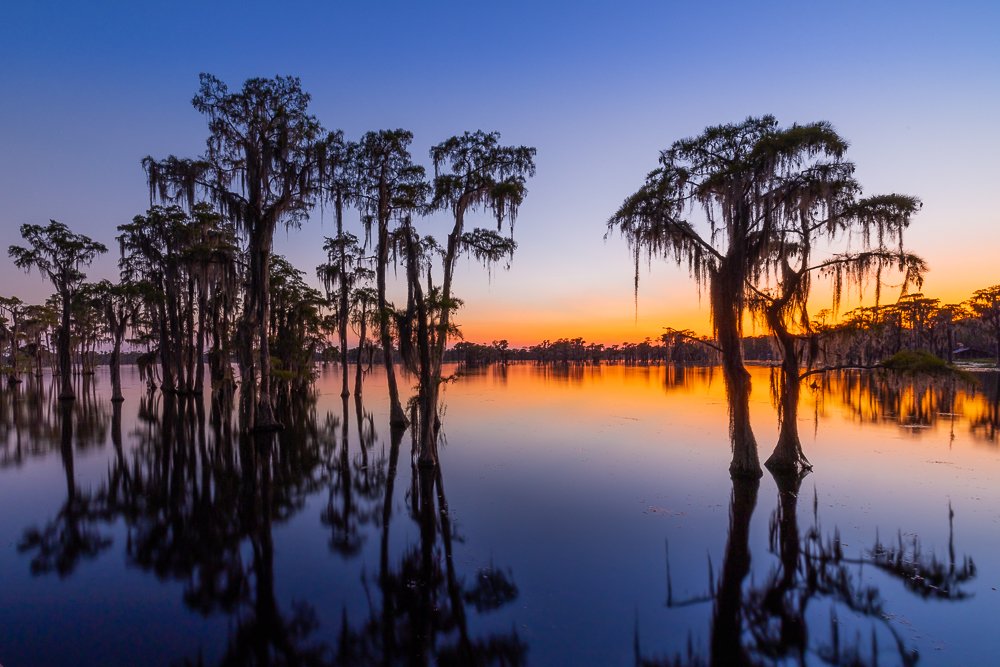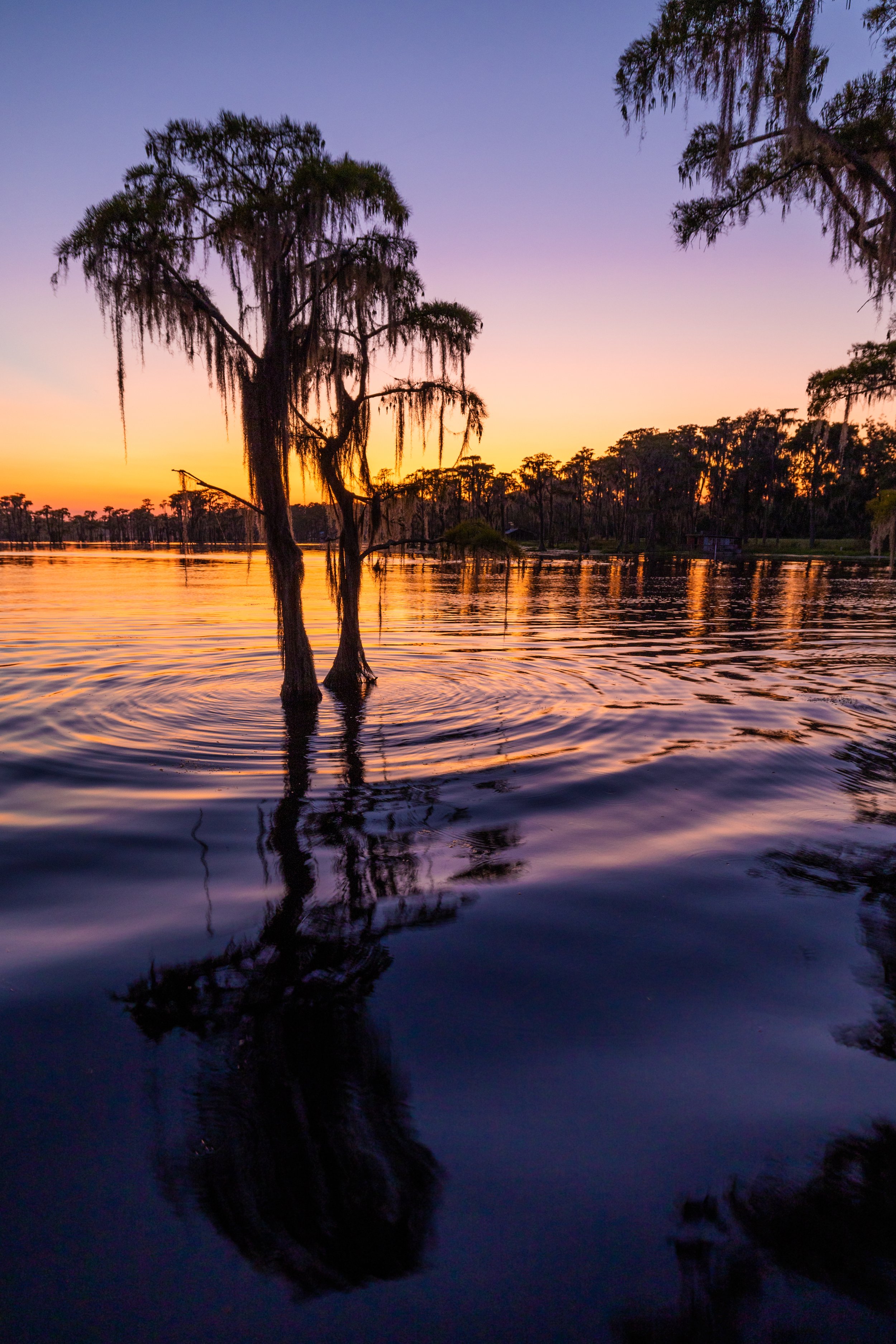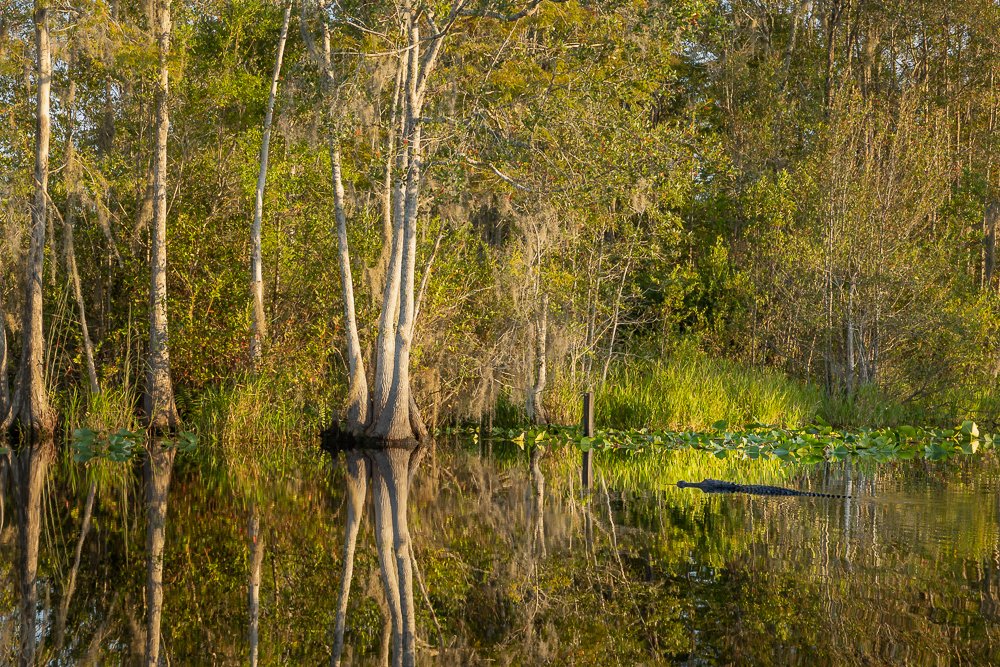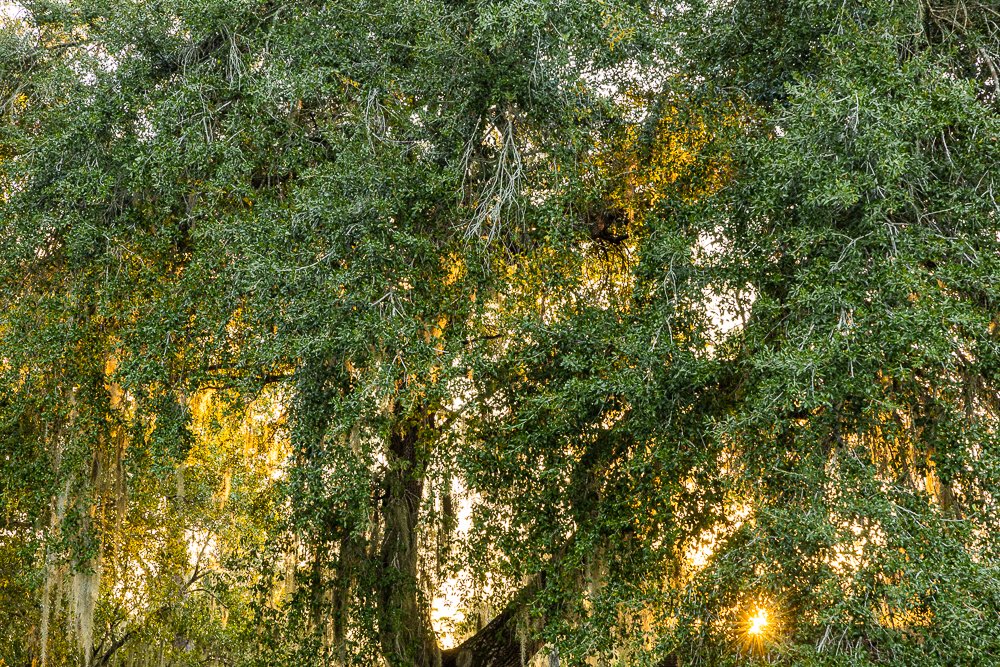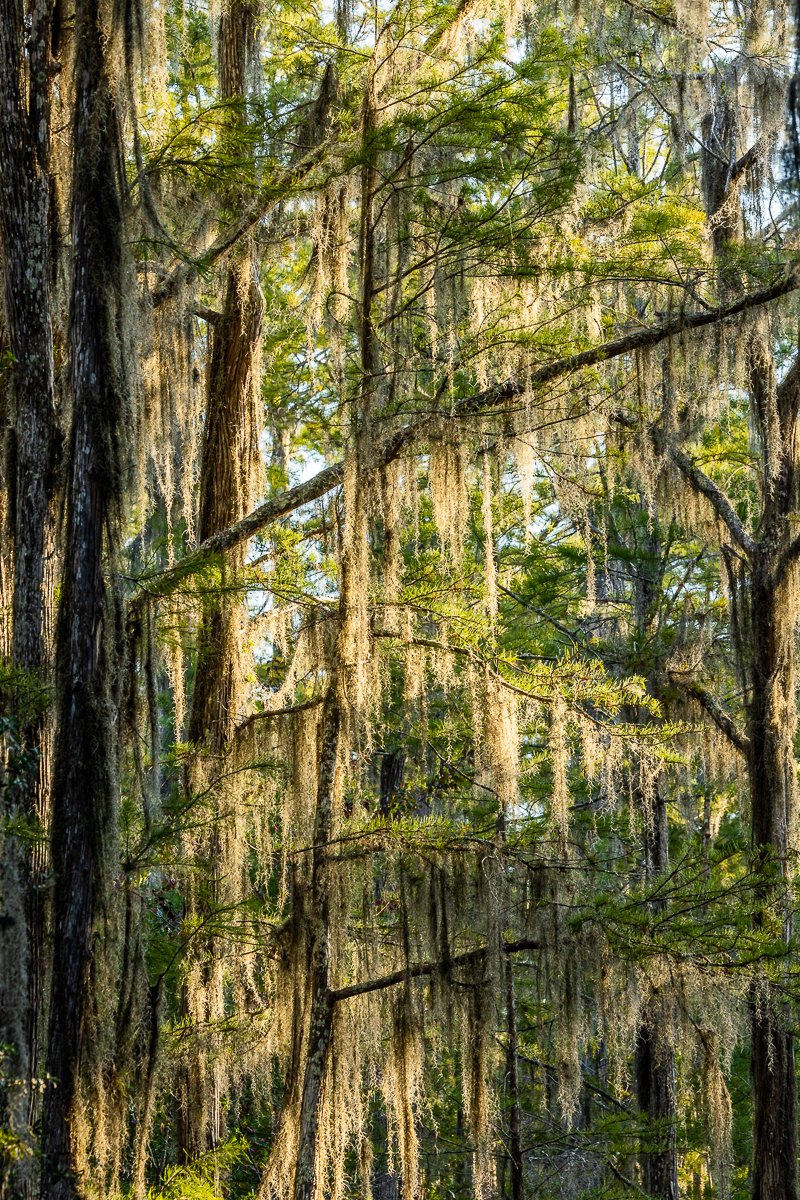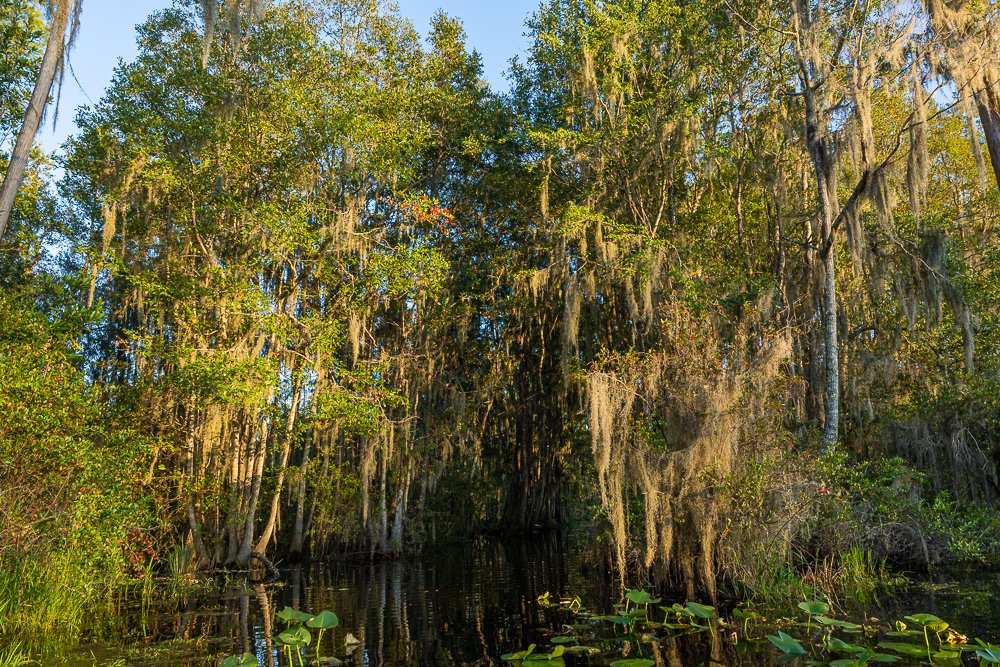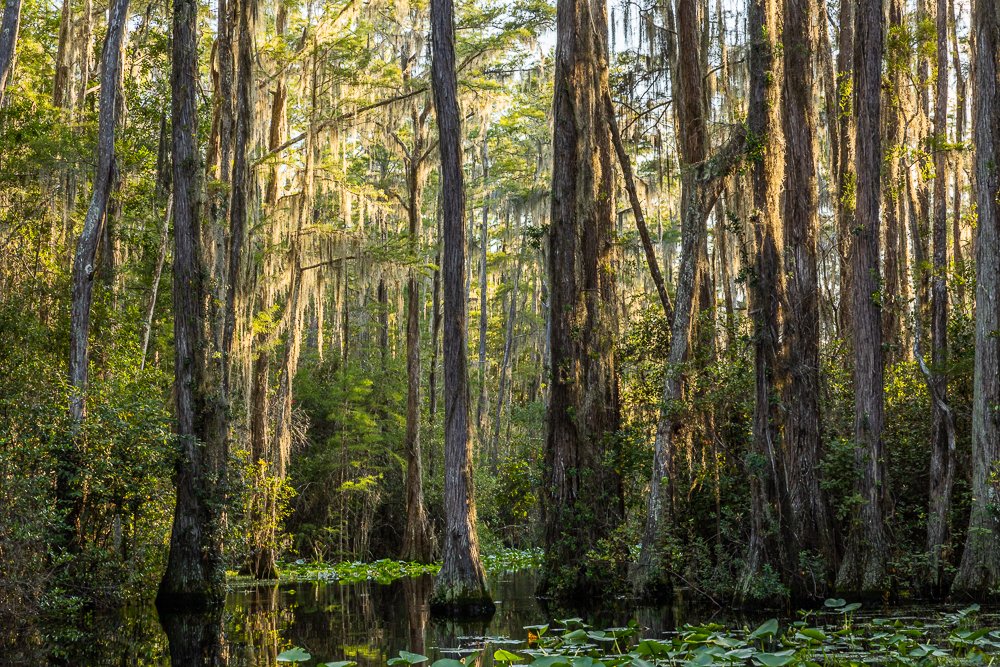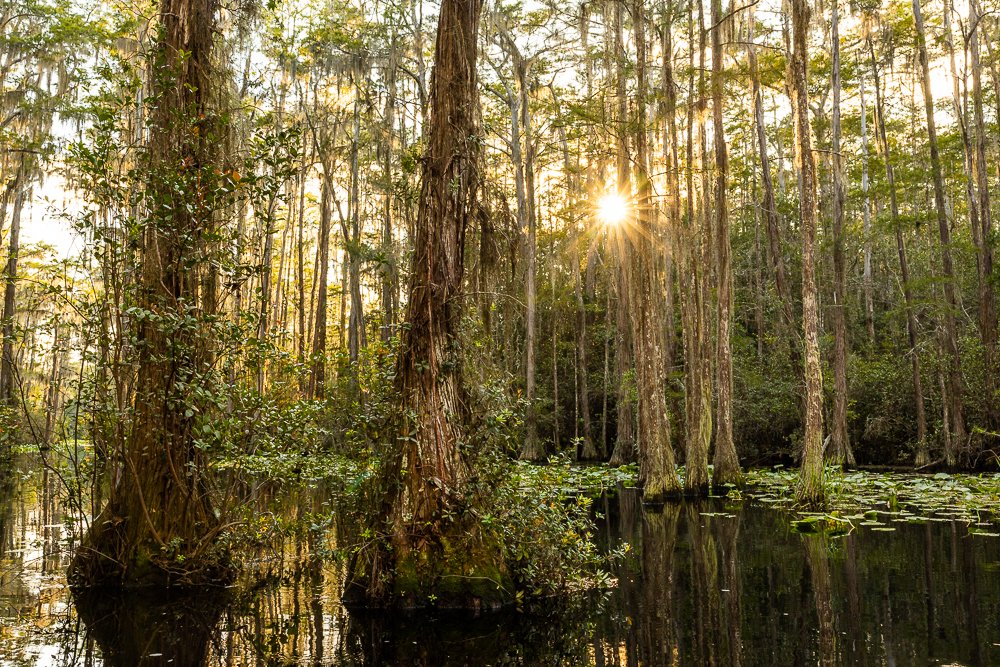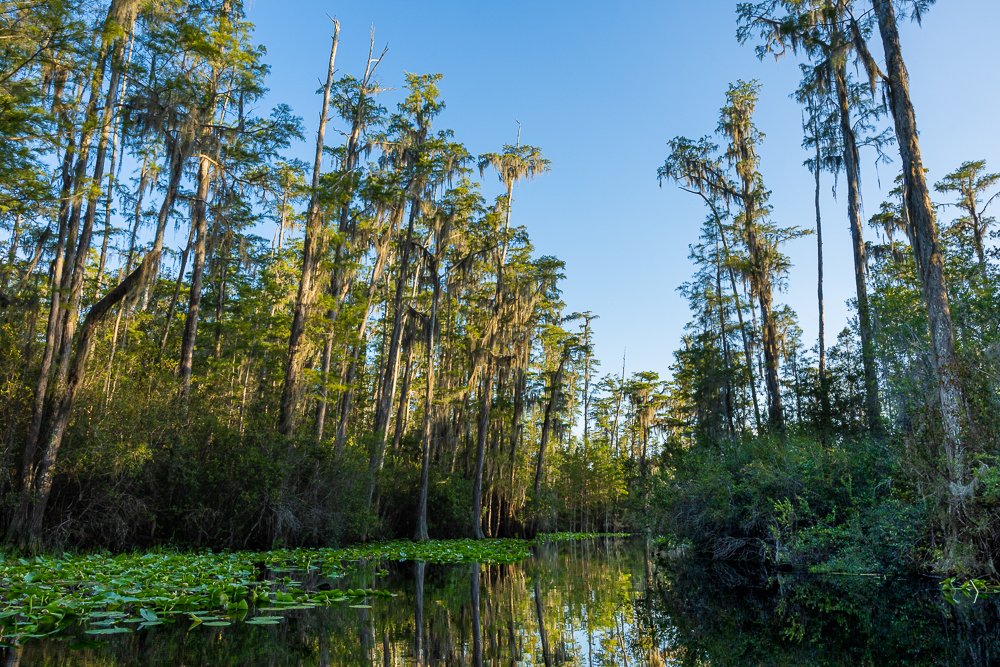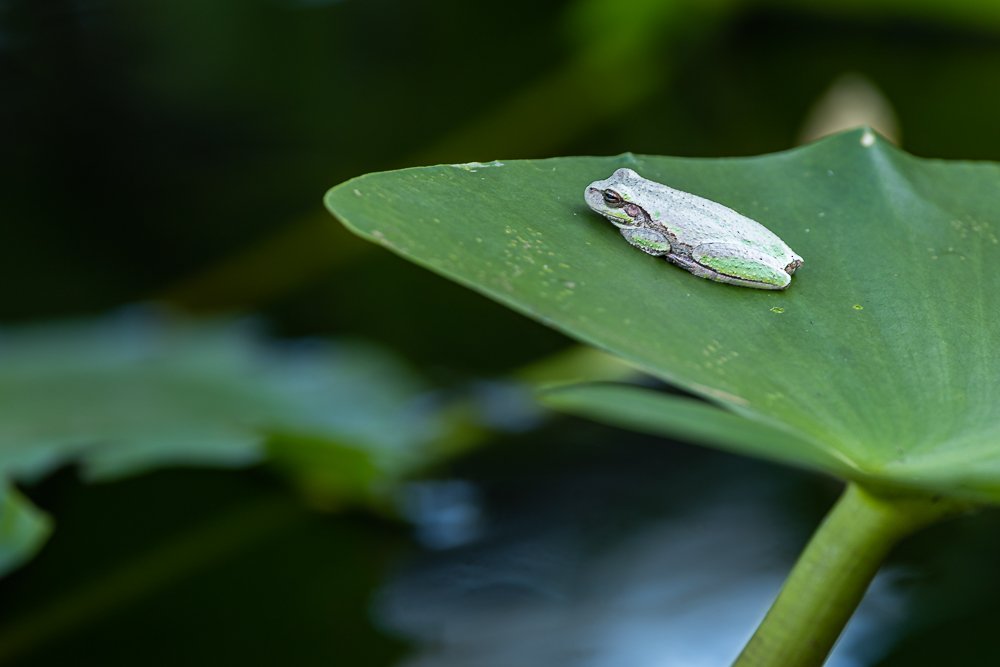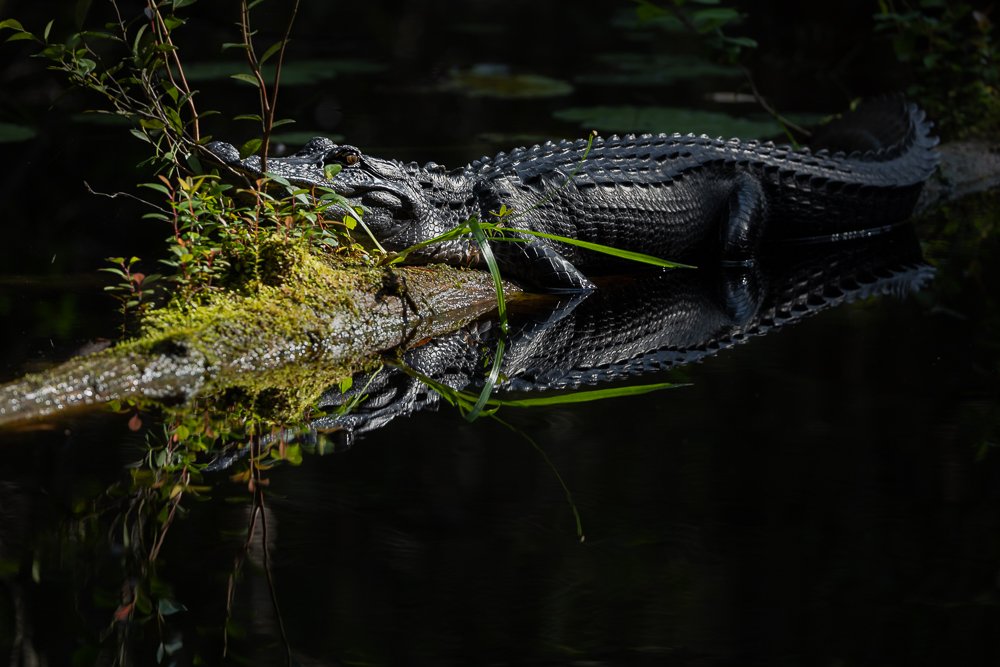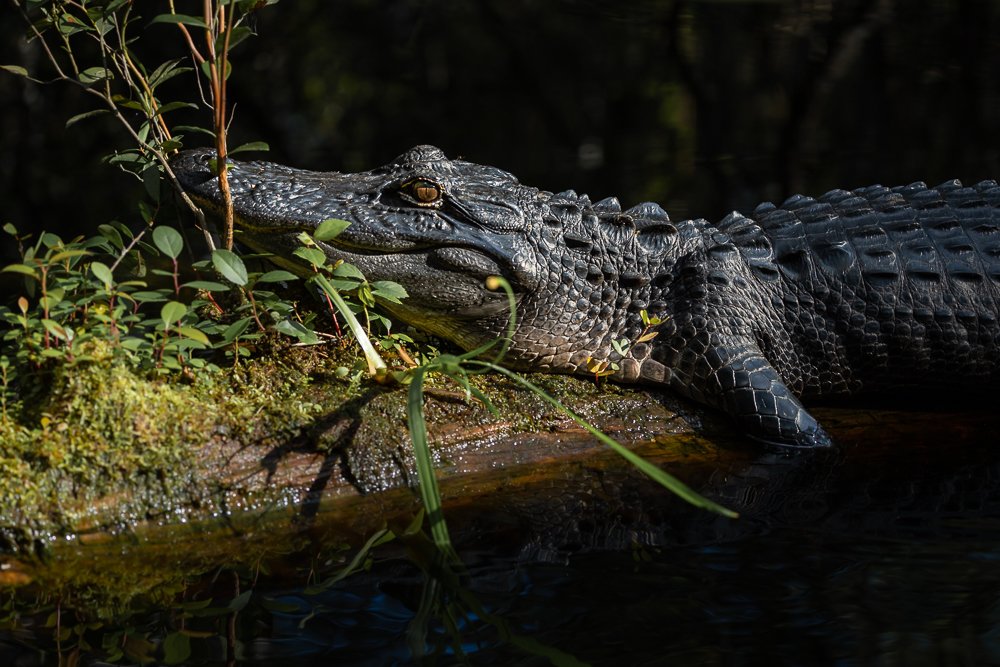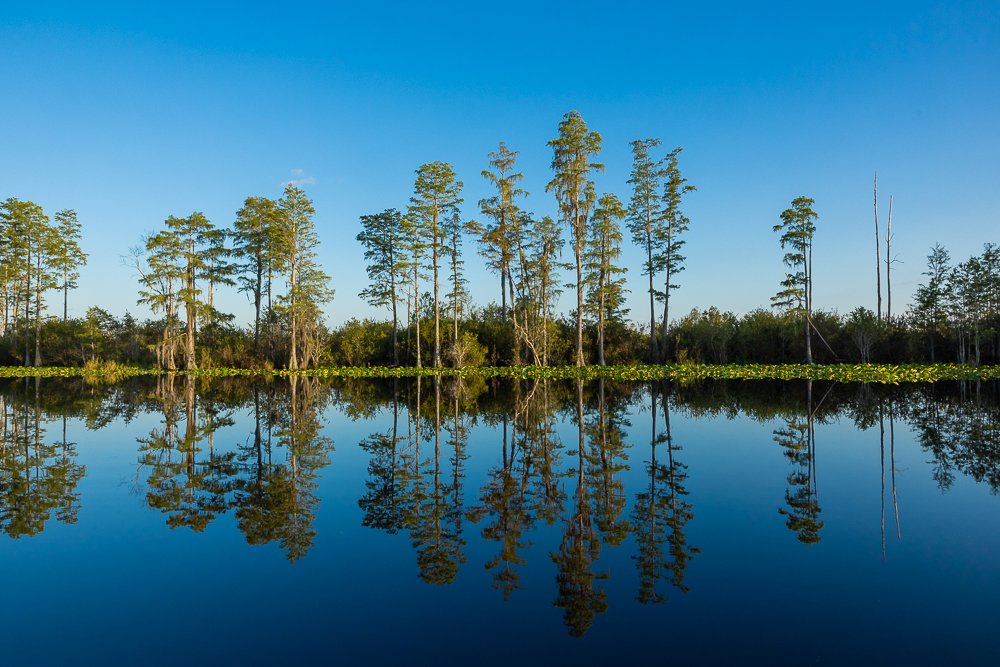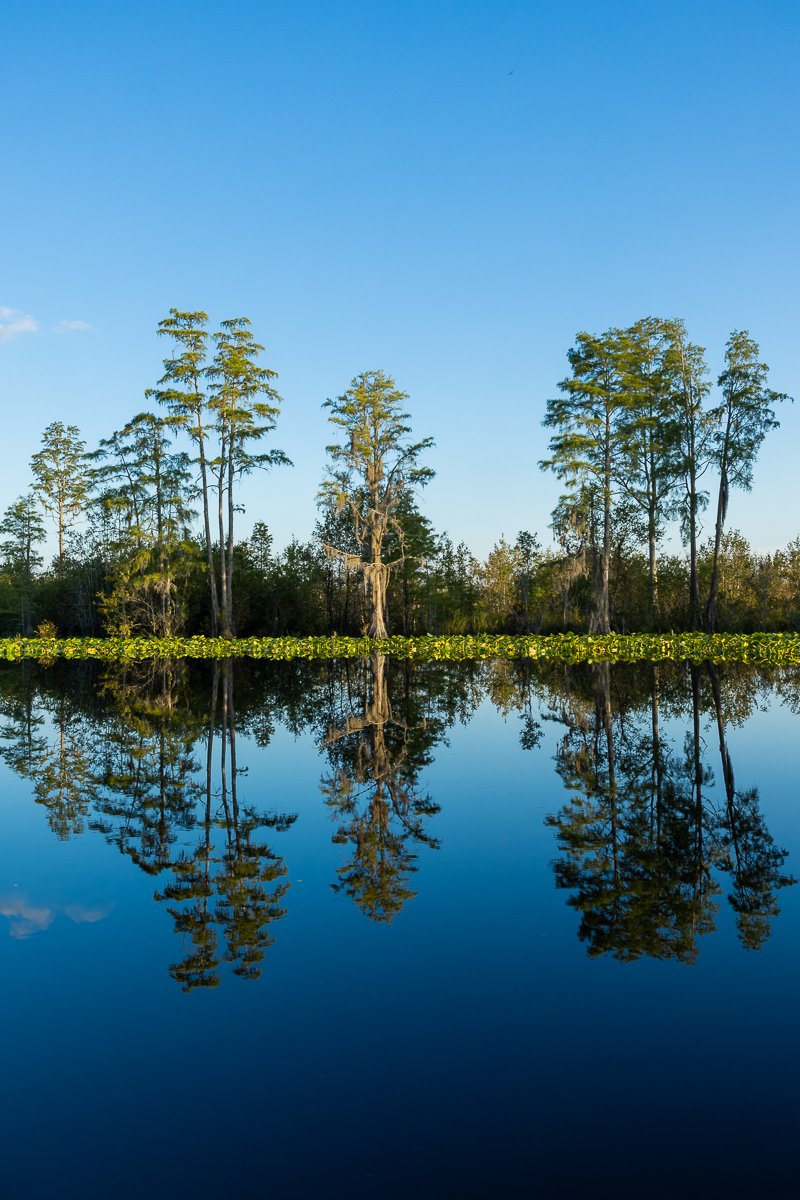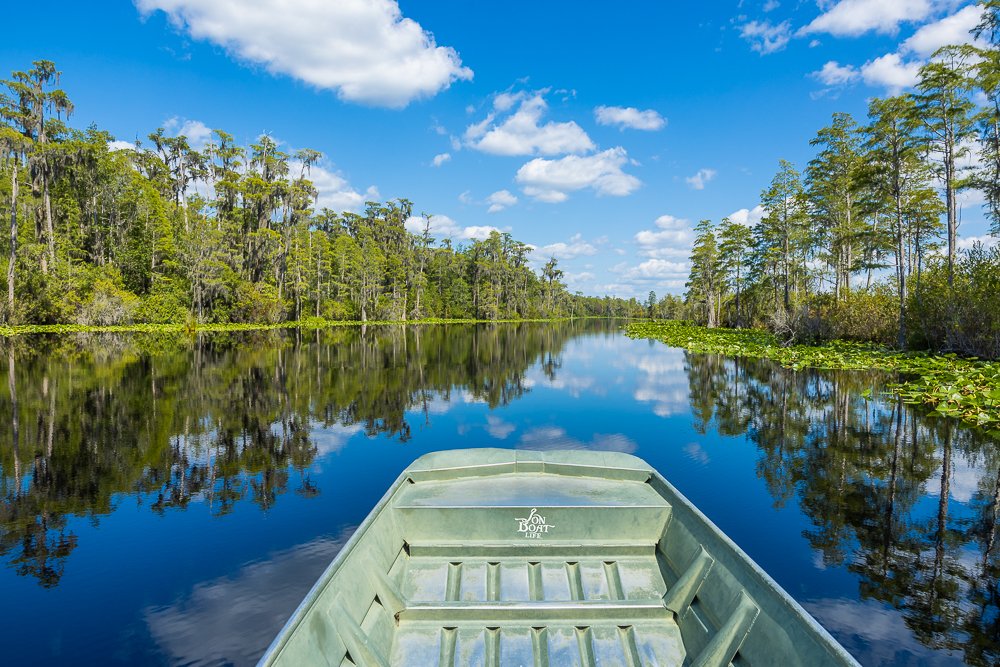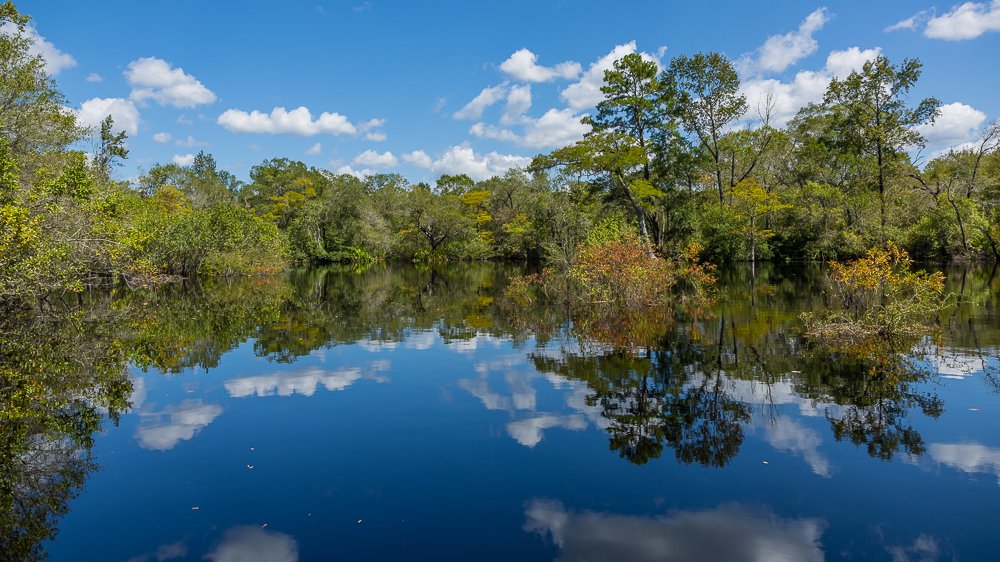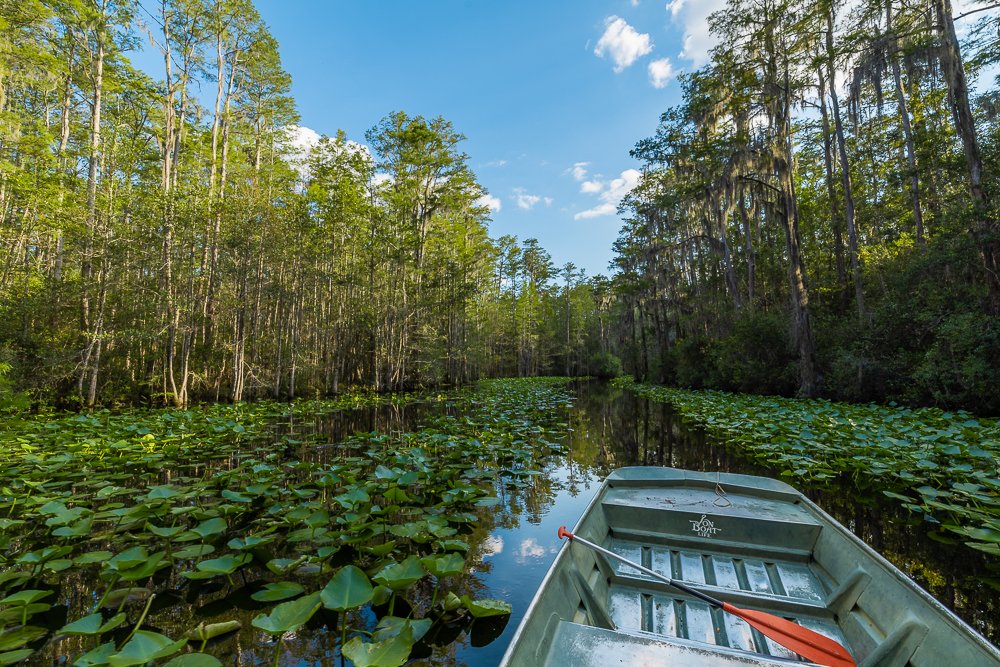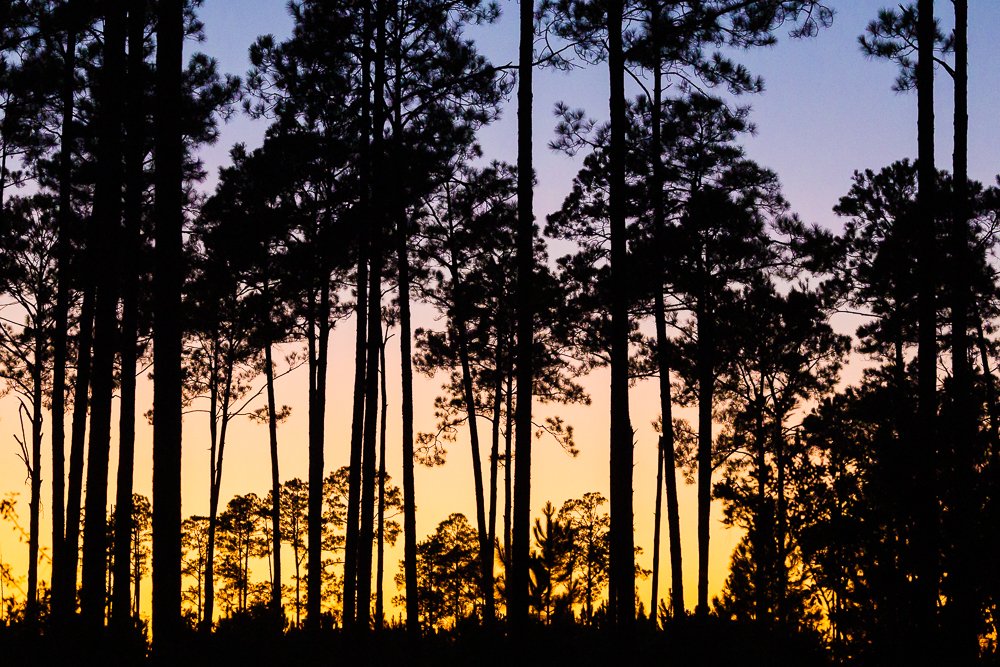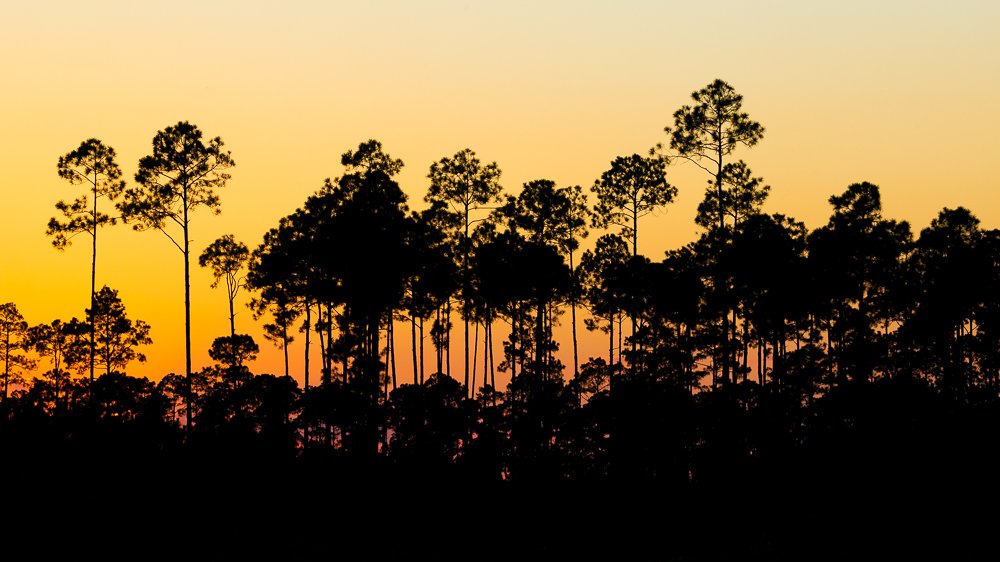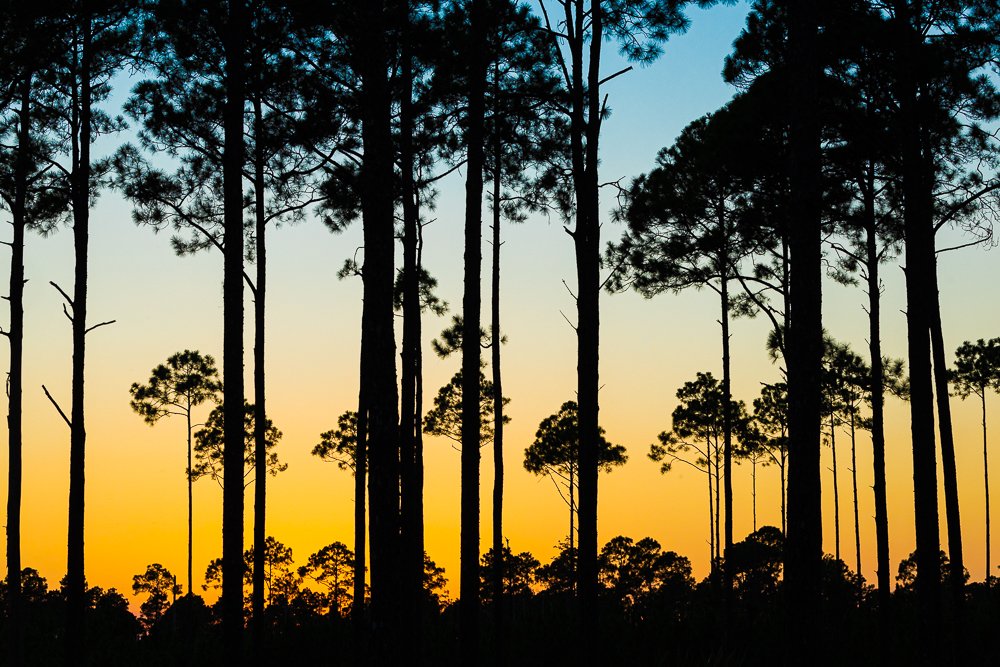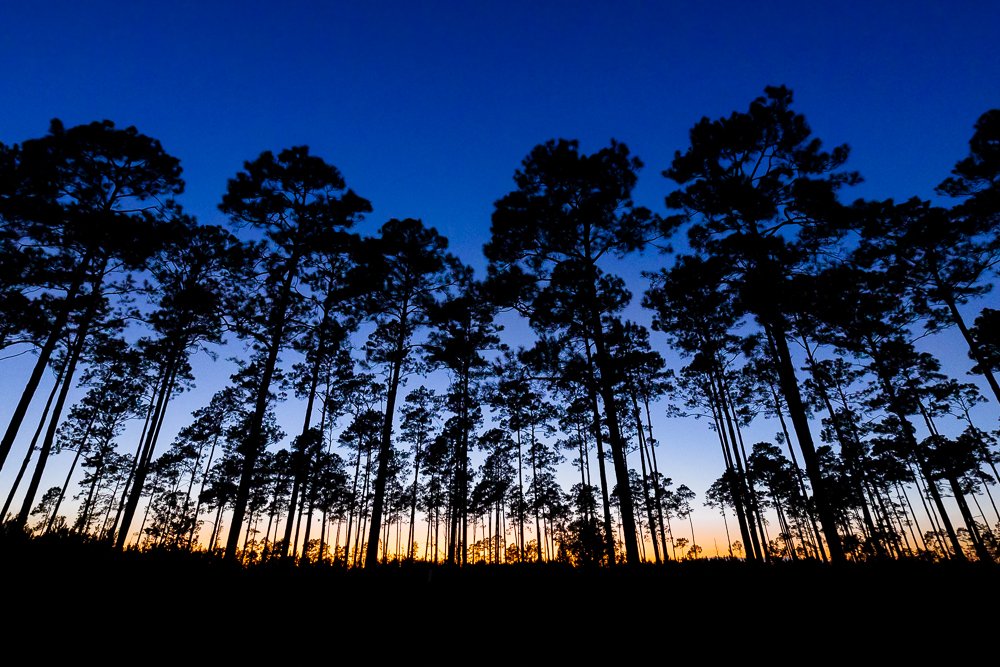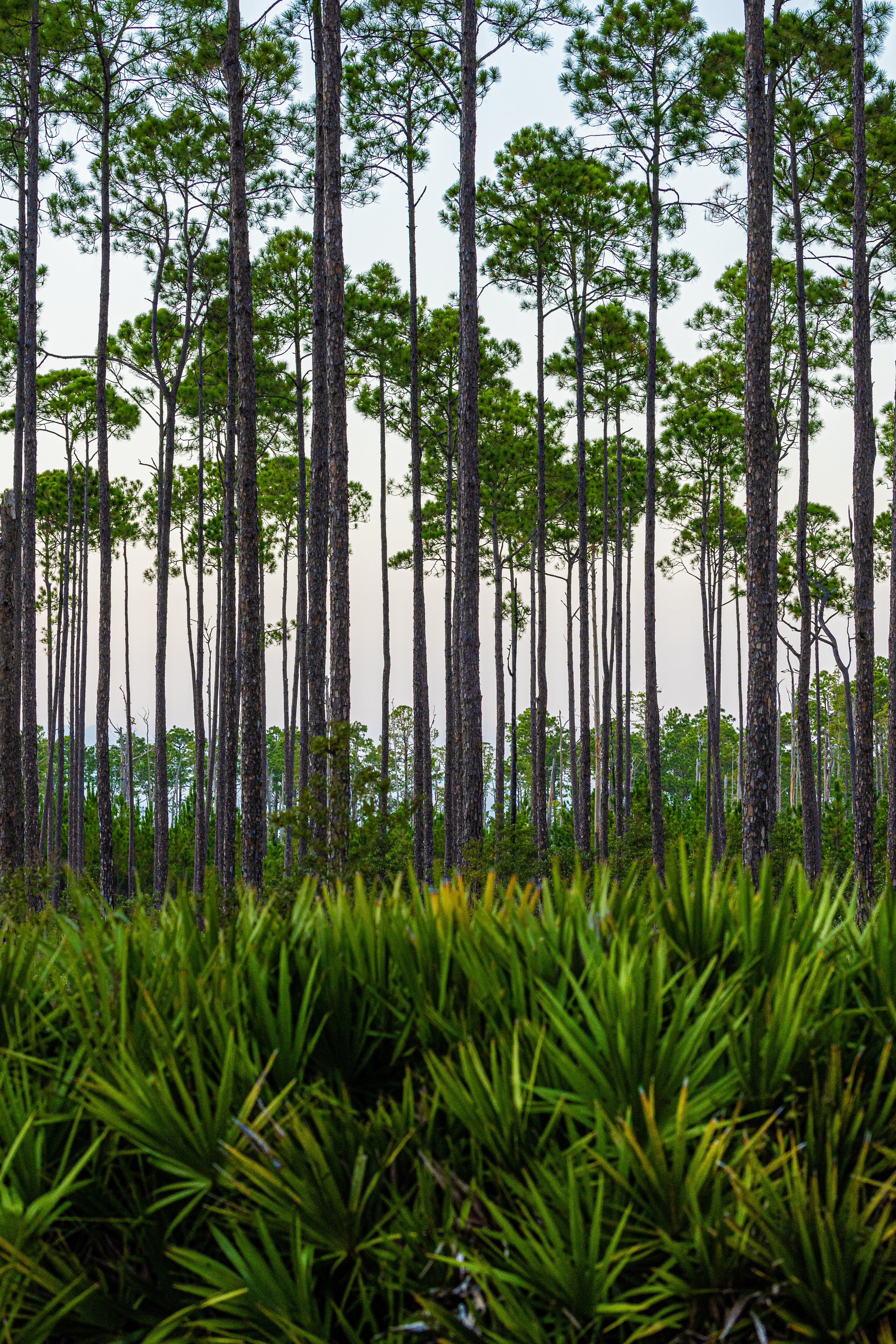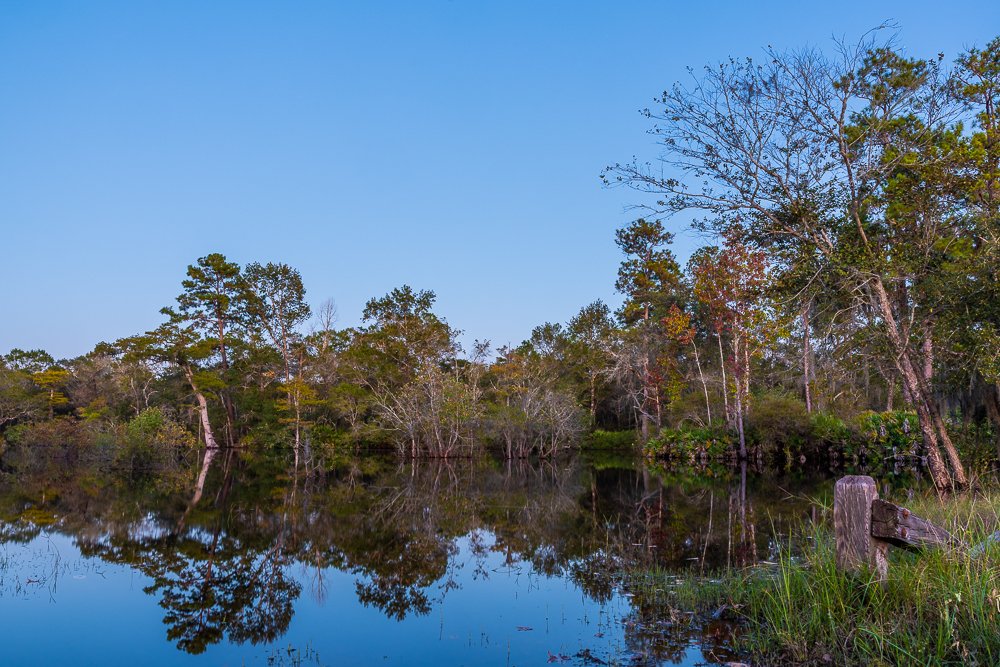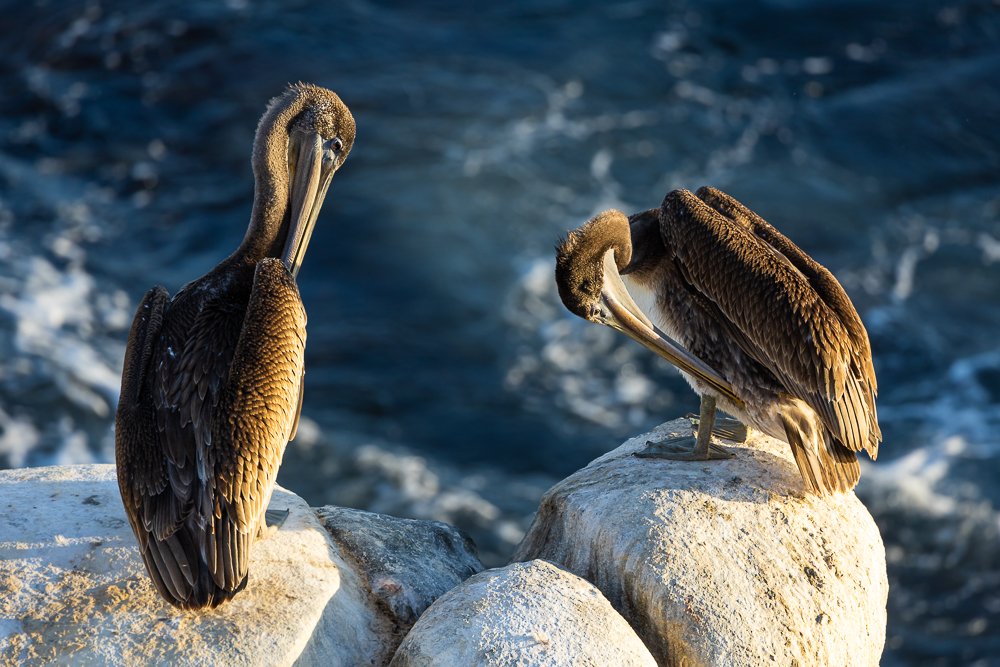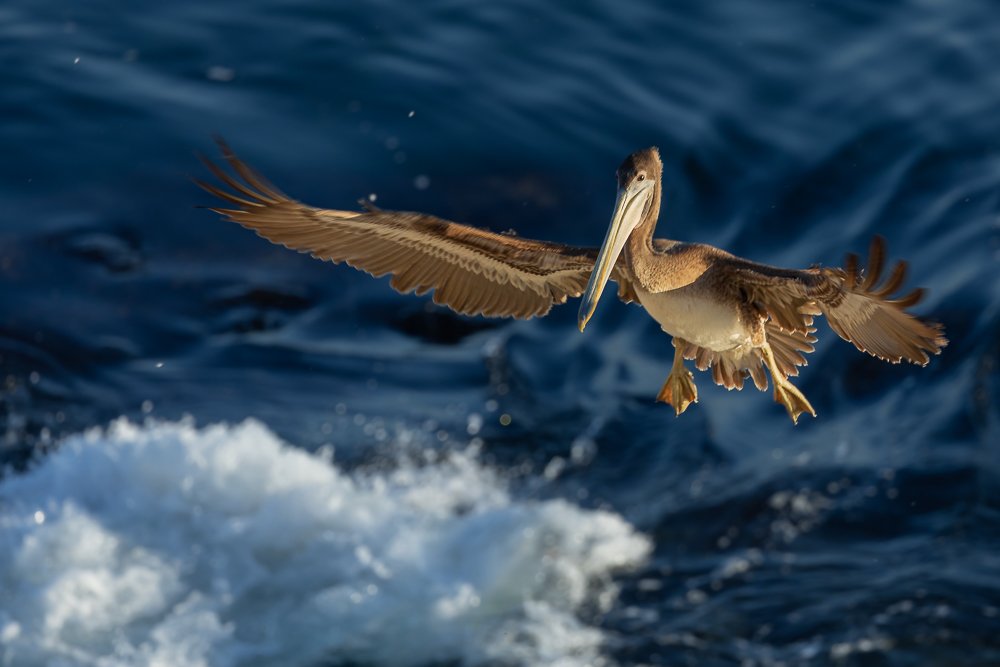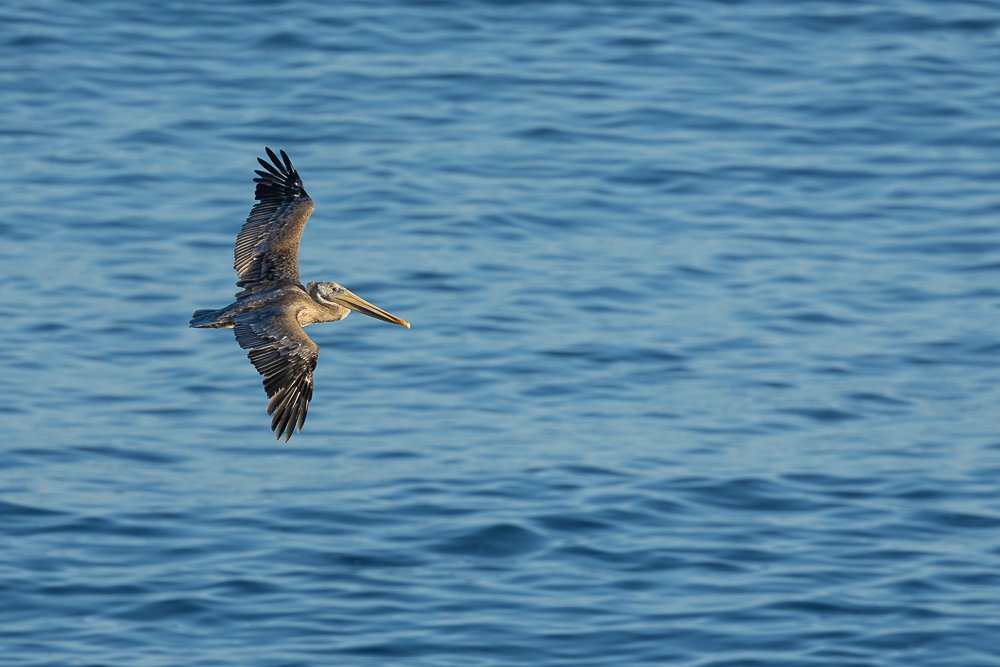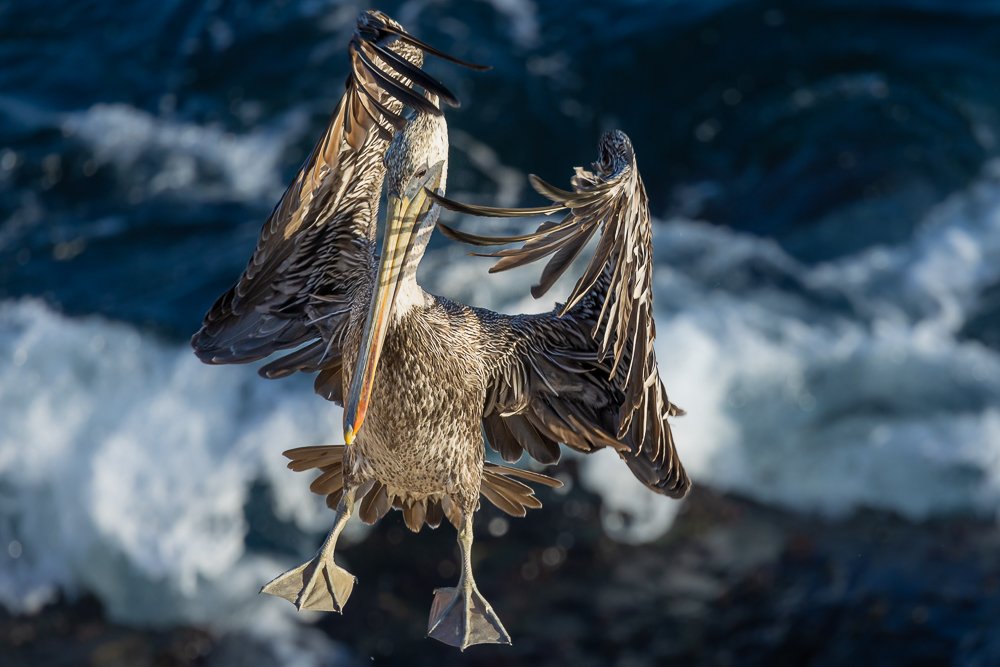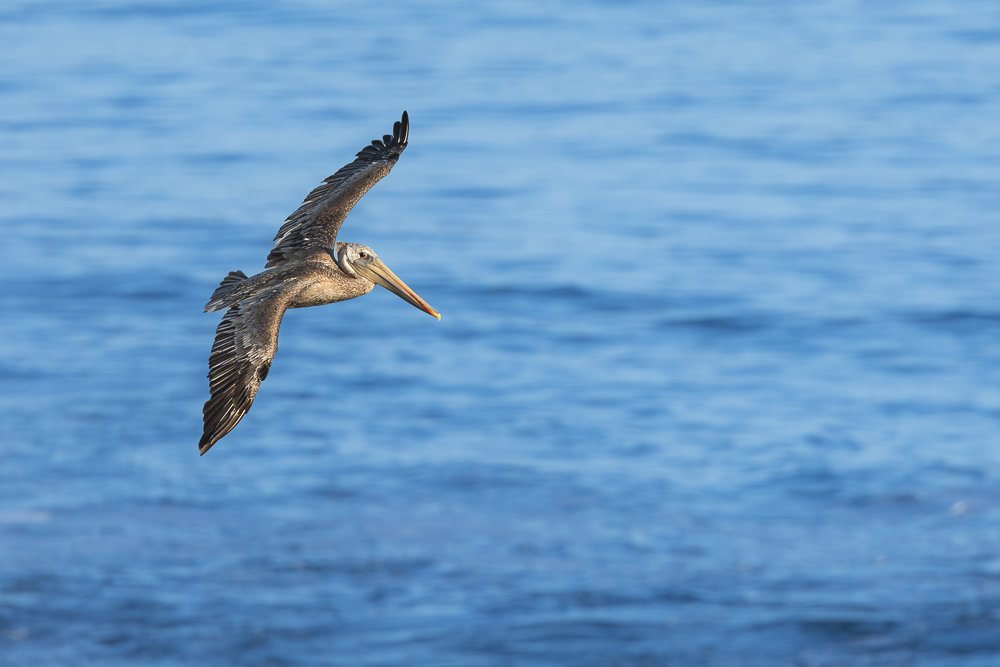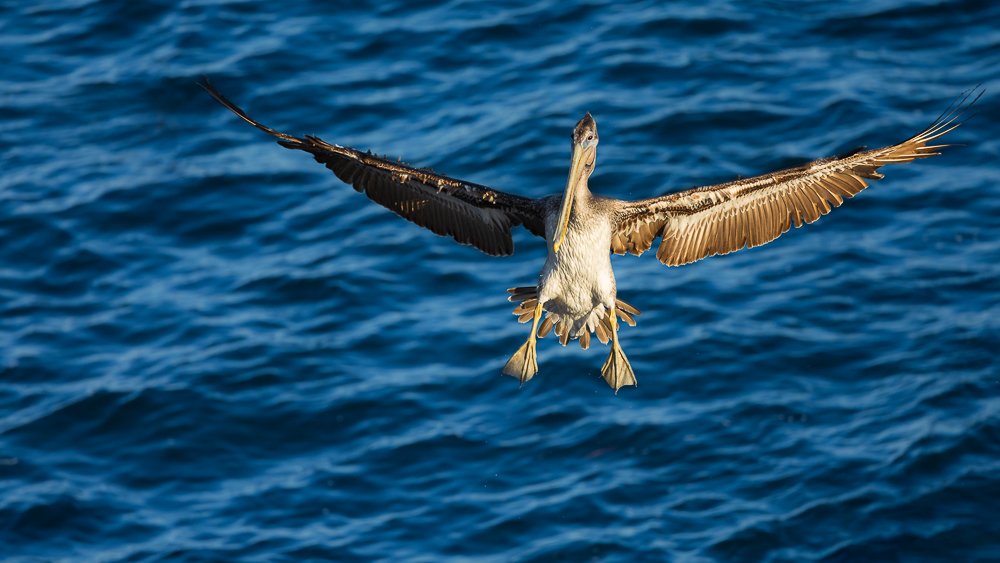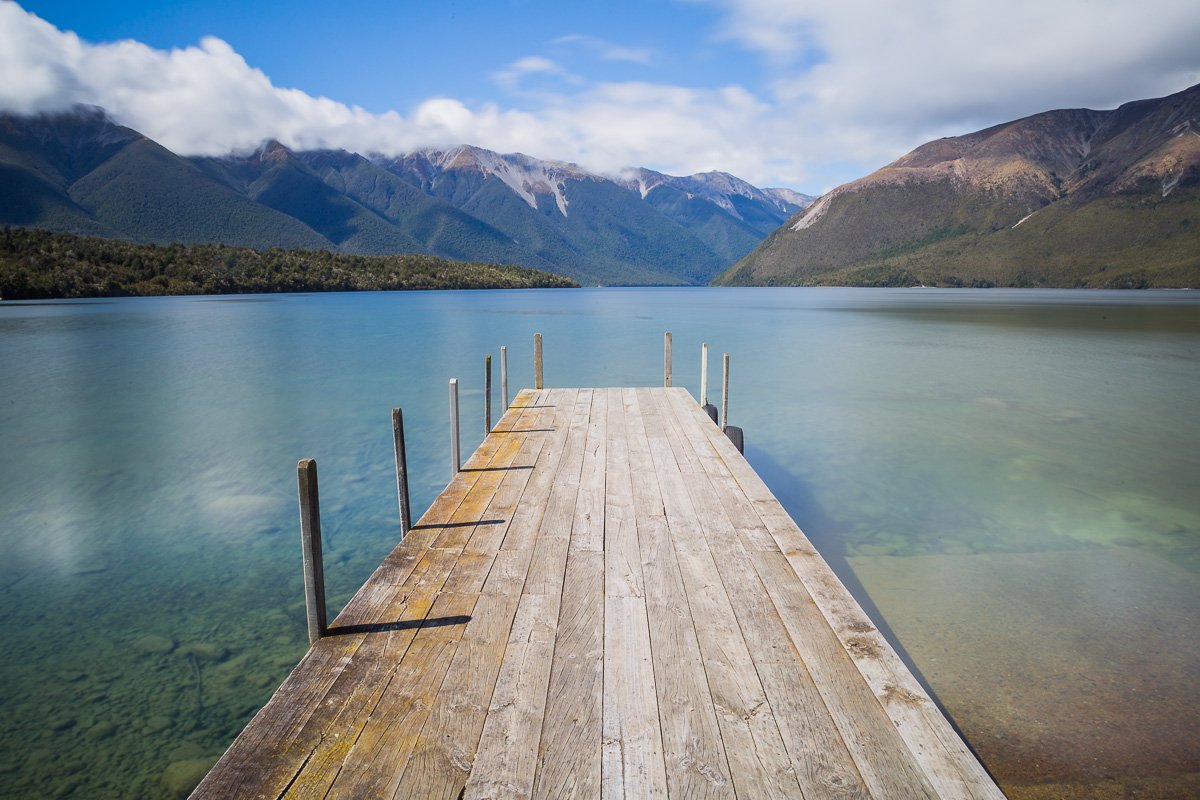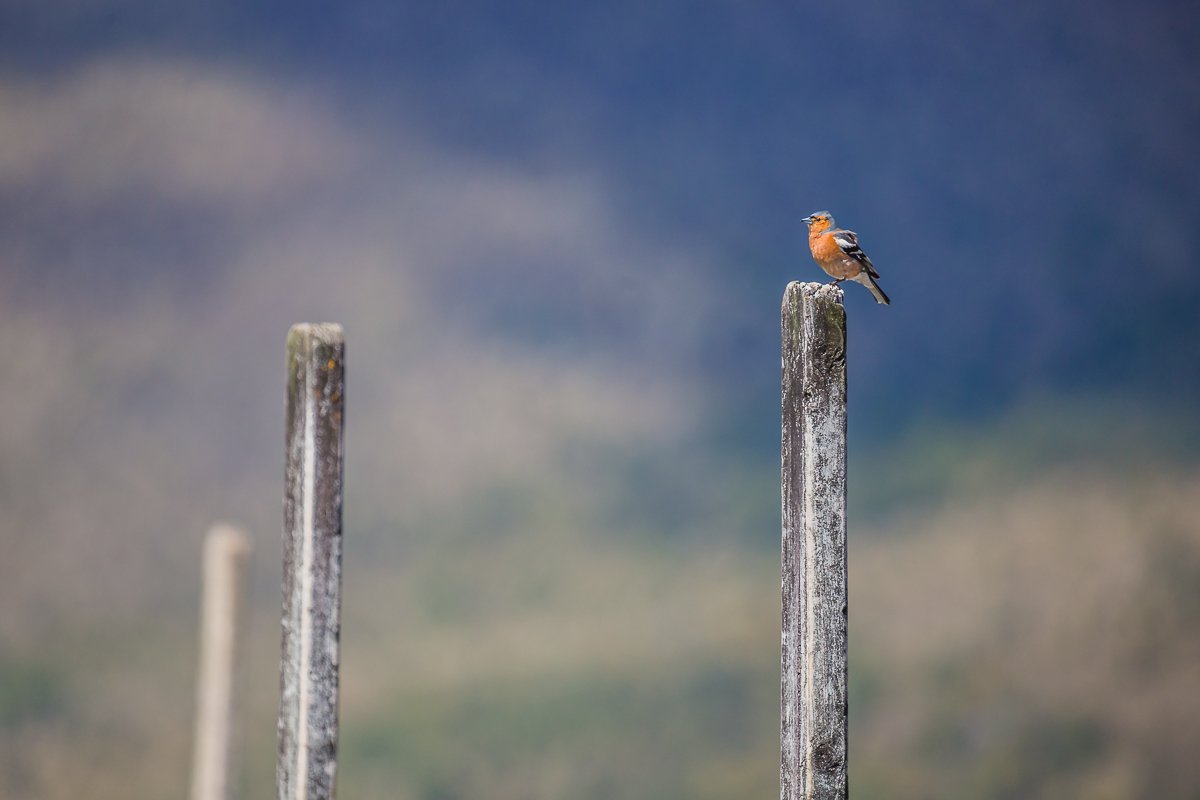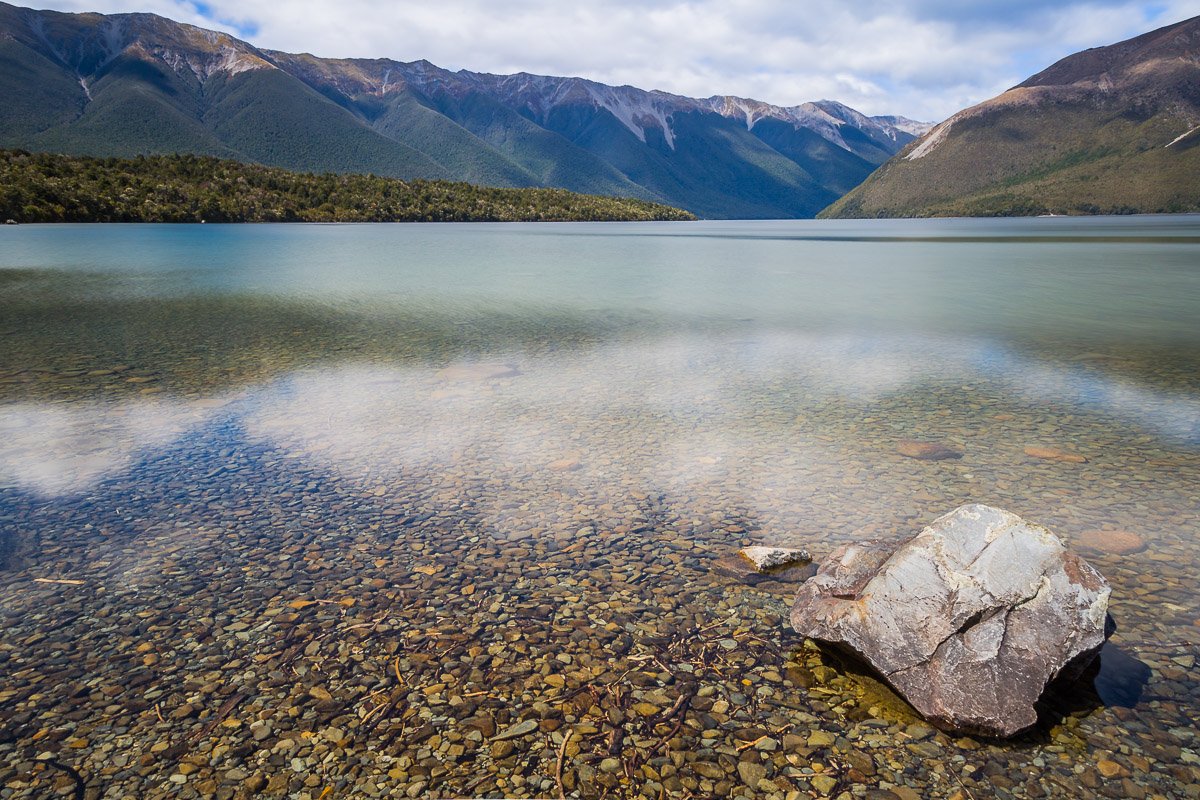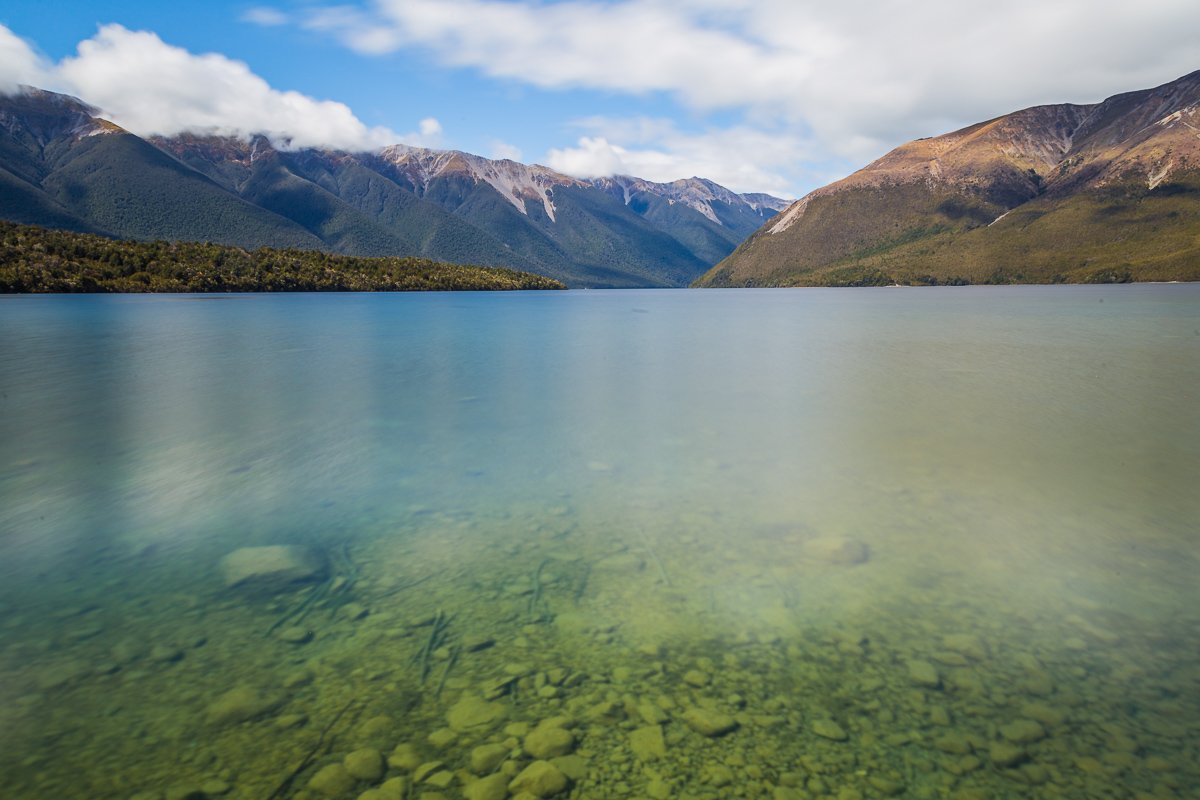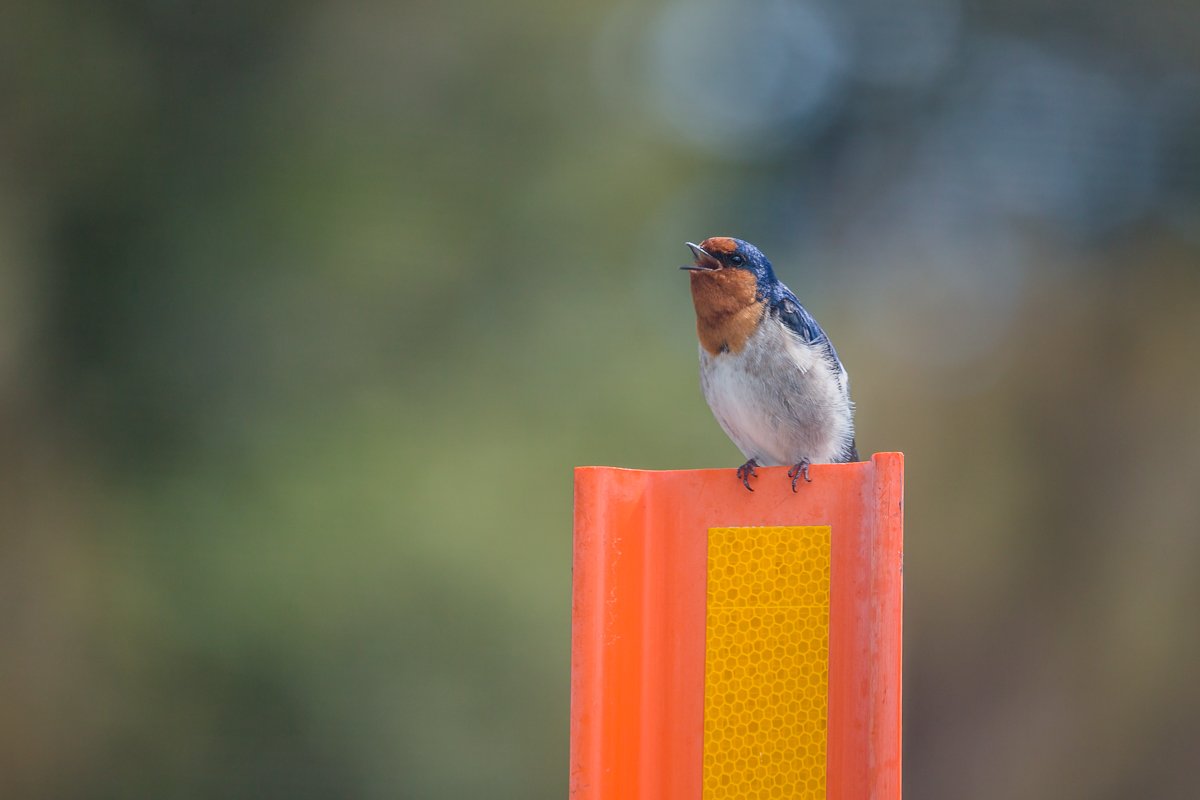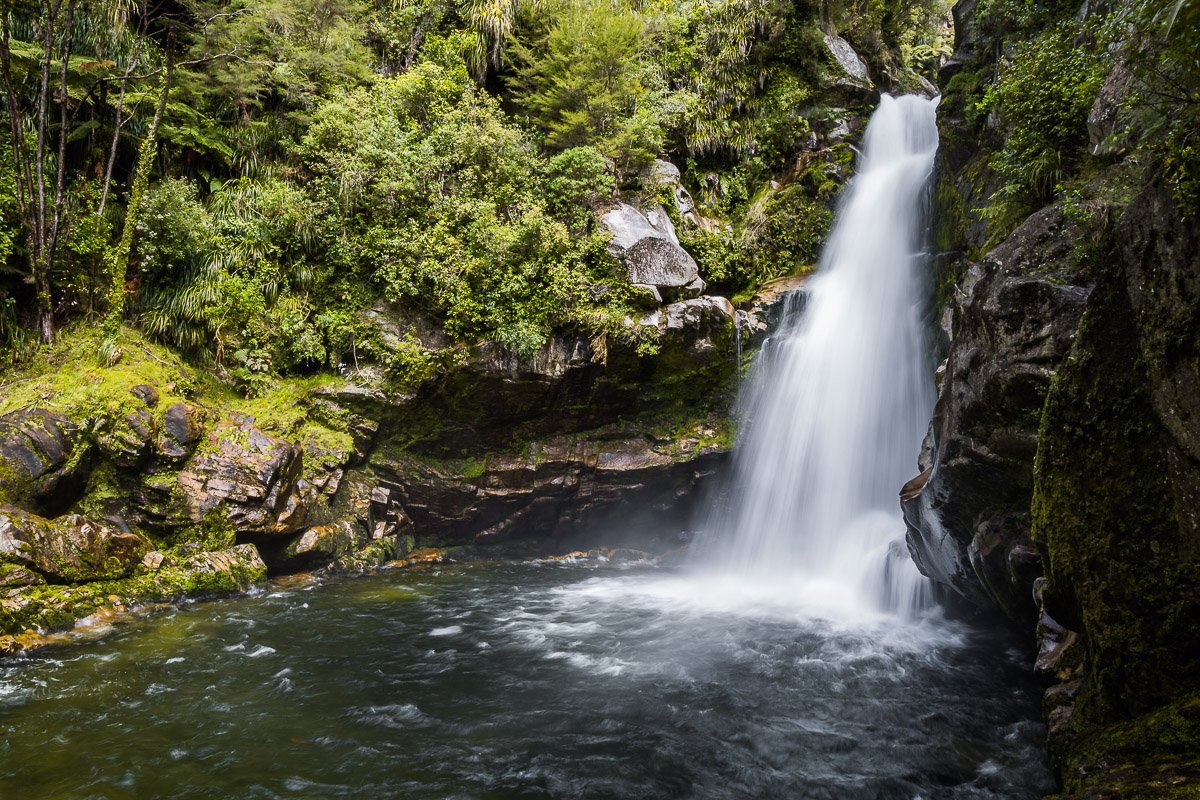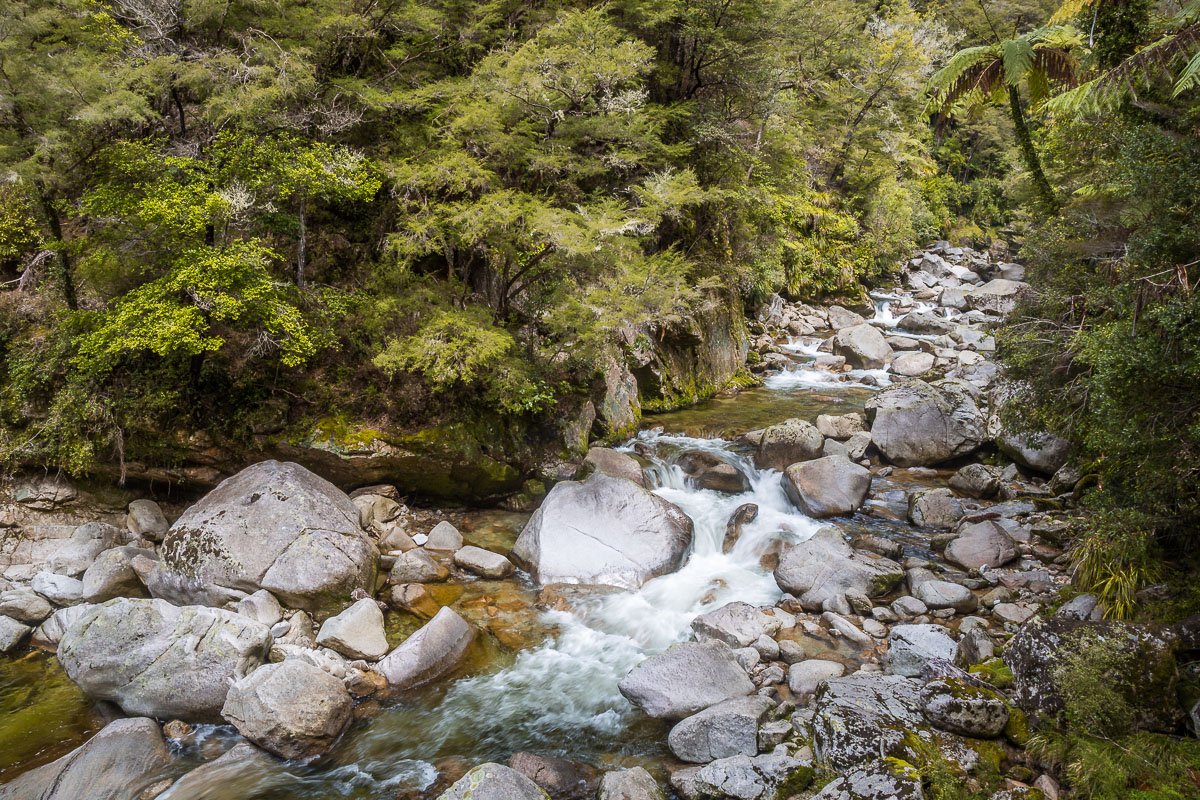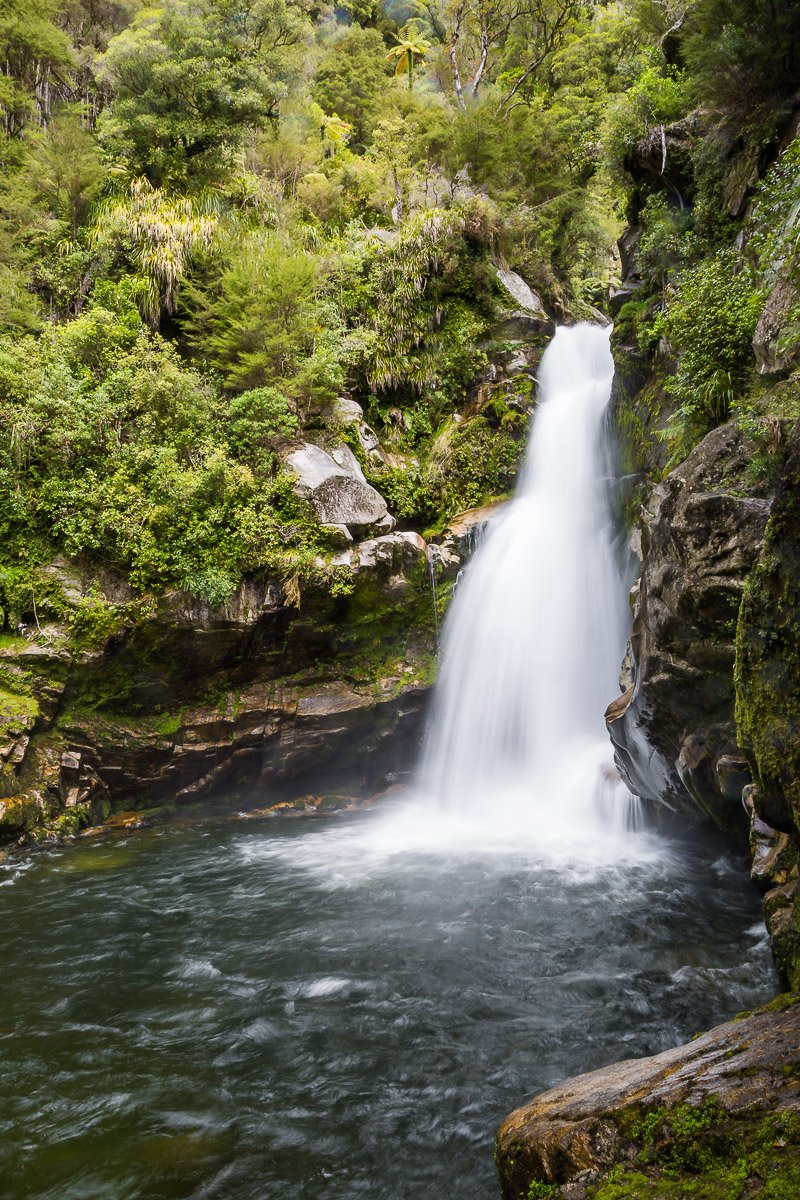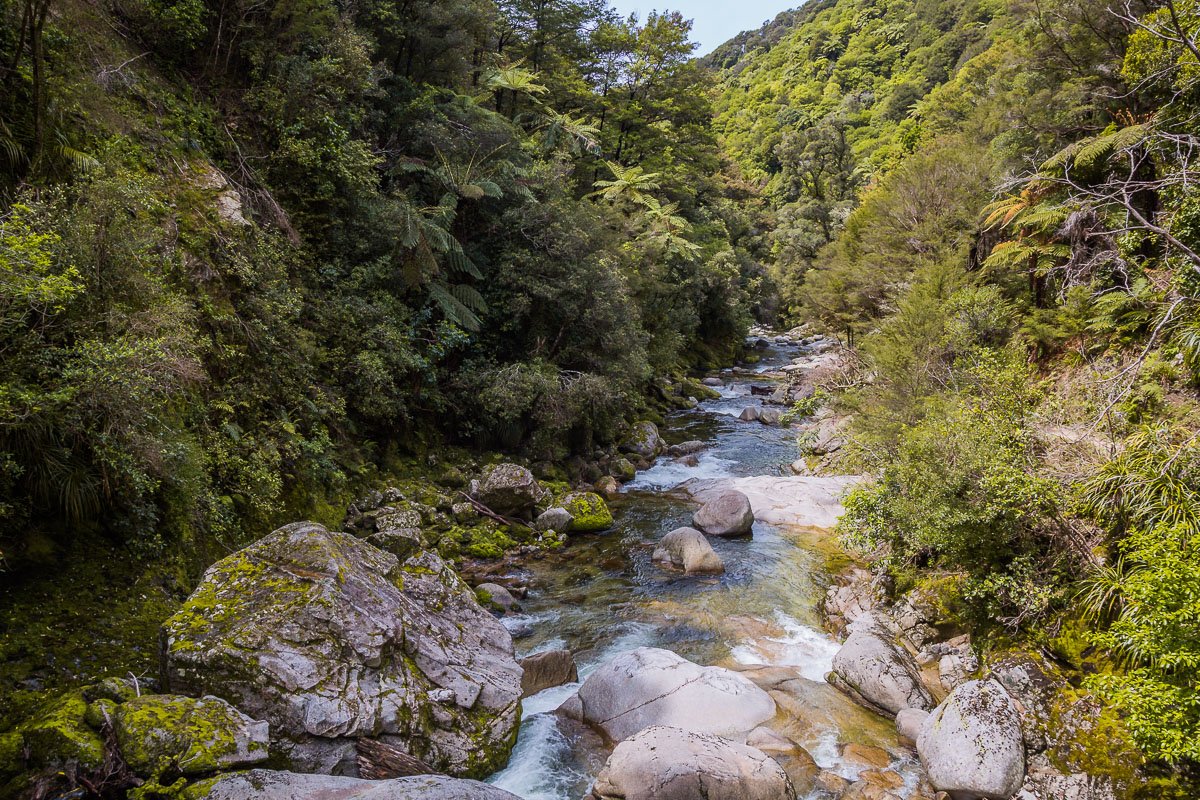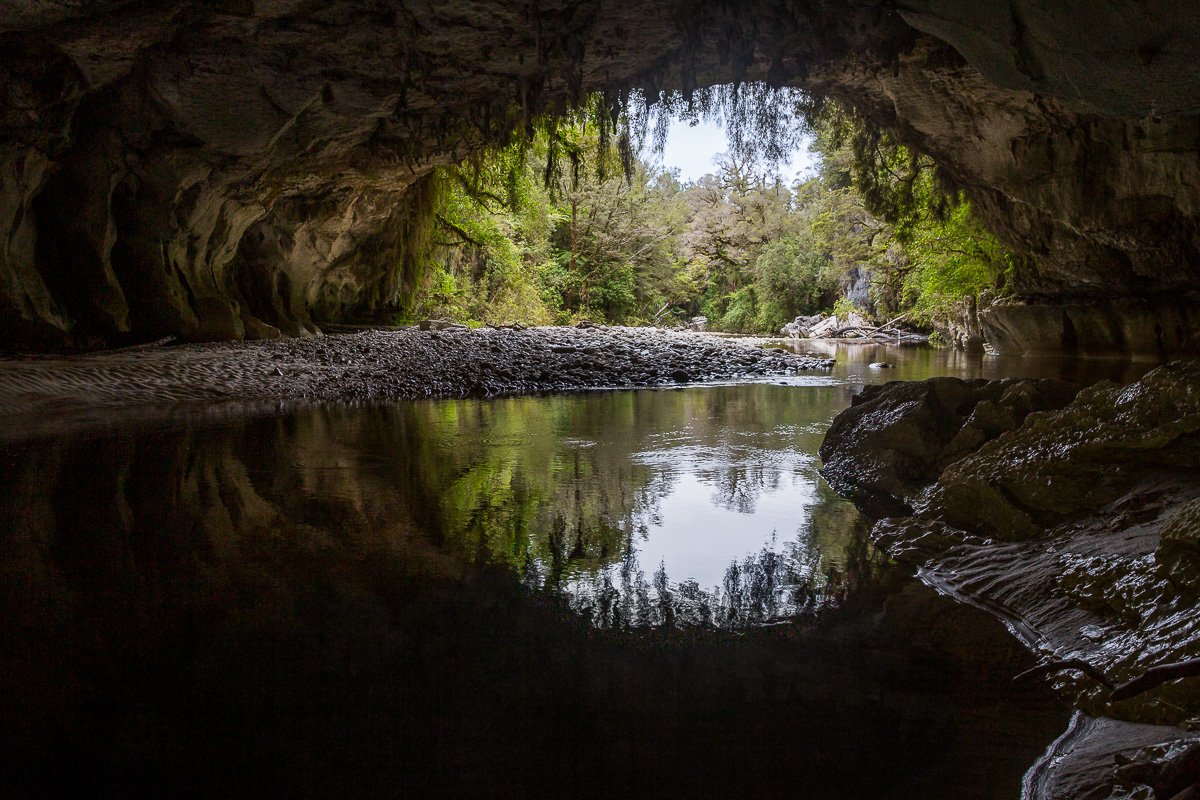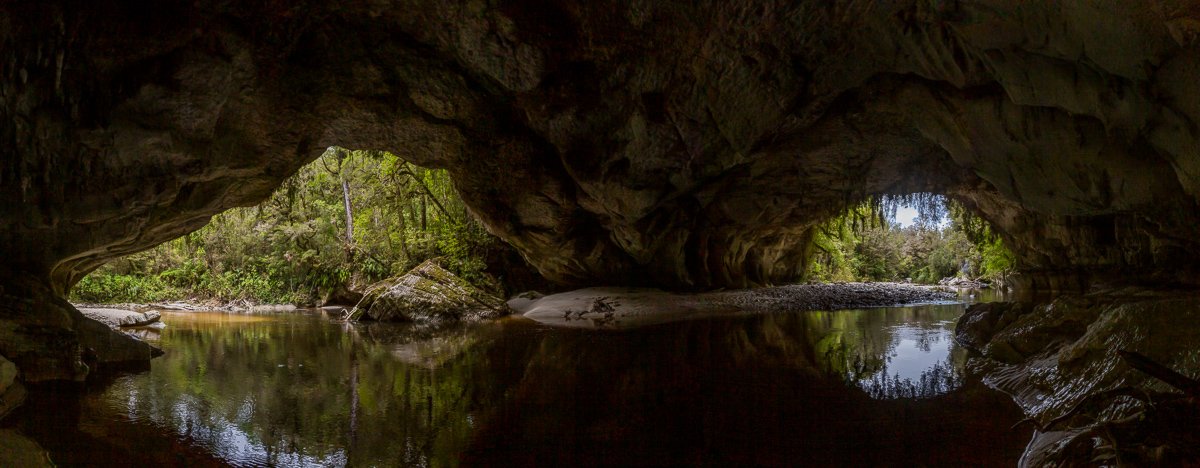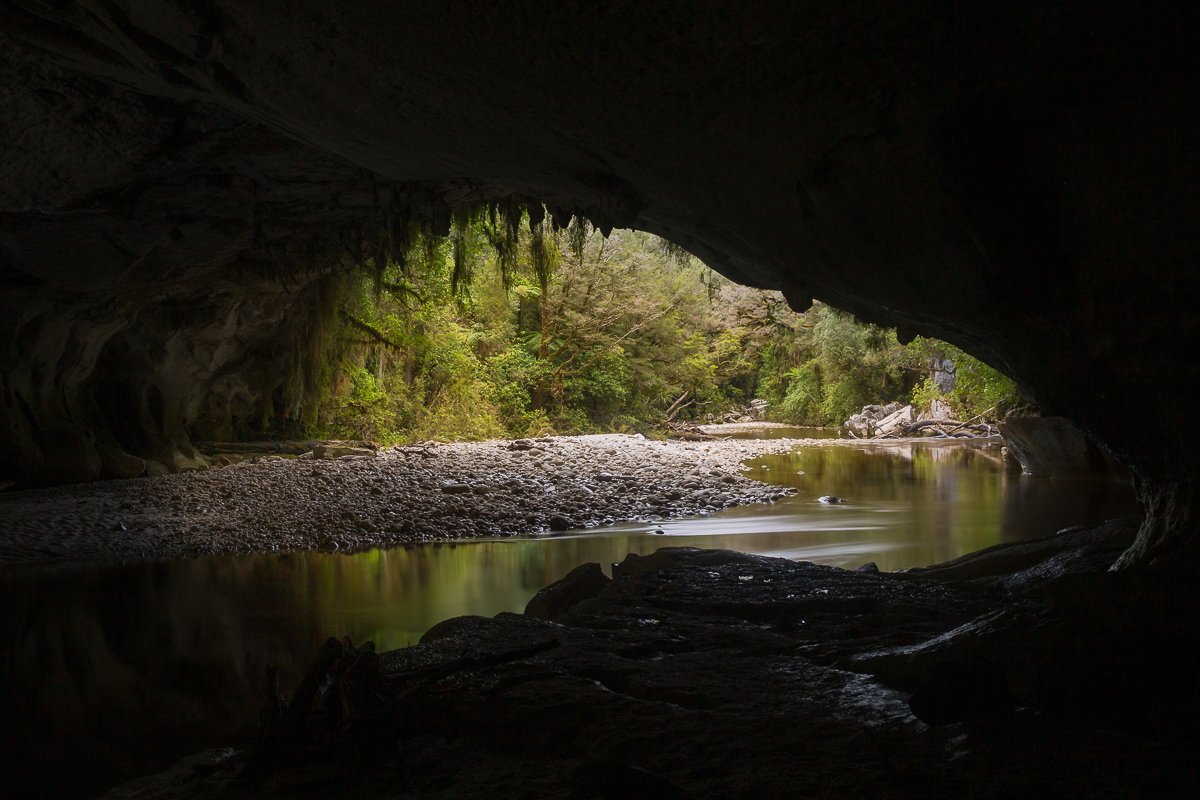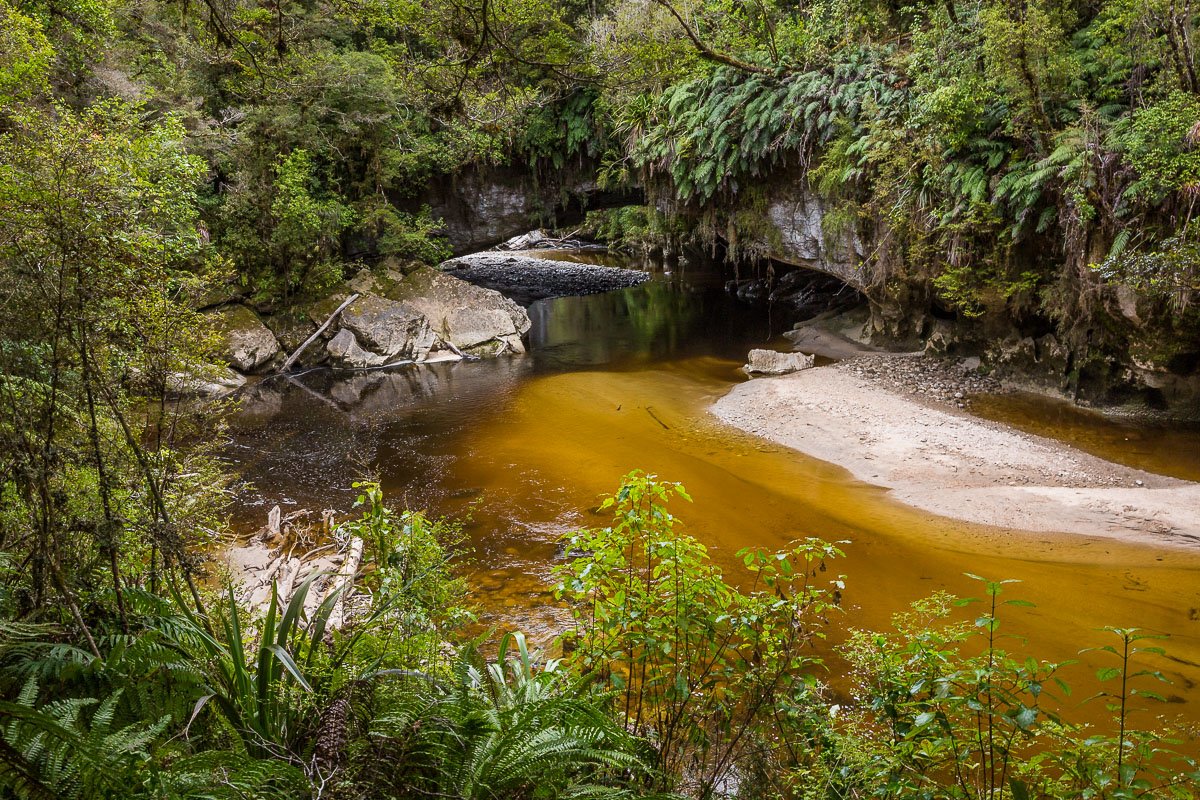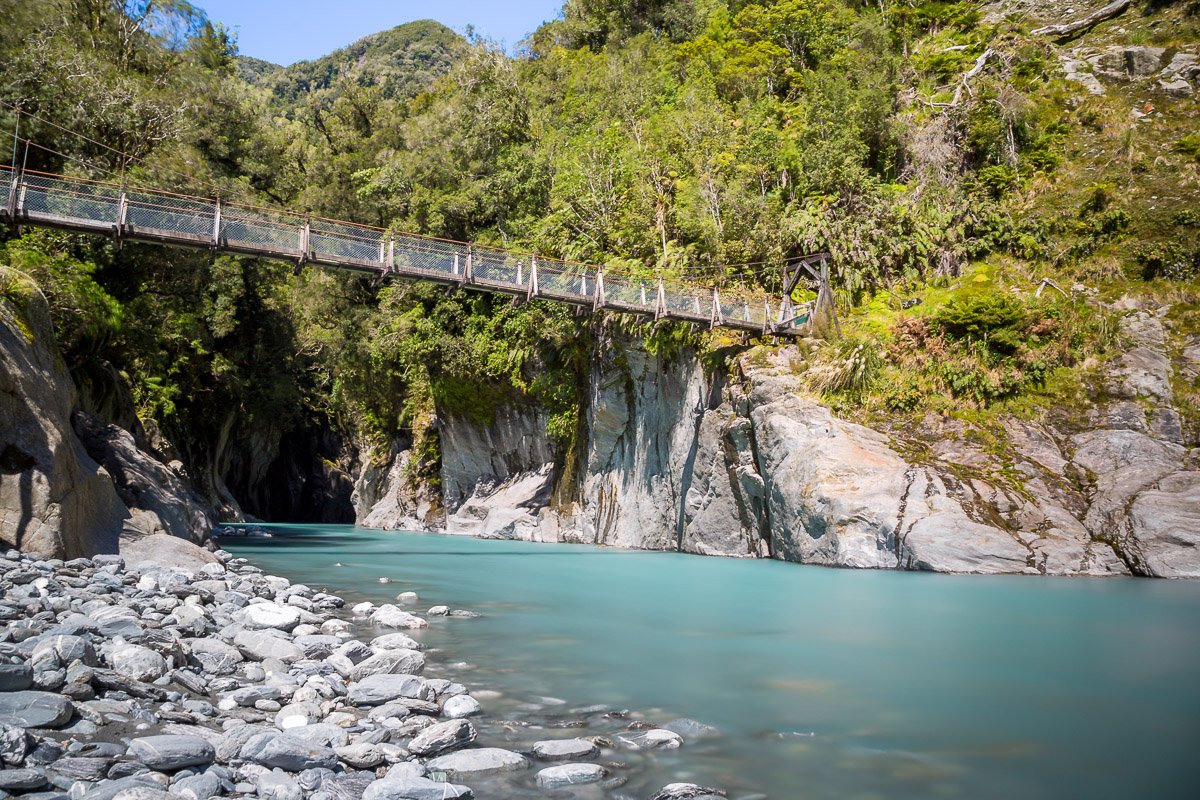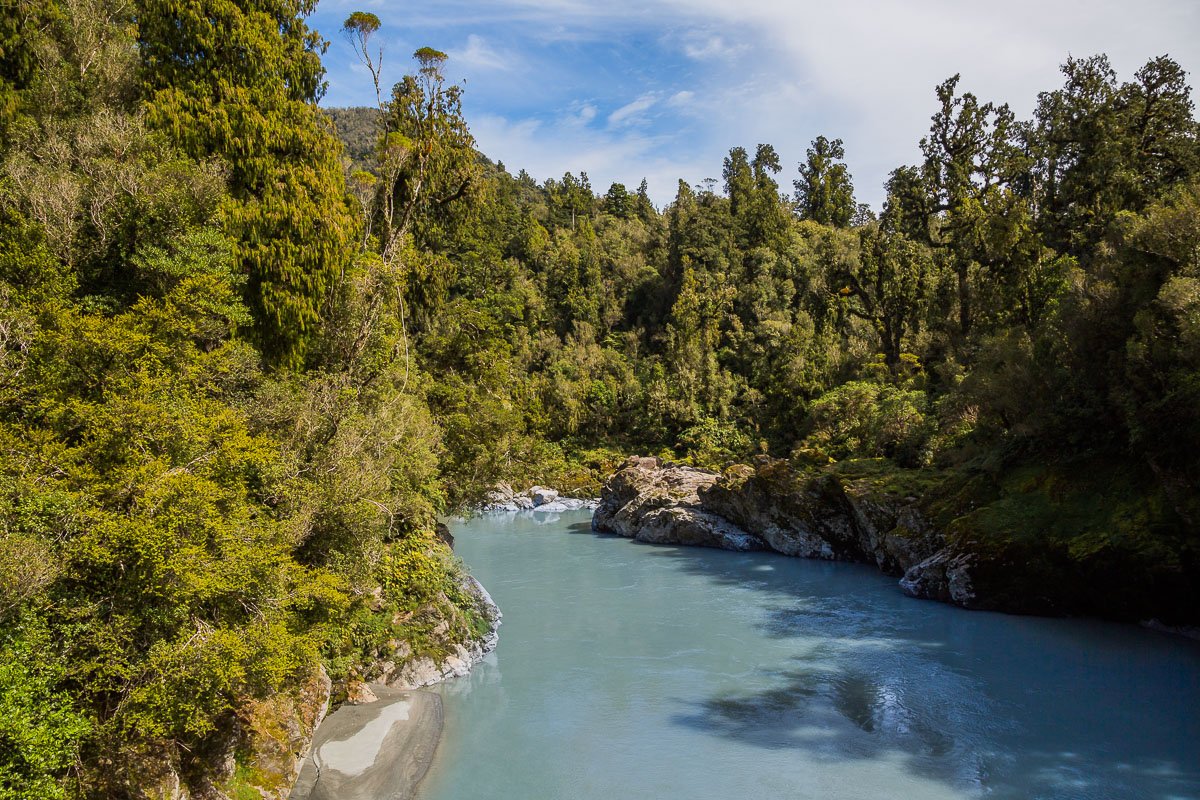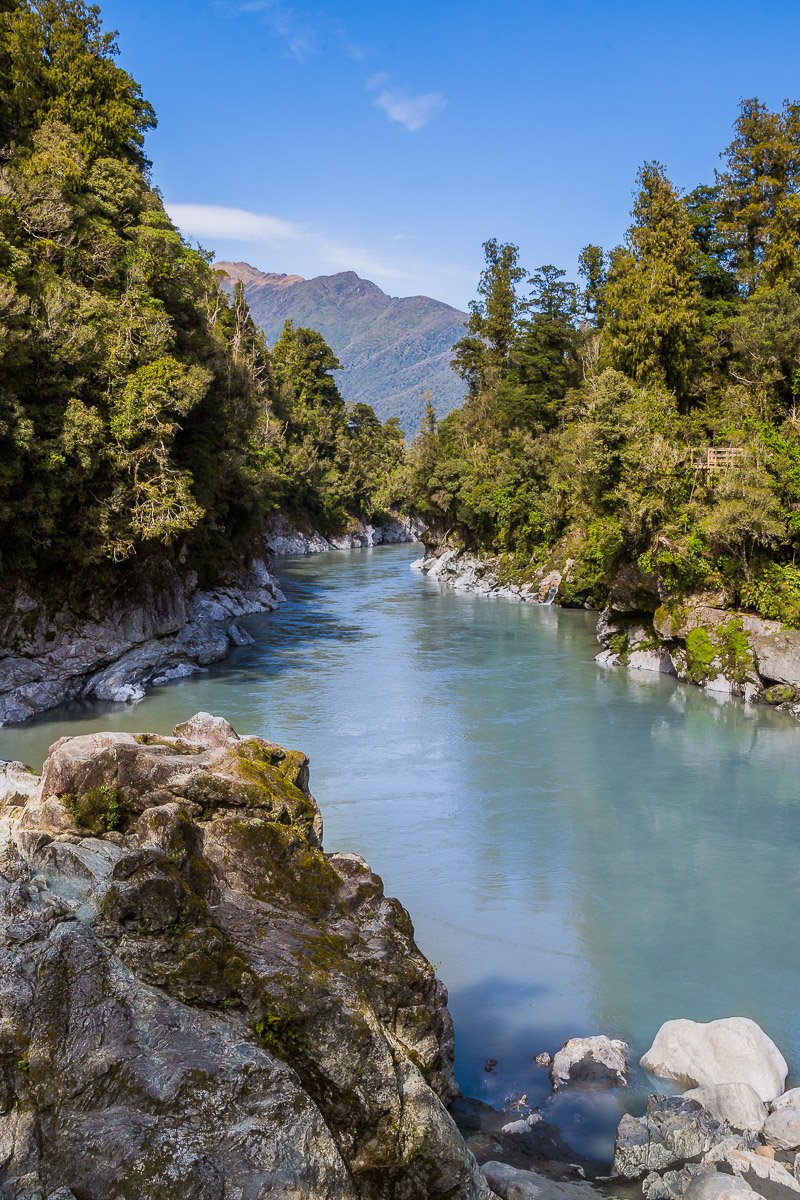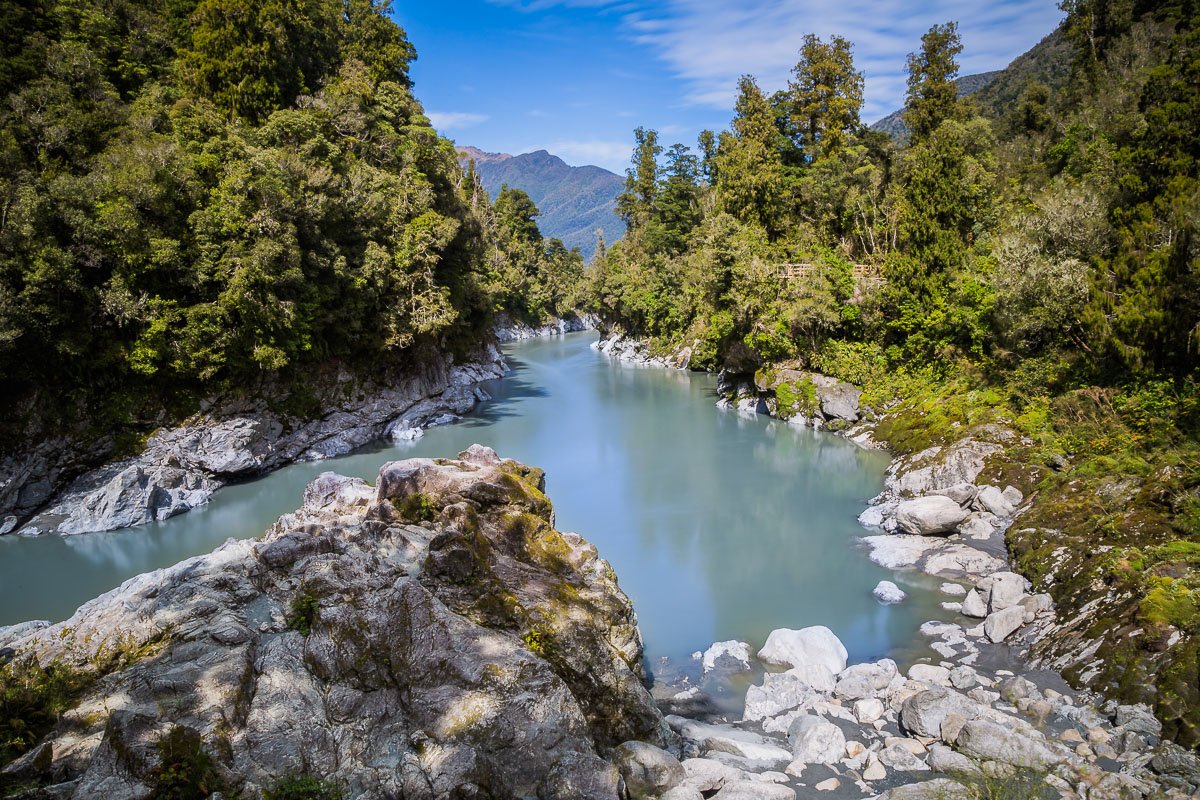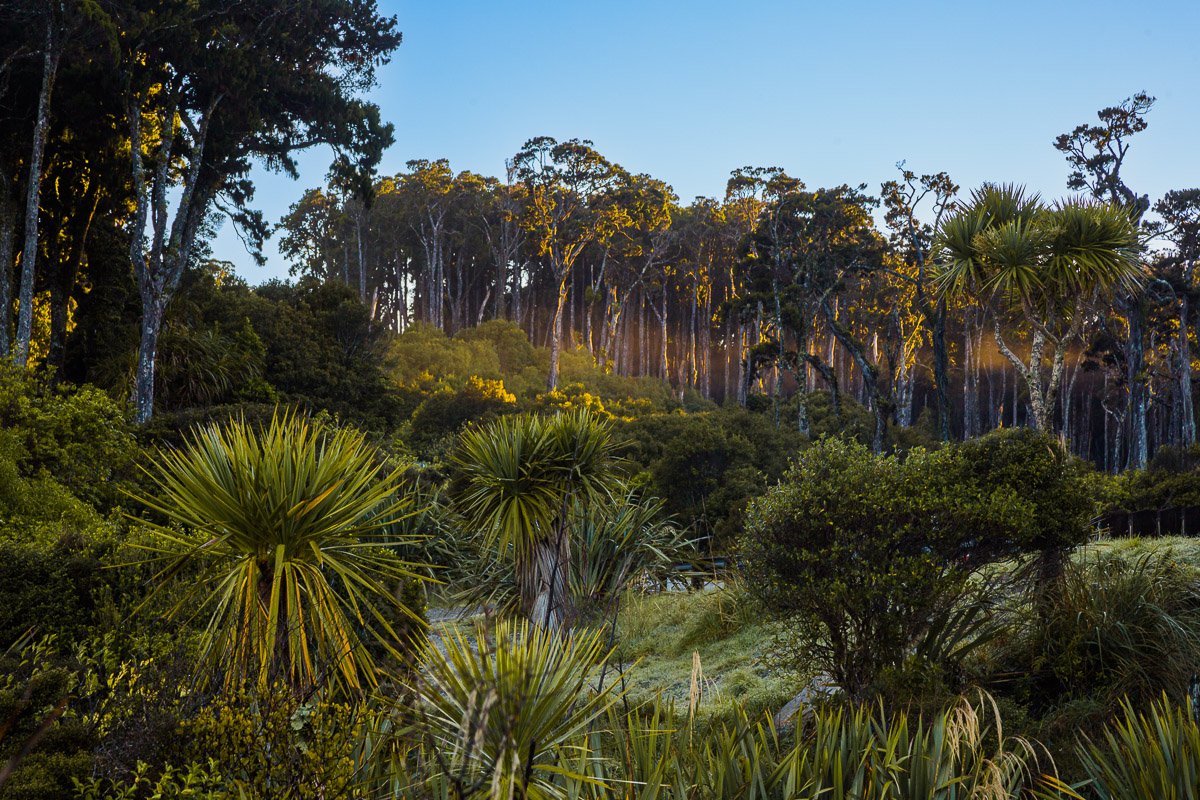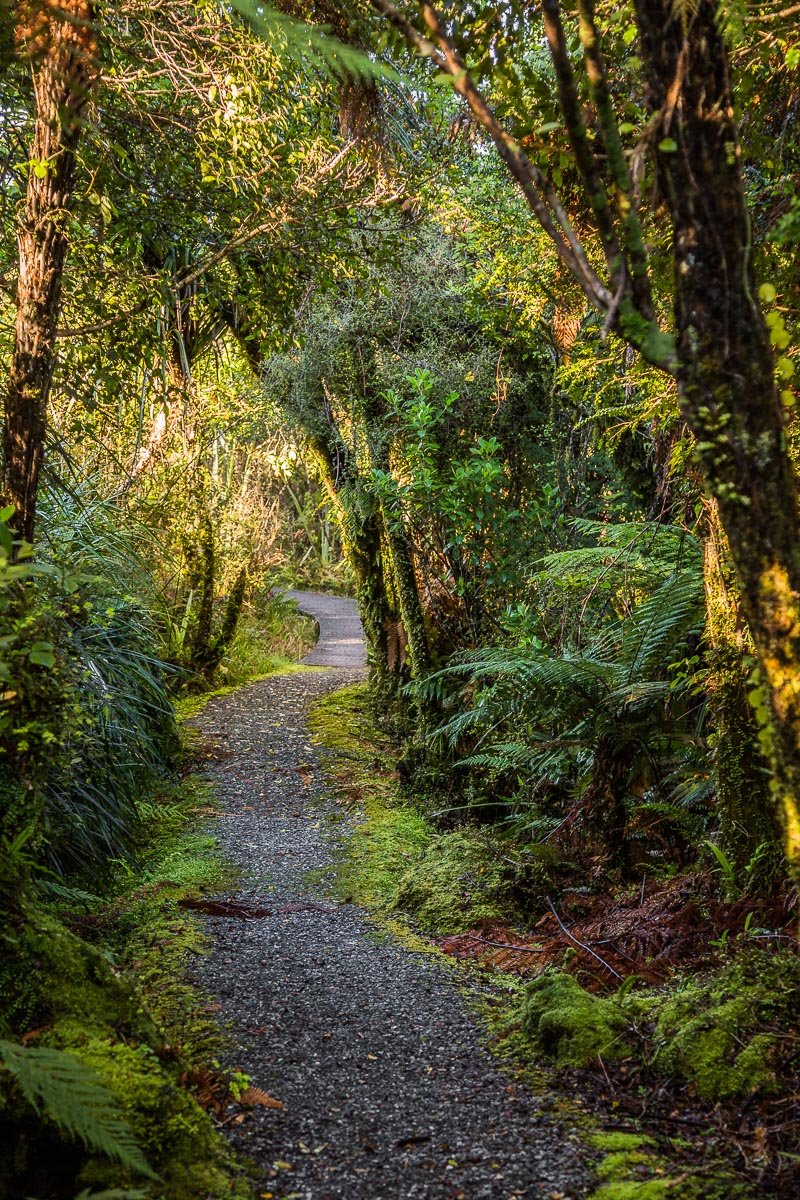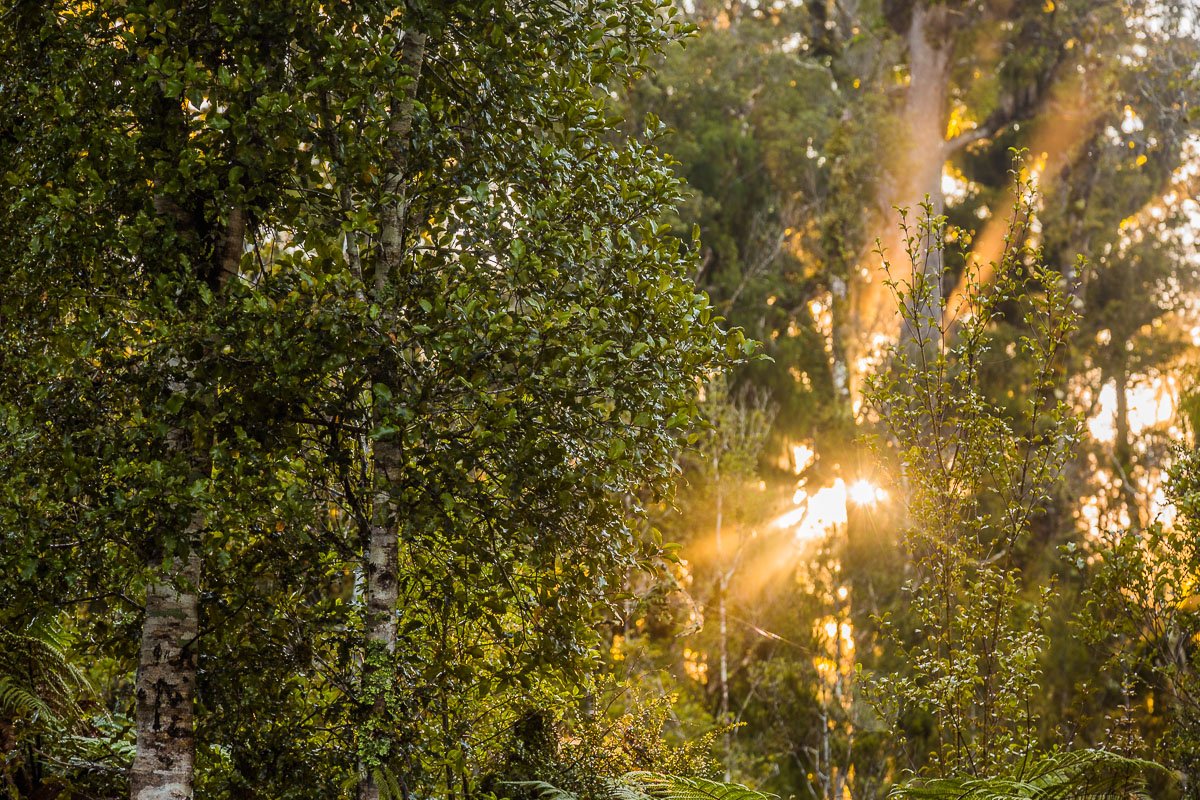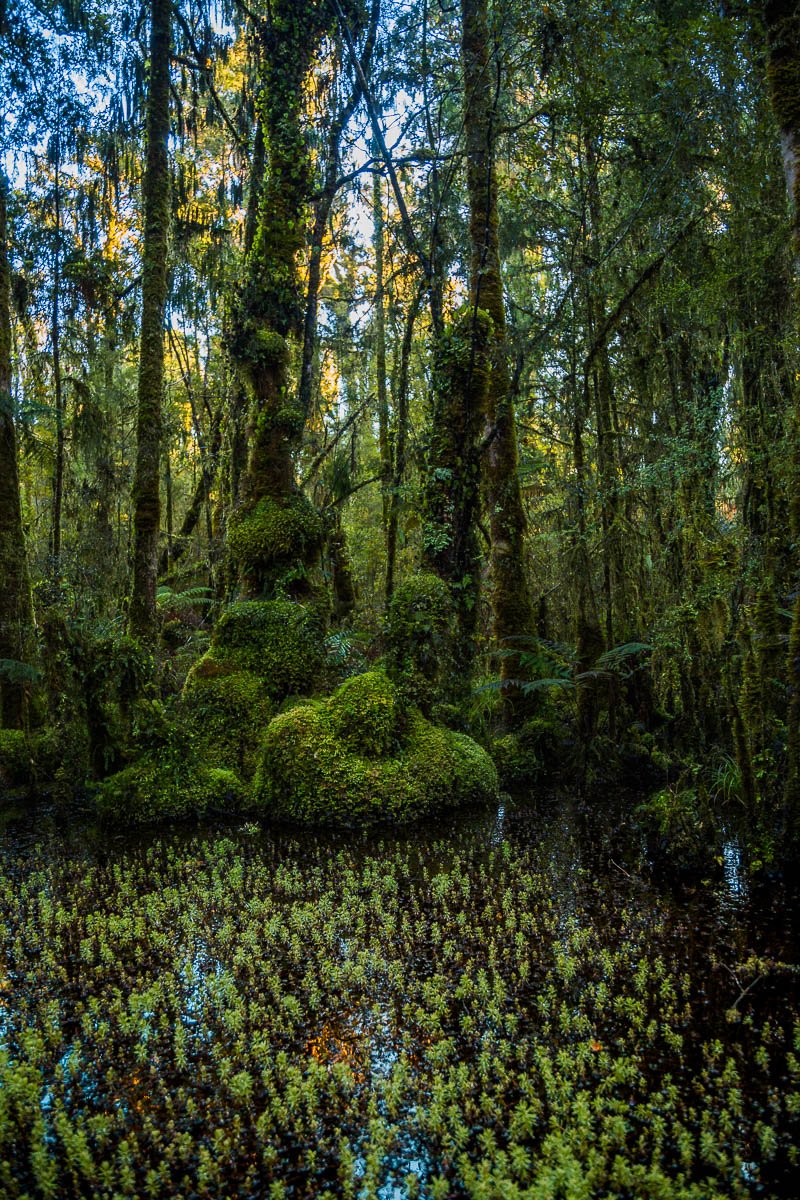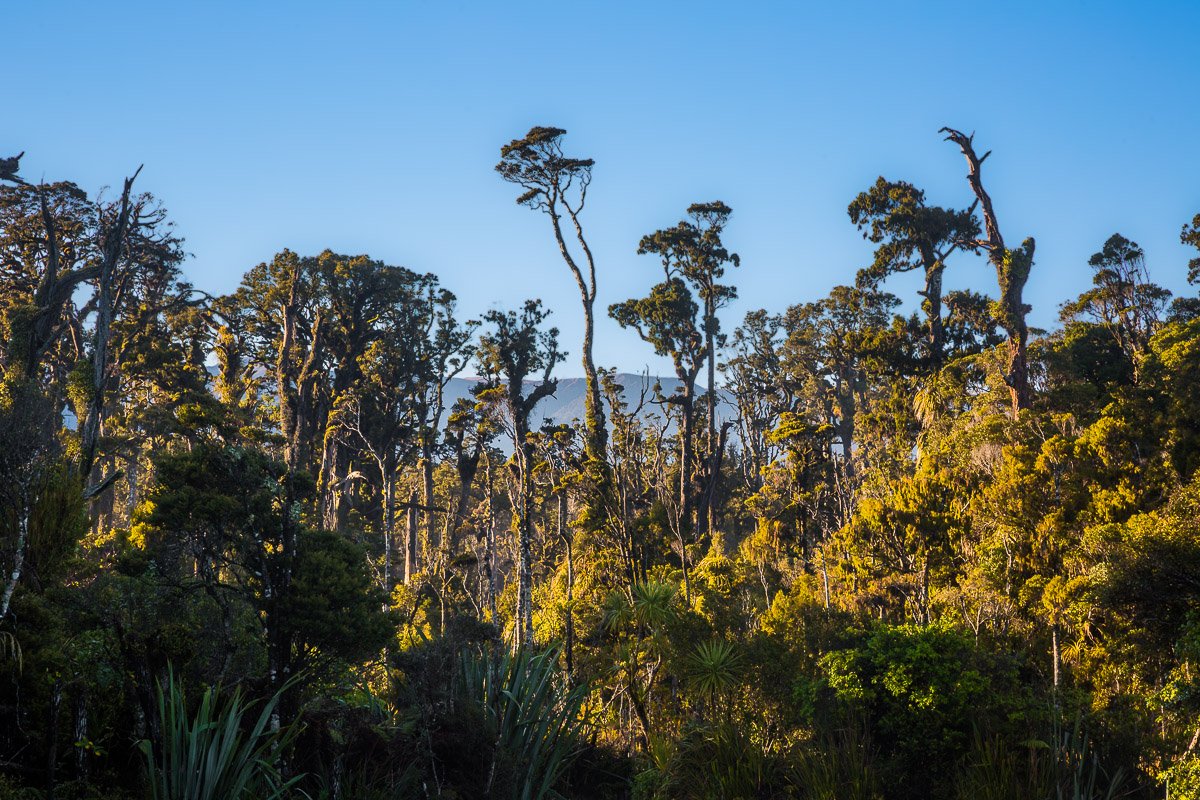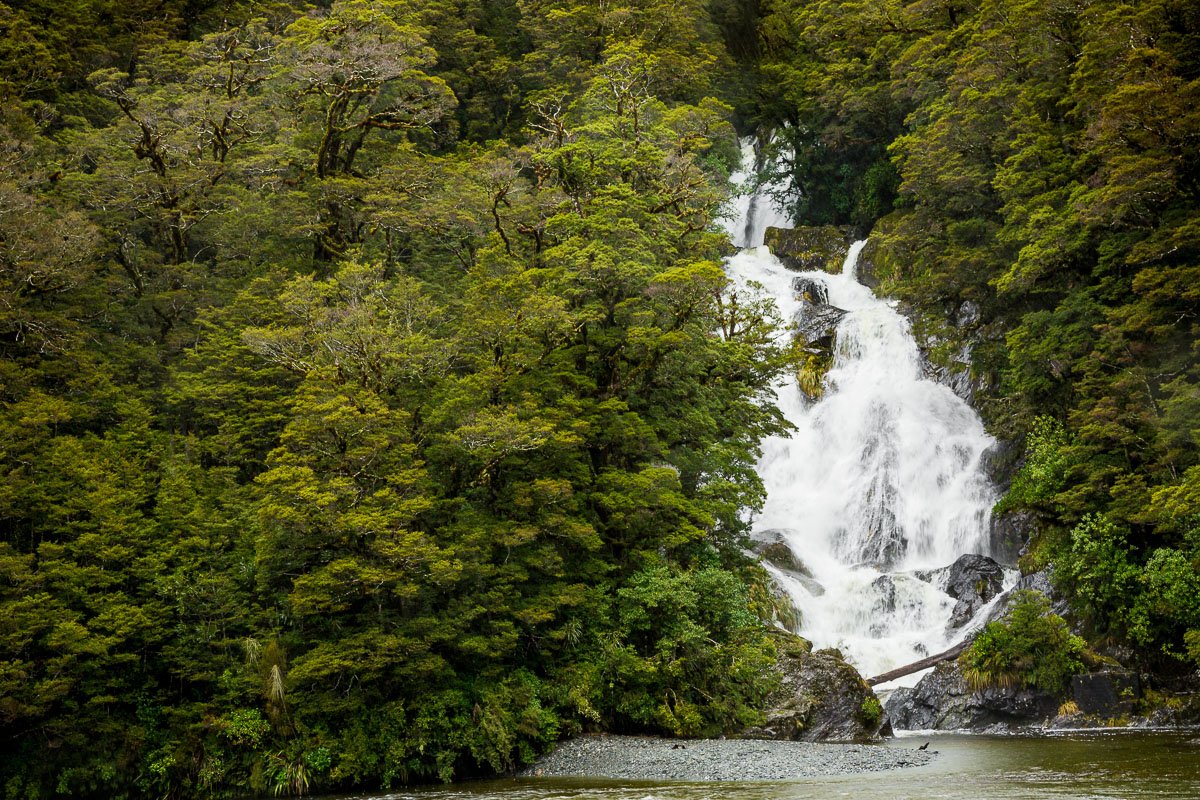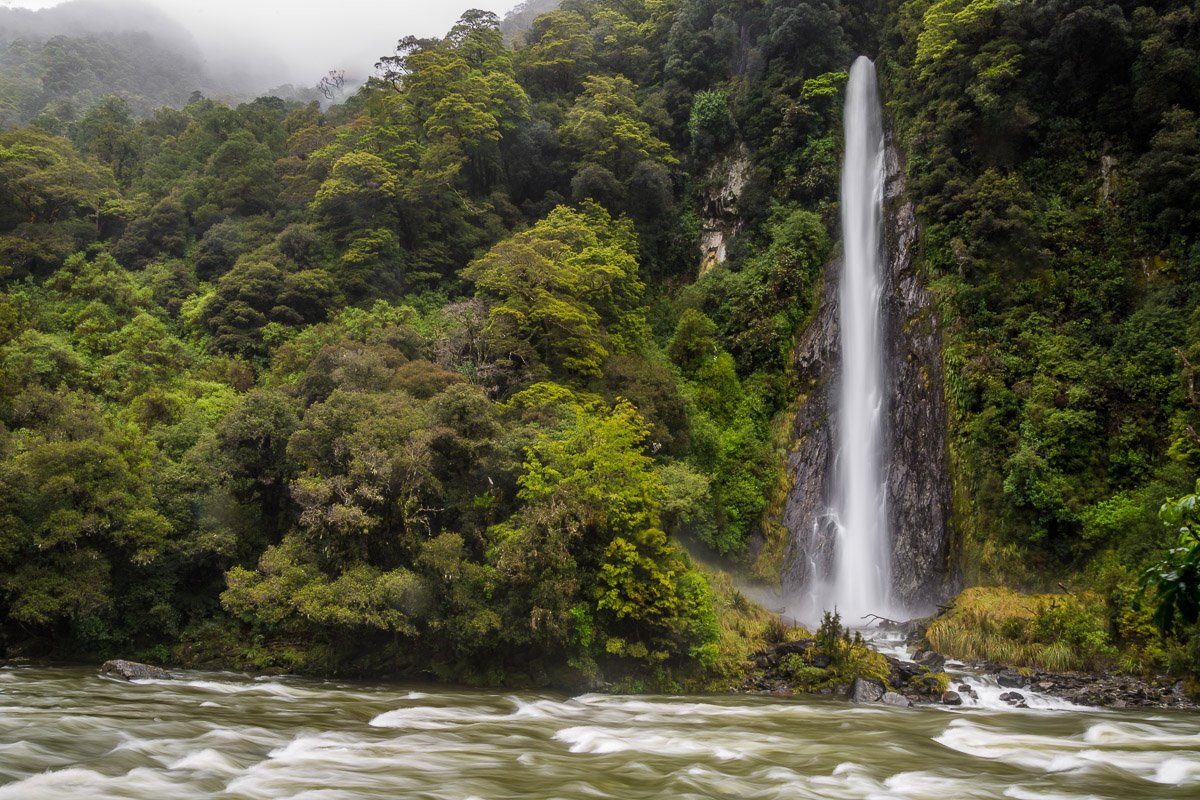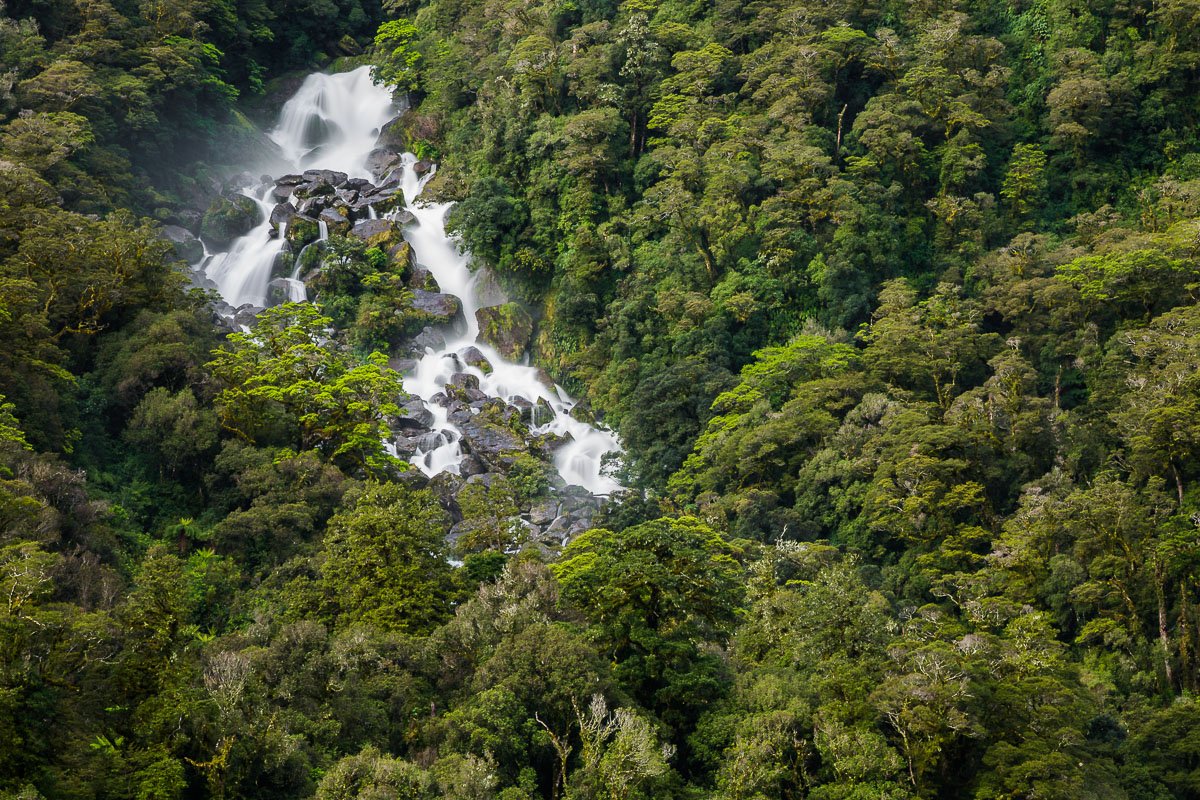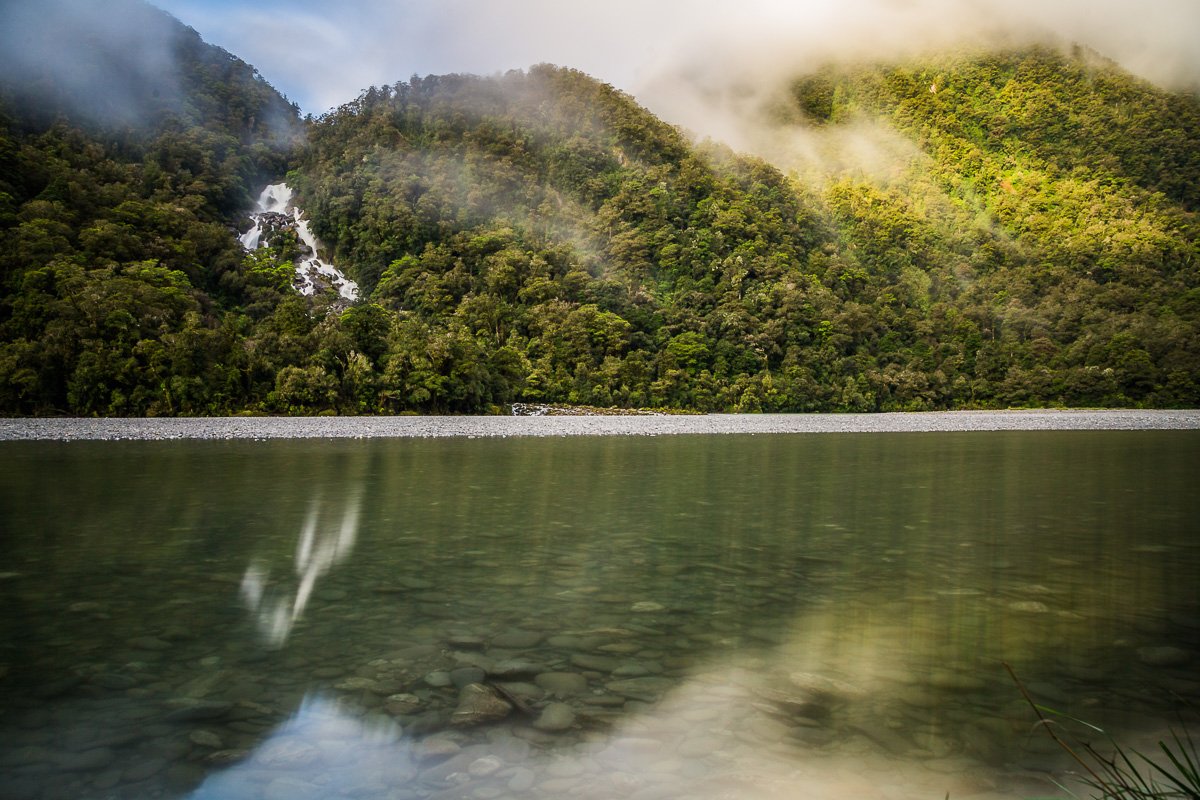It’s time for another big life change - we’ve made the move from San Diego in California to Baltimore, for a new postdoctoral position I’ve taken up. As we take the time to settle into a new city and get accustomed to our new surroundings, I will take the next couple of weeks to share some photos from my archives. In particular, I am excited to share some animal photography from the world-famous San Diego Zoo, where I spent many sunny days chasing birds with my telephoto lens. This weekend, I am sharing images from the African Rocks Aviary, featuring an assortment of species that inhabit the African continent, from the elegant North Carmine bee-eater to the oddly-named red-cheeked cordonbleu.
photos
A Collection of Underwater Creatures
In this week’s blog post I’m going somewhat back in time to one of my first outings with a mirrorless camera, before I switched over all my Canon equipment. I wanted to test the capabilities of this newer equipment in one of the most challenging environments I typically photograph: aquariums. They are dimly lit, the subjects are constantly in motion, and focusing through thick and concave glass can prove extremely challenging. The images I am sharing here were taken at San Diego’s Birch Aquarium at Scripps, which offers a diverse collection of fish, molluscs, jellyfish, and more!
Memories of Sunnier Summer Days
Brrr! It sure has been cold outside these days! (For those of you who are not in the US, much of the country has been facing some serious ice storms this week). Although I do love the cold - and especially the snow -, I thought it might be a good idea to share some images of a warmer summer day at La Jolla Cove in San Diego. So, huddle up in your warmest layers and join me as I share some images of the incredible marine life of California, including sea lions, pelicans, cormorants, and even an osprey.
Florida's Silver Springs
The final state park we visited on our travels through Florida was the Silver Springs State Park, which is by far the largest of the three. This is a popular manatee rest stop in the winter months, but what brought us here in the summer was the chance of spotting its resident monkeys. The park is home to non-native rhesus macaques which were introduced in the 1930s with the goal of boosting the springs as a unique tourist attraction. The original plan was to limit them to one small island in the park, but the park owner at the time didn’t know they are very competent swimmers. Now, they have multiplied to far greater numbers and are spread throughout the whole park. We didn’t get to see the macaques in the end - they must have been hiding that day -, but hopefully the native wildlife I did photograph will make up for it!
Memories of Home
Happy holidays! To me, the winter season has strong associations with time spent in Brazil with family, enjoying a christmas feast in the summer heat. It’s quite different from the stereotypical snowy winters of the northern hemisphere. So, this year I am bringing my holiday blog post closer to “home” and taking the opportunity to share some of the wonderful birds of South America. Of course, there’s a catch - these were photographed in San Diego Zoo’s tropical aviary, rather than their natural jungle environments. I hope you enjoy this somewhat unusual winter blog post, full of vibrant colours and charismatic wildlife!
Views from the Observation Tower
Time for my last “swampy” blog post in a little while! The Grand Bay Wildlife Management Area in Valdosta is a 7,000 acre area which serves as a refuge for local wildlife. It includes both wetlands (swamp) habitats and forest habitats, which you can view from designated boardwalks and hiking trails. We made a short stop here to climb up the observation tower for an aerial view of the surrounding land. Here are some of my favourite images from high above the bald cypress trees.
A Morning with the Cypress Trees
I have shared quite a few images of this place throughout my last few blog posts. For those of you who are just itching to see something other than Banks Lake National Wildlife Refuge: I promise this is the last one, and there will be a new location featured next week! But if you are enjoying seeing this stunning swamp through my lens, in all sorts of different lights, then you may enjoy this final post. Following a spectacular golden sunrise over the lake, we watched the sun climb a little higher in the horizon and peep through the cypress trees. I hope that these images of clear blue skies and early morning light will brighten up your day!
The Swamp Awakens
It was an early start to get to Banks Lake National Wildlife Refuge in time for sunrise. I loved this place so much the night before that we just had to come back for more. I certainly did not expect it to get even better than it was in the previous visit - and for several reptilian visitors to adorn the landscape. This was one of those incredible golden mornings that you don’t see very often. Sometimes nature puts on a real show.
Night Falls over Banks Lake
In my previous blog post, I hinted that I would be sharing quite a few more images from Banks Lake National Wildlife Refuge in Georgia. This week’s blog post continues on to a peaceful evening at the lake, featuring a little bit of astrophotography. The last two photos are star trail images: compilations of tens or hundreds of images of the night sky, merged together to show the movement of the stars over time. With a clear and unpolluted sky, you can really see how the milky way shifts around across the frames. In this particular place, the brightest stars are also reflected in the still waters, creating mirrored star trails on the surface of the lake.
A Hidden Treasure in South Georgia
We arrived in Valdosta, a small city in south Georgia, with absolutely no expectations of what we would find there. On a spare evening, we opened up Google Maps and searched for “things to see” in the area. Apparently there was a somewhat interesting swamp visible from a boardwalk, so we packed up our camera gear and went to see the sunset. Little did we know what we were about to encounter!
The Banks Lake National Wildlife Refuge is truly a hidden gem and was an absolute surprise. We loved it so much that we just kept coming back for more! So be prepared for a few more blog posts featuring this amazing place.
Sunset at the Swamp
This place was so incredible that I feel compelled to share a little more. This time I feature the soft golden light outlining the cypress trees of Stephen C. Foster State Park in southern Georgia. Unfortunately, we didn’t quite catch the sunset, as rental boats need to be returned by 7pm, but we made the most of the three hours we had at this stunning place. Please join me on another scenic boat ride through the Okefenokee Swamp below…
Afternoon on a Boat
Stephen C. Foster State Park is a hidden gem in Southern Georgia. It is just over an hour’s drive from Valdosta, “the capital of South Georgia” and the gateway into the Okefenokee Swamp. We enjoyed a calm afternoon on a rented motor boat exploring the water trails (note: there are no walking trails!) of the park, which are a collection of waterways through the swamp environment brimming with giant tupelo and bald cypress trees. It is the home to many bird species, amphibians, fish, and alligators!
Pine Trees at Dusk
I’m very fortunate in that my work allows me to travel all over the world (more recently, throughout the US) and see some amazing places. Over my next few blog posts, I want to share some of the images I took a few weeks ago when I spent some time in southern Georgia and had a free couple of days to explore the surrounding areas.
These first few images are of the pine trees at Stephen C. Foster State Park and the surrounding Okefenokee Swamp area at dusk. I was so surprised by the natural beauty of these swamps; they were completely different from any other place I’ve visited before. Keep your eyes peeled for much more over the coming weeks!
Pelicans at La Jolla
There’s something so captivating about the highly contrasted golden light that follows a dramatic sunrise. Following on from my previous post, where I shared some images of the cormorant colonies at La Jolla Cove, this week I want to showcase this stunning light on the local California brown pelicans.
The birding enthusiasts among you will quickly note that these birds are not in breeding plumage. This visit was late in the summer, after the chicks were fully fledged and looking almost indistinguishable from the adults. However, I have plans to return in January next year to see them in all their breeding plumage splendour. Here’s to hoping that the stunning light makes up for their drab feathers this time!
Last Stop in Aotearoa
The Nelson Lakes National Park was the final destination on our travels through the South Island of New Zealand. The region is known for its large lakes with crystalline waters. In the winter, it also serves as a ski destination, nestled perfectly between the lakes and the surrounding alps. An excellent way to end our time in Aotearoa, and one of the very final places we had left to see here.
Keep an eye out for my blog posts over the next few weeks to see what I’ve been up to since moving all the way from New Zealand to the United States!
Walk to Wainui Falls
Don’t be fooled by the images - the Wainui Falls on the West Coast of New Zealand are actually surprisingly challenging to photograph. The waterfall is so powerful at its full potential that you have only a few seconds to take a photo before the front of the lens is drenched! This was the perfect walk for a slightly overcast day, which left an even light on the water and surrounding landscape.
The Caves of Karamea
The Oparara Basin Arches require a considerable detour to reach: they are at the very top of the West Coast region, near the town of Karamea. Despite the long drive, this is a truly must-see for every photographer visiting the South Island of New Zealand. The caves naturally frame the reflections of the surrounding landscape in the water, lending themselves to iconic images. I spent several hours at this location, enjoying the complete silence of nature afforded by their isolation, and the majesty of these geological formations.
Glacial Blue Waters
Glaciers are not only stunning in and of themselves, but also offer an additional feature to the surrounding landscapes: glacial water. Due to the sediments contained in it, glacial rivers and gorges are of a unique turquoise colour. There are plenty of opportunities to see such places in the South Island of New Zealand, and especially on the West Coast. Today, I share some of my favourite images from Callery Gorge Walk and Hokitika Gorge, two truly stunning locations near the Franz Josef and Fox Glaciers.
A Morning Swamp Walk
The images featured in this week’s blog post are from a very early morning walk around the swamps of Tauparikākā Marine Reserve in the West Coast of New Zealand. The soft morning light really transformed this magical place and really brought out all the details in the landscapes…
West Coast Waterfalls
The West Coast of New Zealand is brimming with beautifully wild landscapes. Among them are dozens of incredible waterfalls nestled in among vibrant forests. Here are just three of my favourites - Roaring Billy Falls, Thunder Creek Falls, and Coal Creek Falls.




